Tom's Hardware Verdict
The EVGA SuperNOVA 750 G6 achieves top performance, and it has silent operation under normal conditions.
Pros
- +
+ Full power at 47 degrees Celsius
- +
+ High overall performance
- +
+ Good build quality
- +
+ Tight load regulation at 12V
- +
+ Efficient
- +
+ Long hold-up time
- +
+ Low inrush currents
- +
+ Not noisy at normal operating conditions
- +
+ Fully modular
- +
+ Loads of connectors
- +
+ Compatible with the alternative sleep mode
- +
+ Compact dimensions
- +
+ 10-year warranty
Cons
- -
Increased noise under stressful conditions
- -
Not so efficient 5VSB rail
- -
APFC converter needs tuning
- -
Small distance between peripheral connectors
Why you can trust Tom's Hardware
EVGA returns to the top of the performance club with its new G6 line. The 750W G6 model has tight load regulation, long hold-up time, low inrush currents. Its transient response at 12V is pretty good, and the same goes for its ripple suppression. It competes nicely with the best power supplies, though is slightly outpaced by the Corsair RM750x and the Cooler Master V750 Gold V2.
The 1000 G6 model topped the list, and the 850 G6 wasn't a threat to the Corsair RM850x (2021) model, which is its major opponent, so we are curious to see how the 750 G6 will fare against the tough competition in this wattage and efficiency category. All G6 units have big shoes to fill since they have to compete with other models in the respective categories and the previous generation G3 models, which were among the best PSUs in EVGA's portfolio. Nonetheless, since EVGA decided to end its cooperation with Super Flower, they turned to Seasonic for the G6 line, and this is a good move since this OEM is among the best.
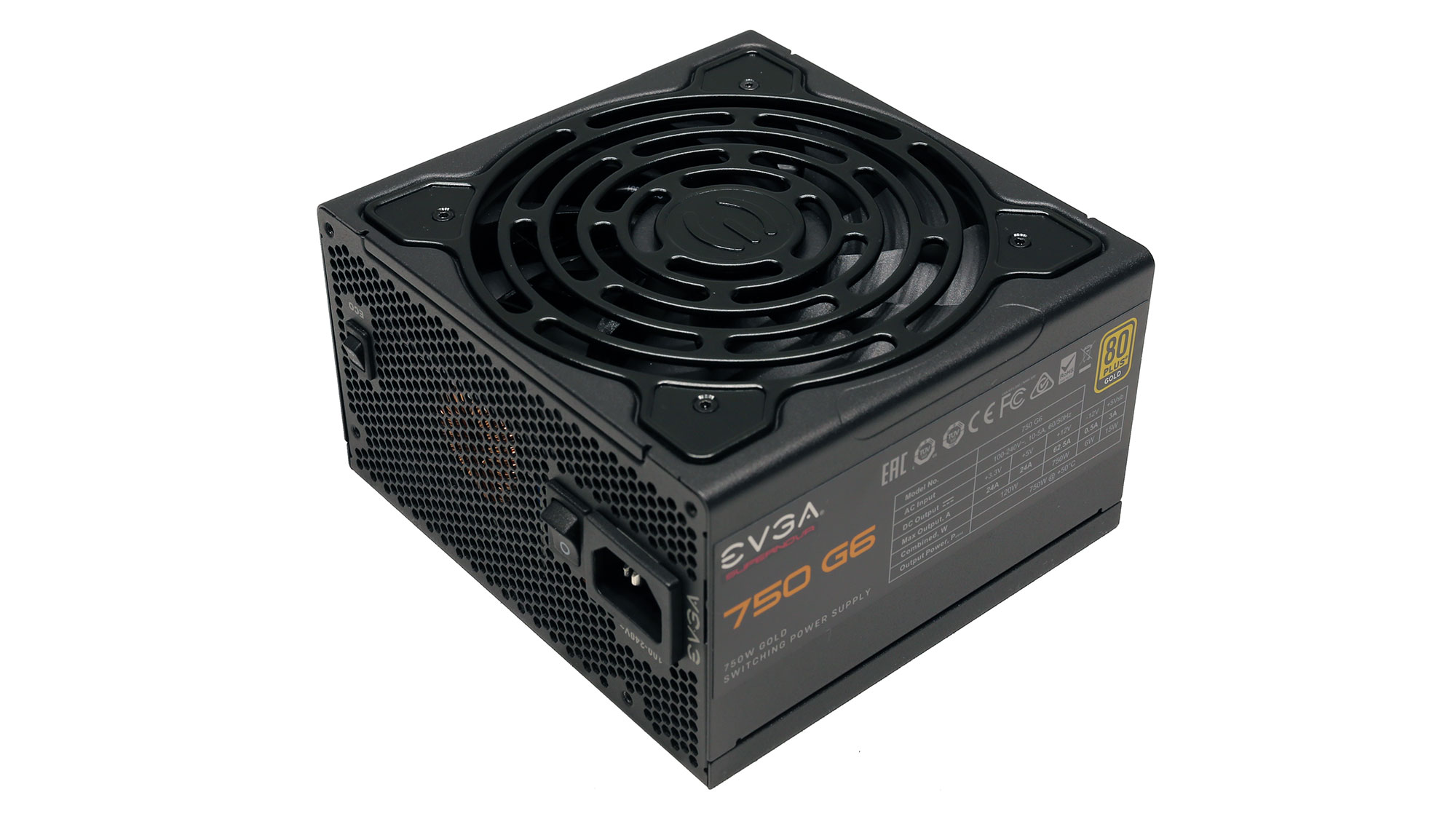
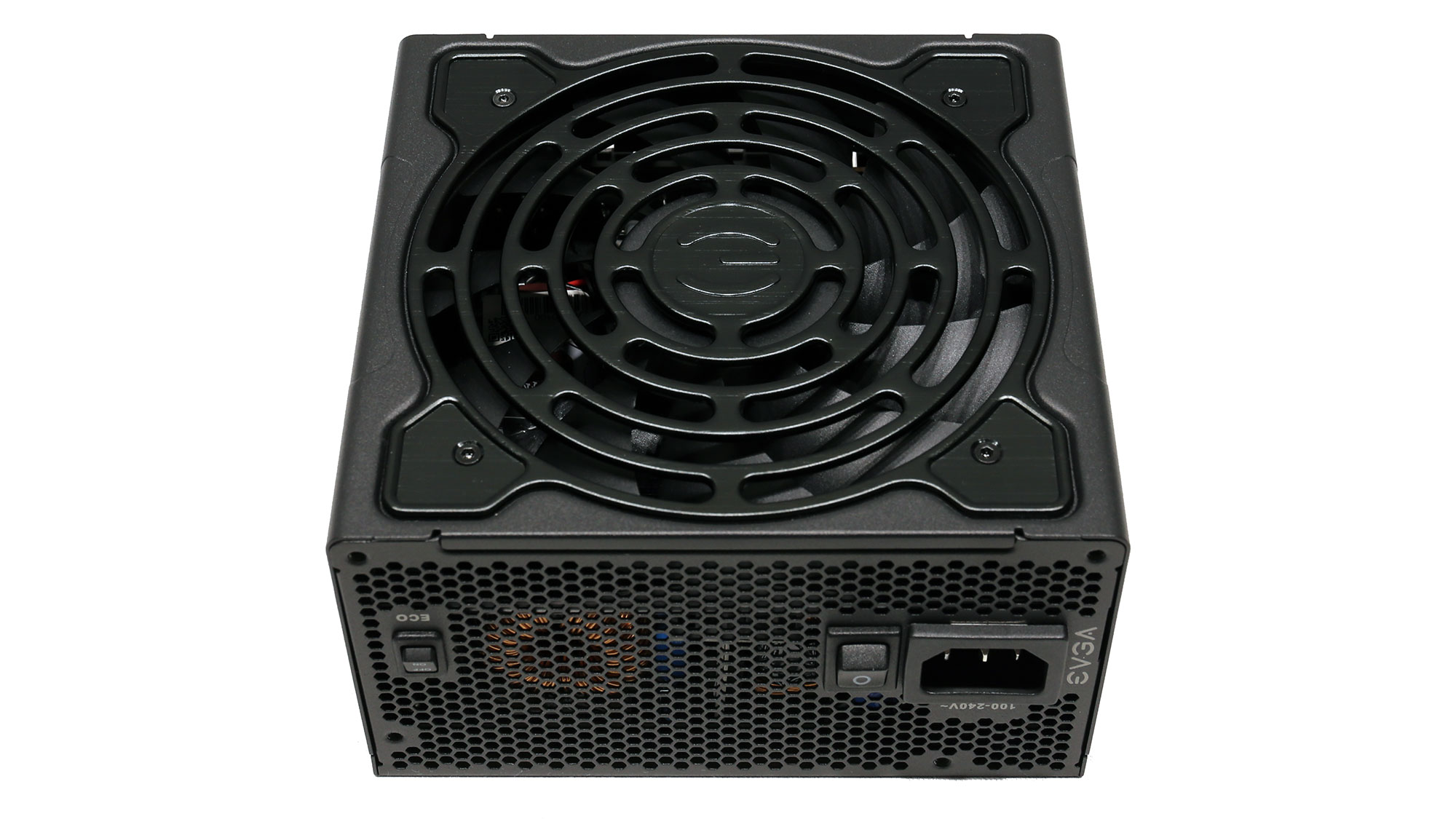
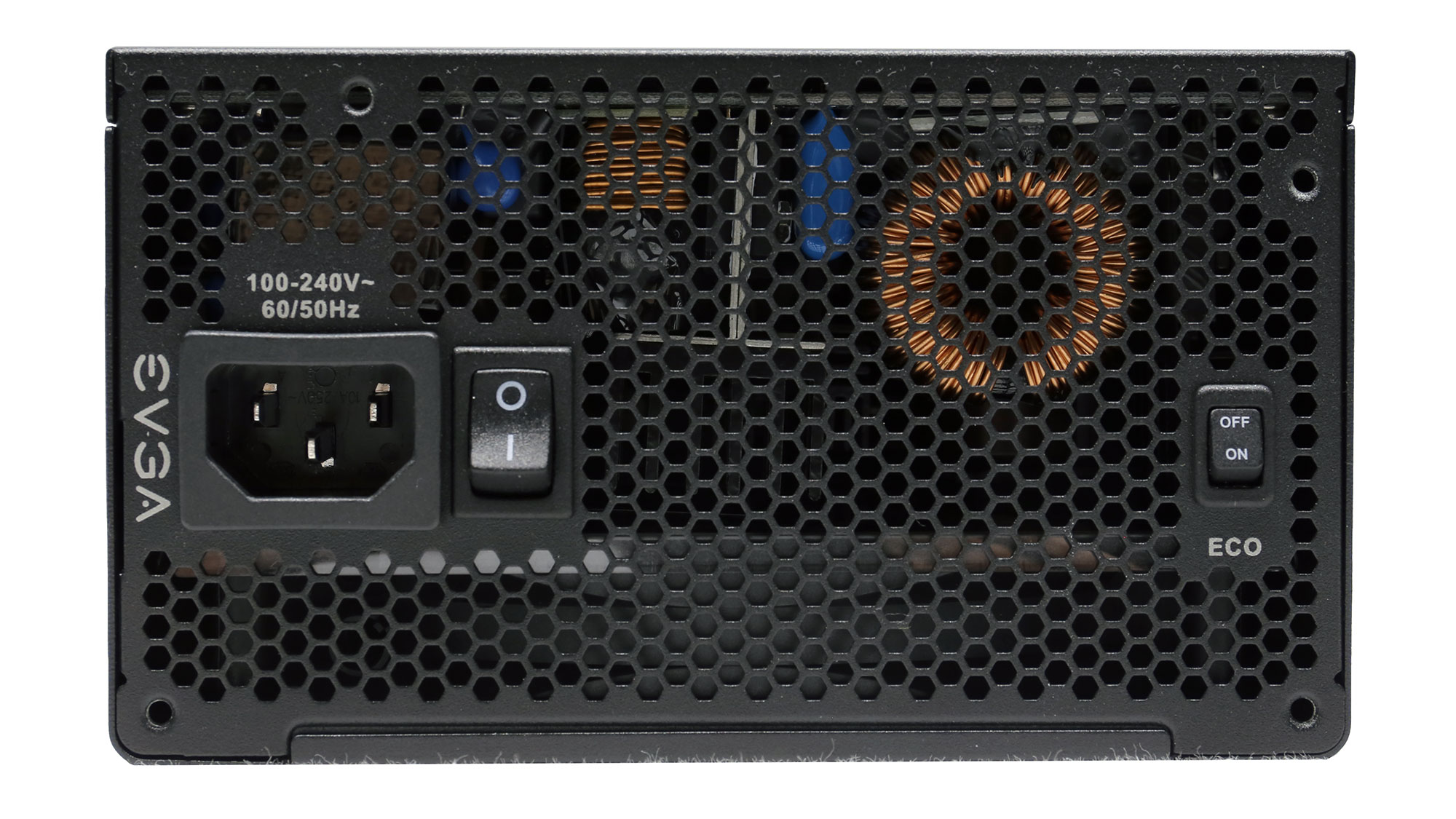
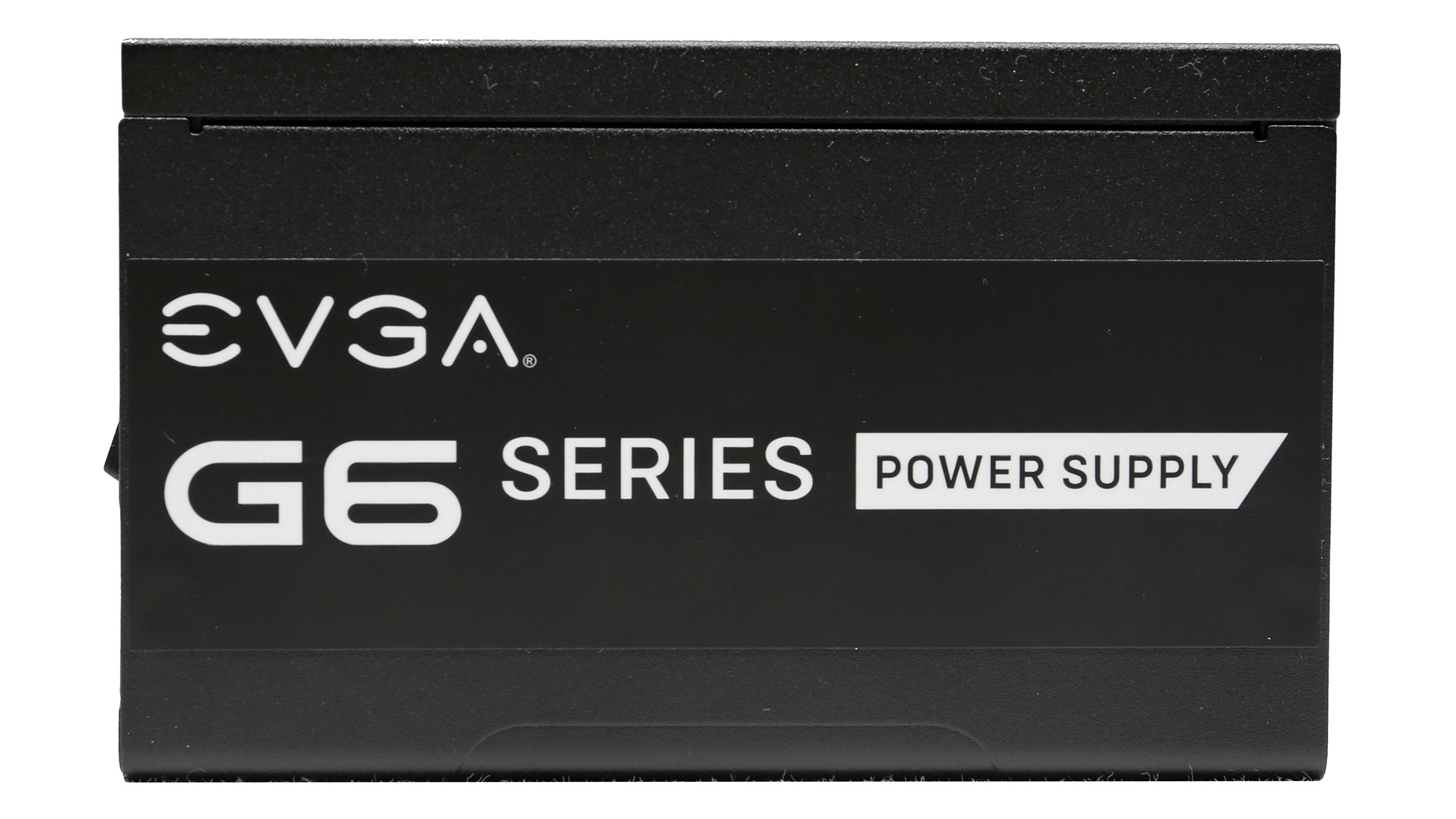
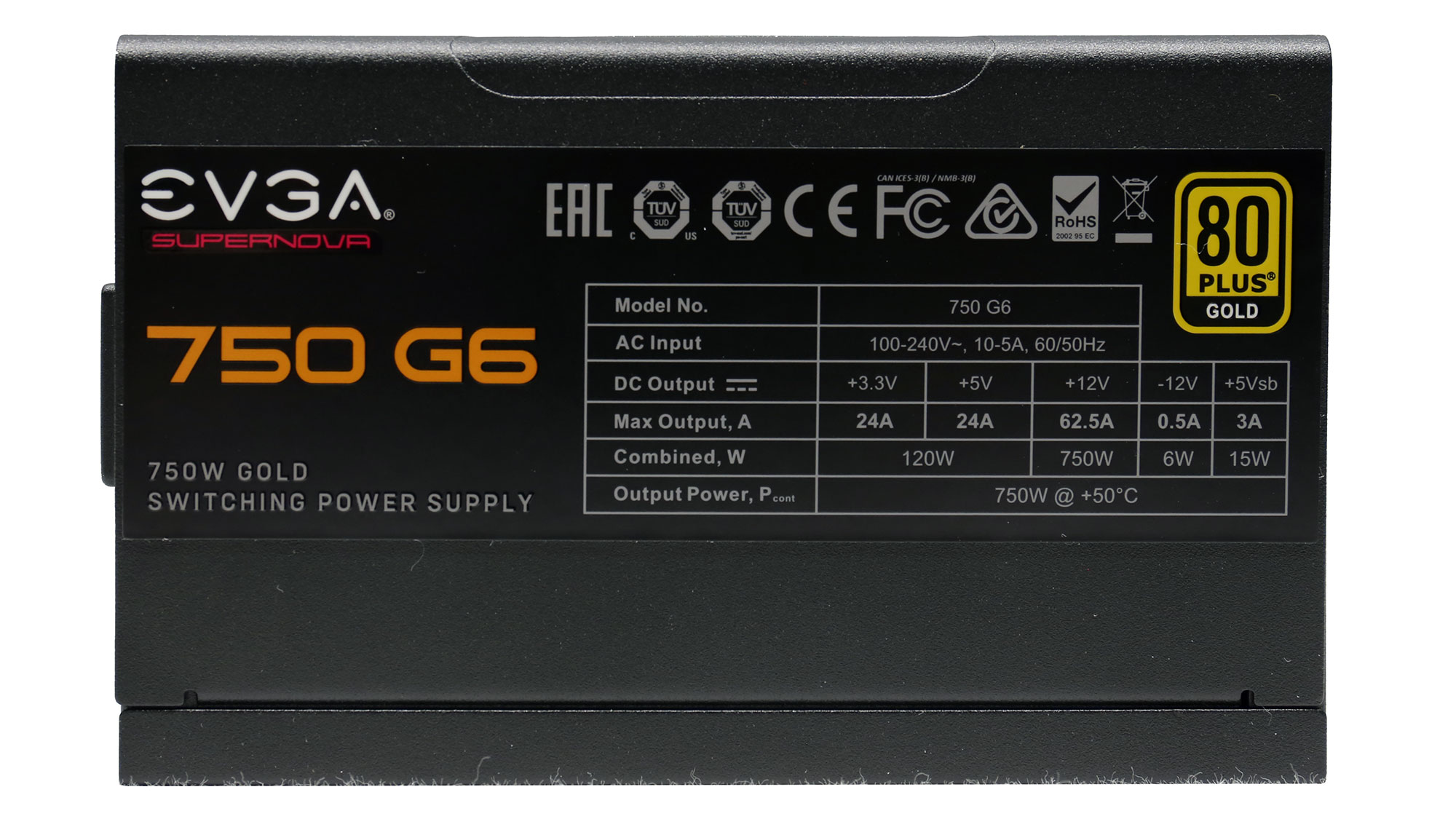
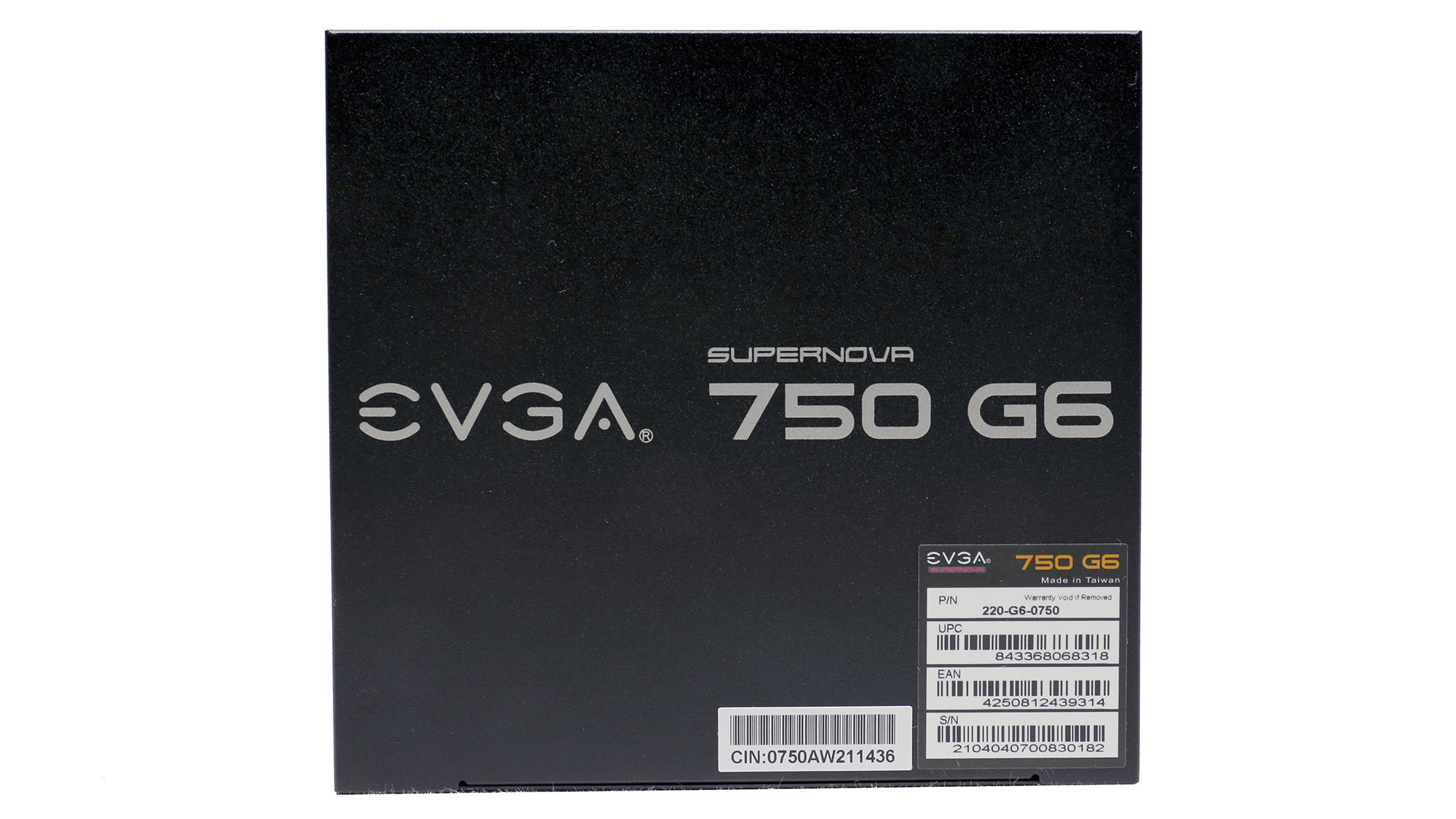
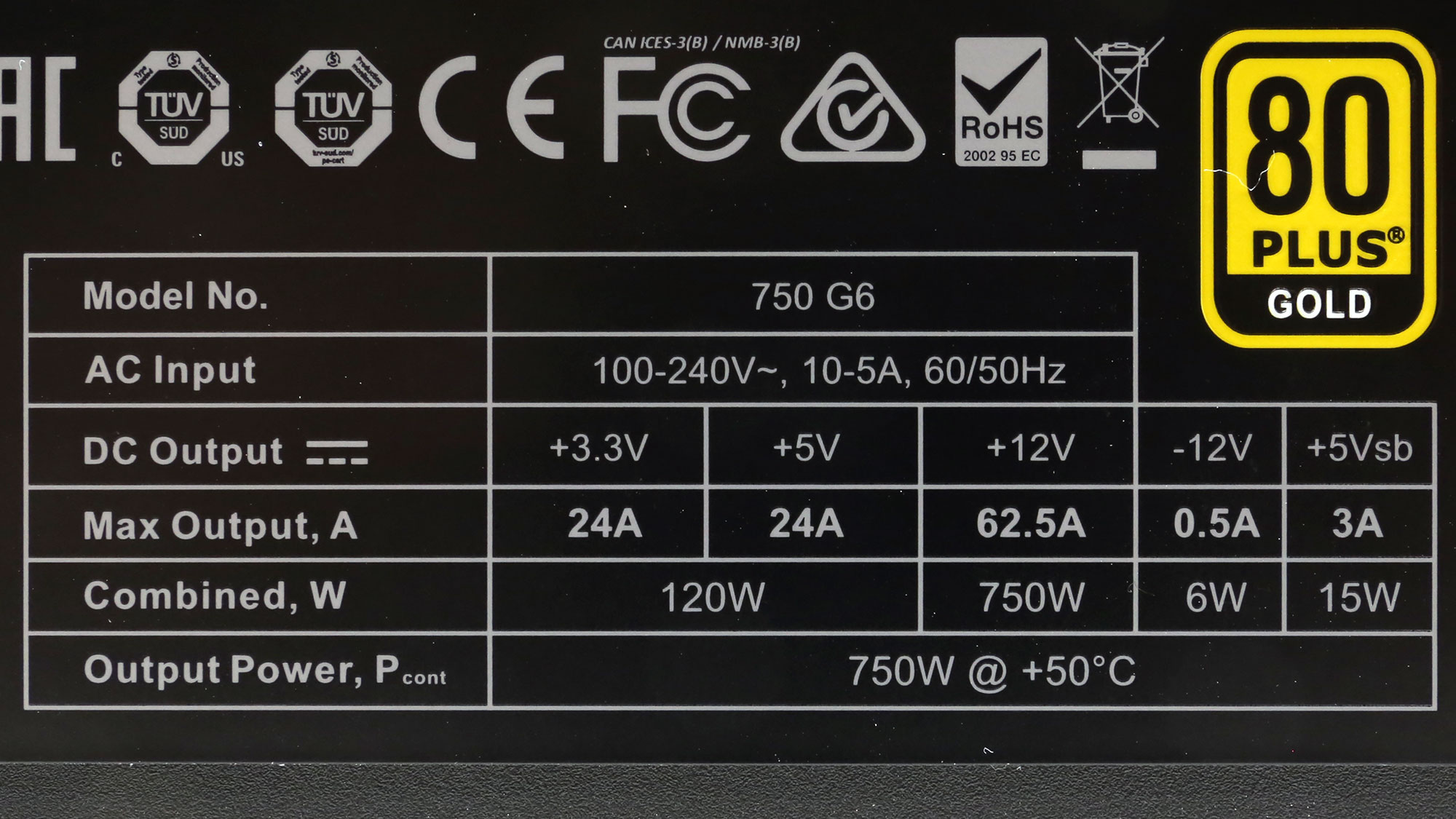
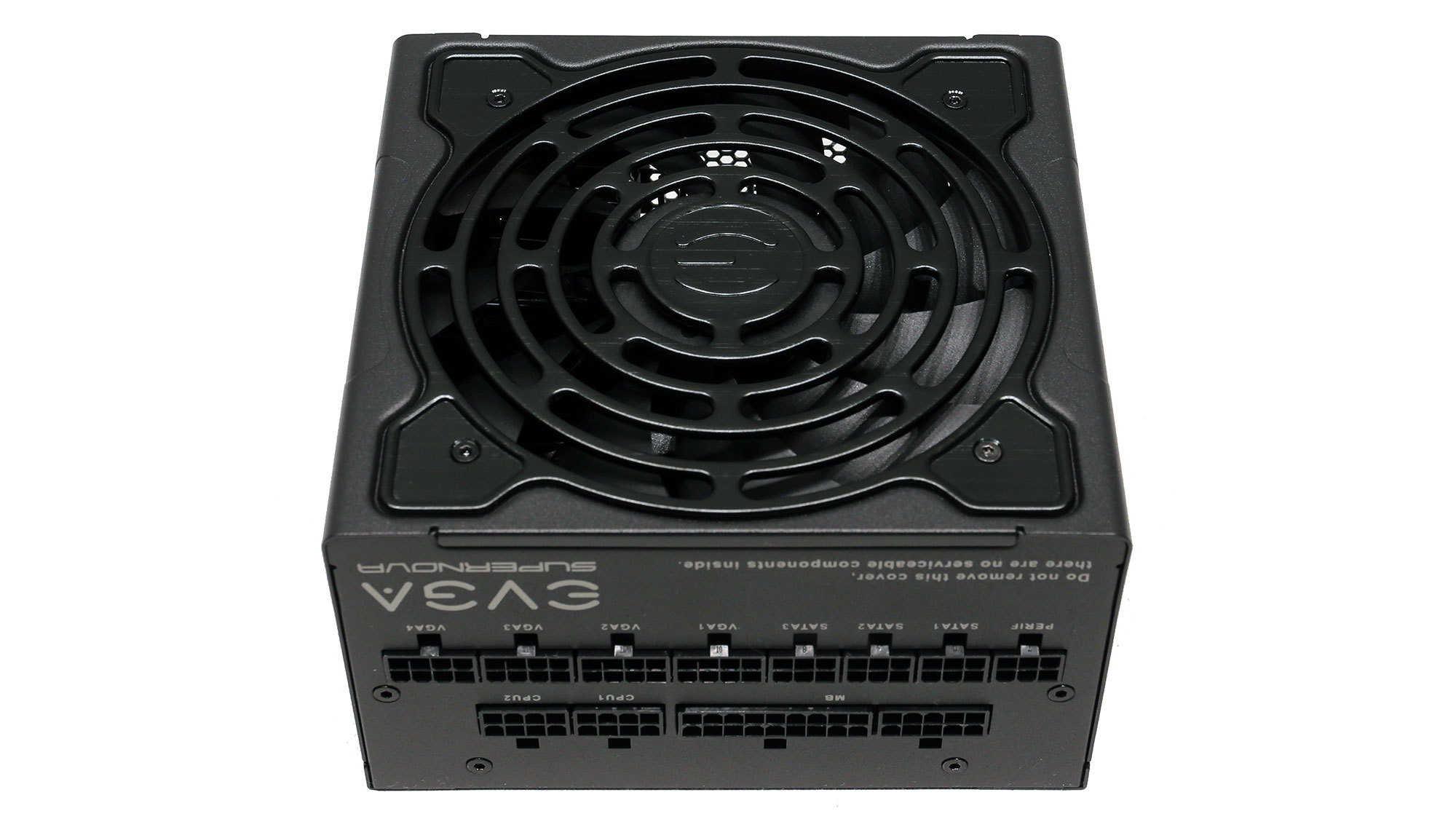
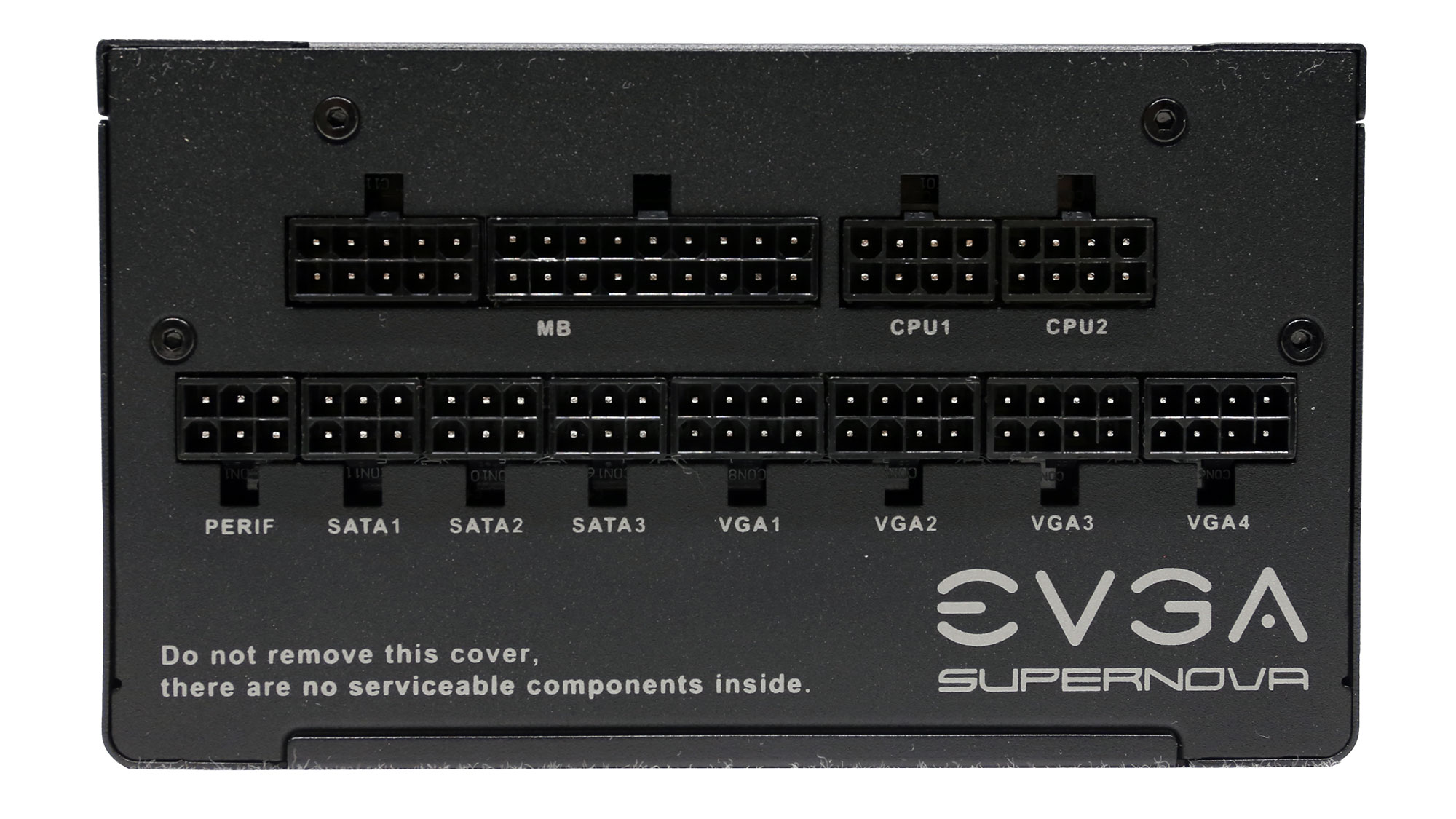
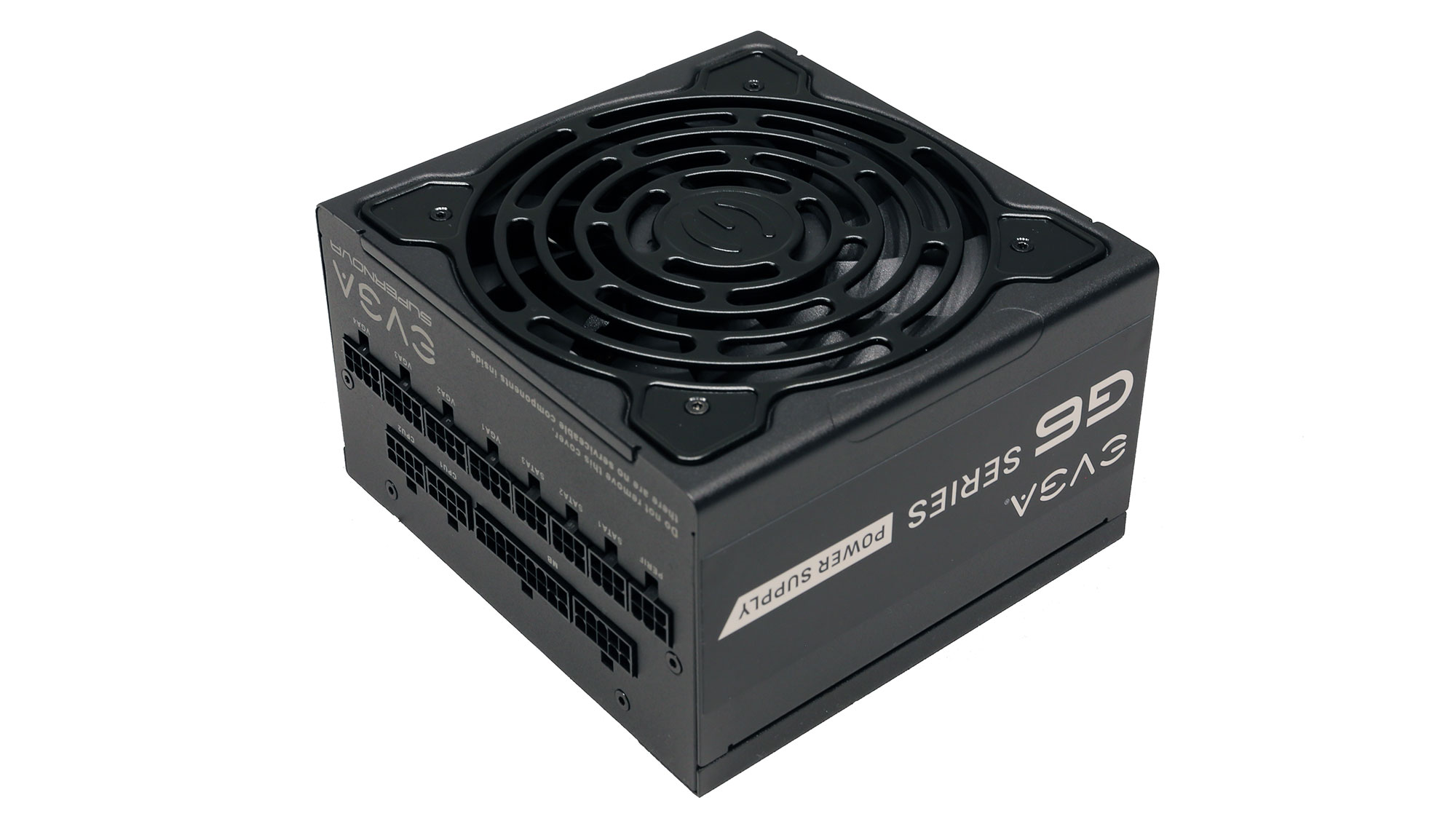
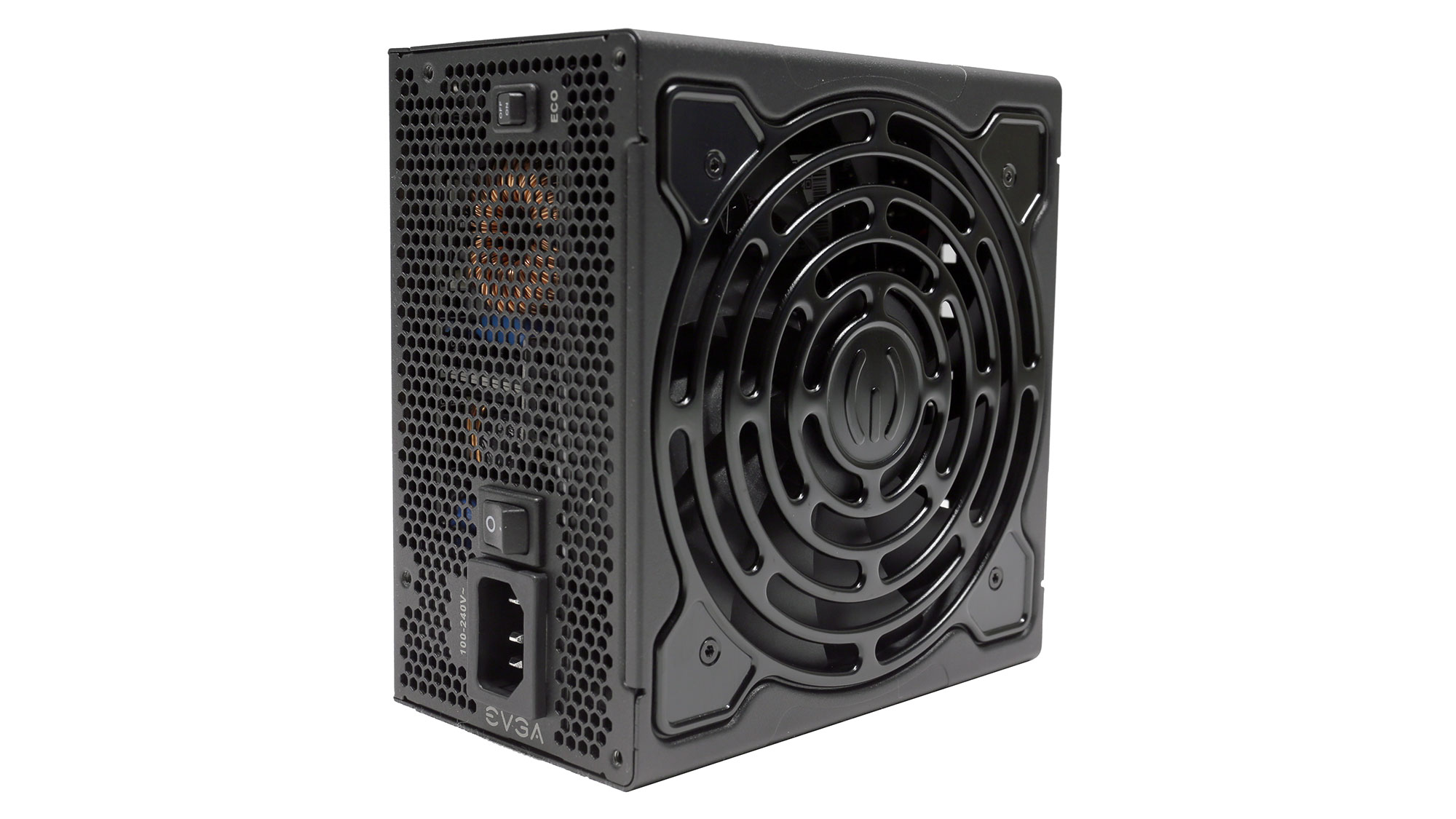
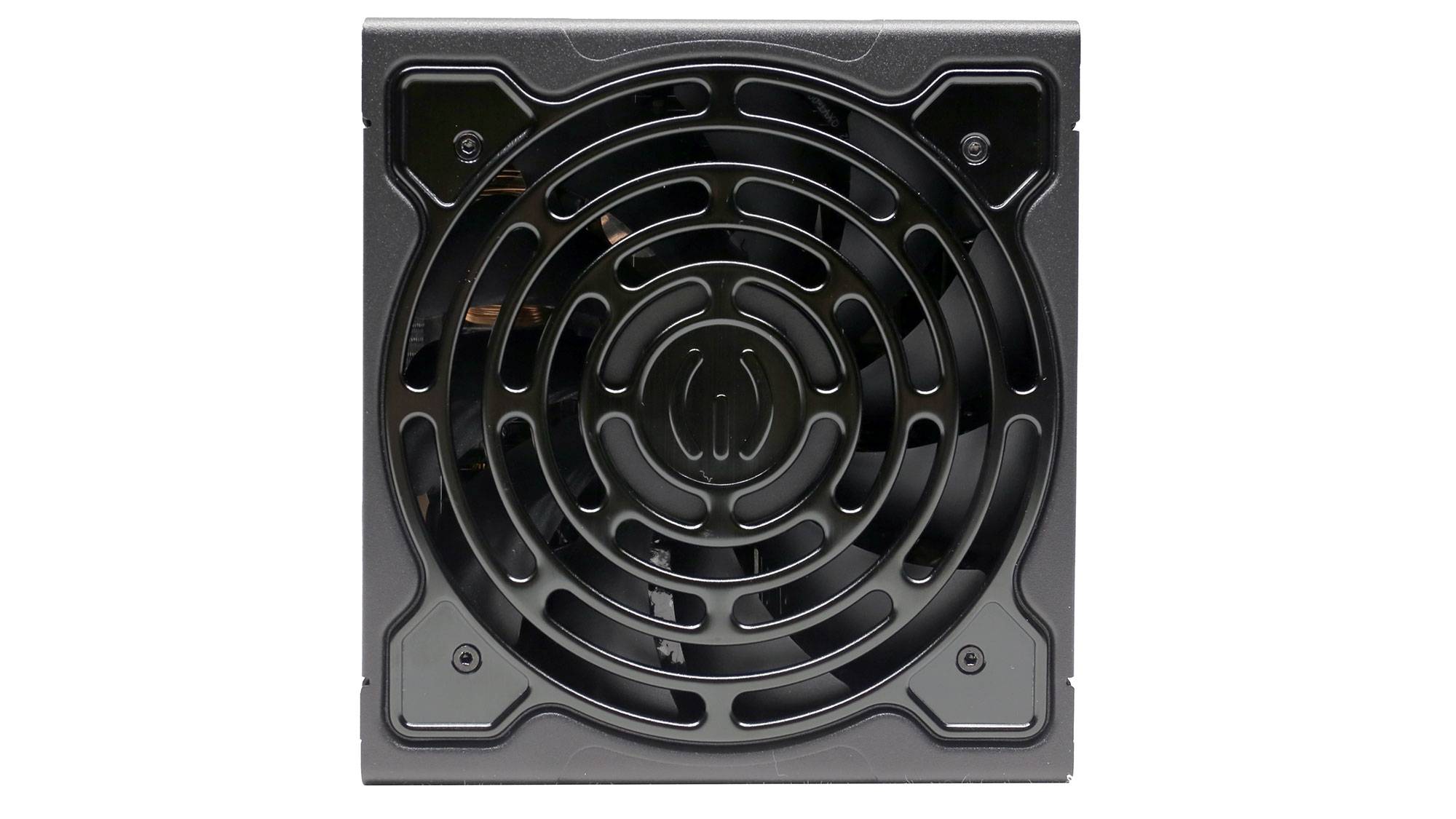
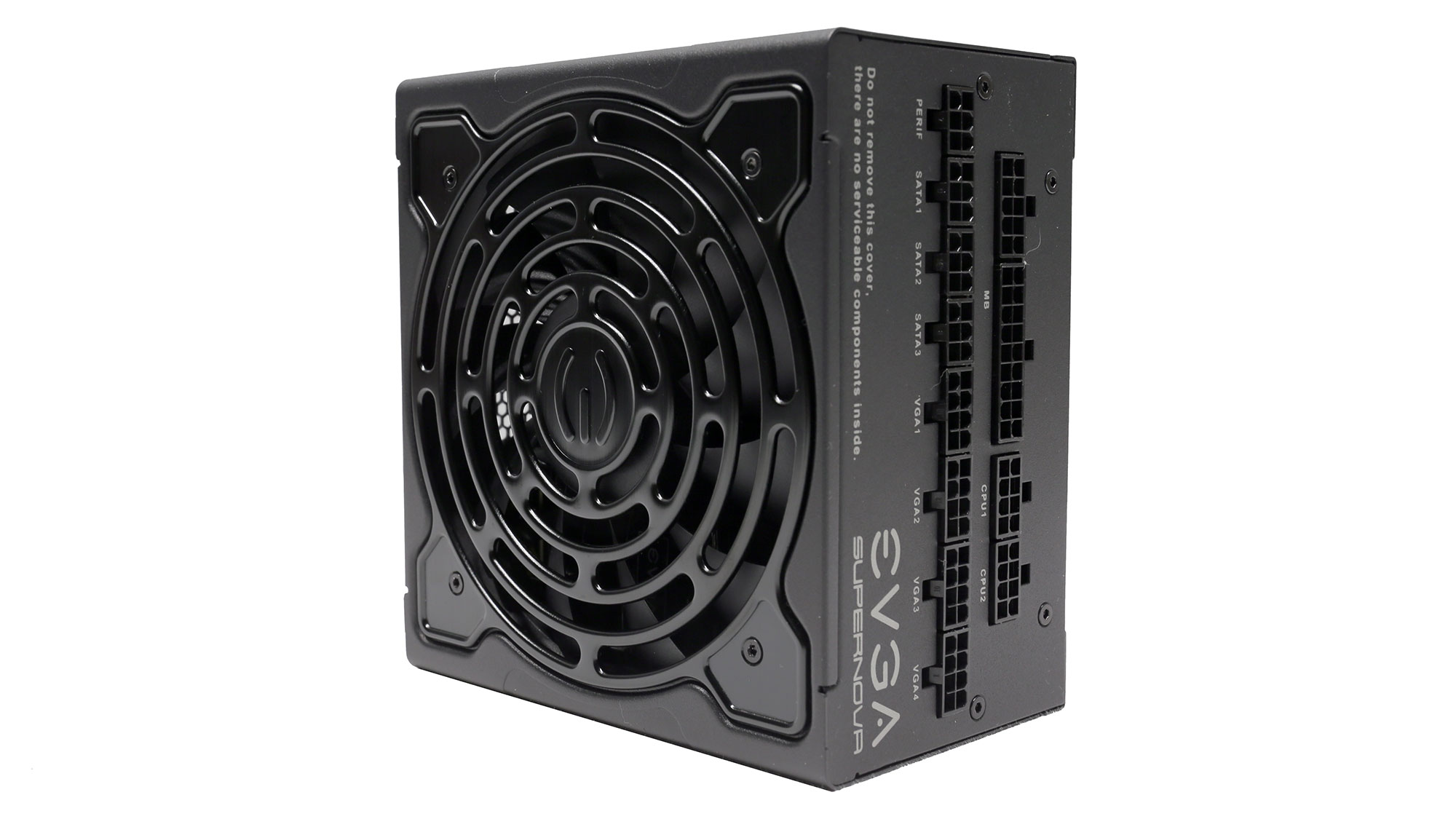
The EVGA SuperNOVA 750 G6 is Gold rated in both 80 PLUS and Cybenetics schemes, and it is also rated as Cybenetics A- in noise output, meaning within 25-30 dBA average output. All G6 models are fully modular and use an upgraded version of Seasonic's viral Focus Gold platform. The cooling fan uses a fluid dynamic bearing for a longer lifetime, the dimensions are compact with only 140mm depth, and finally, the provided warranty is long at ten years.
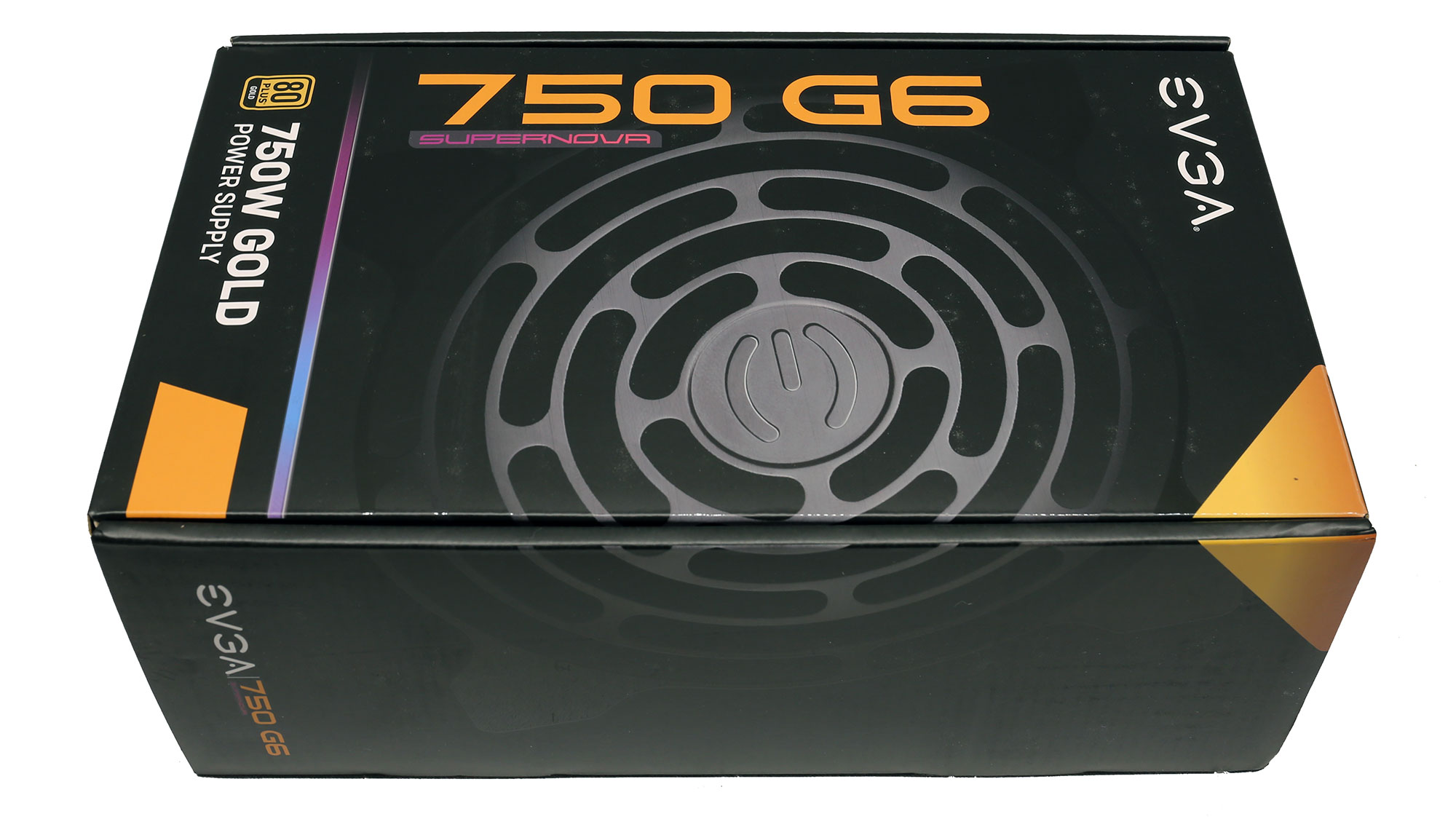
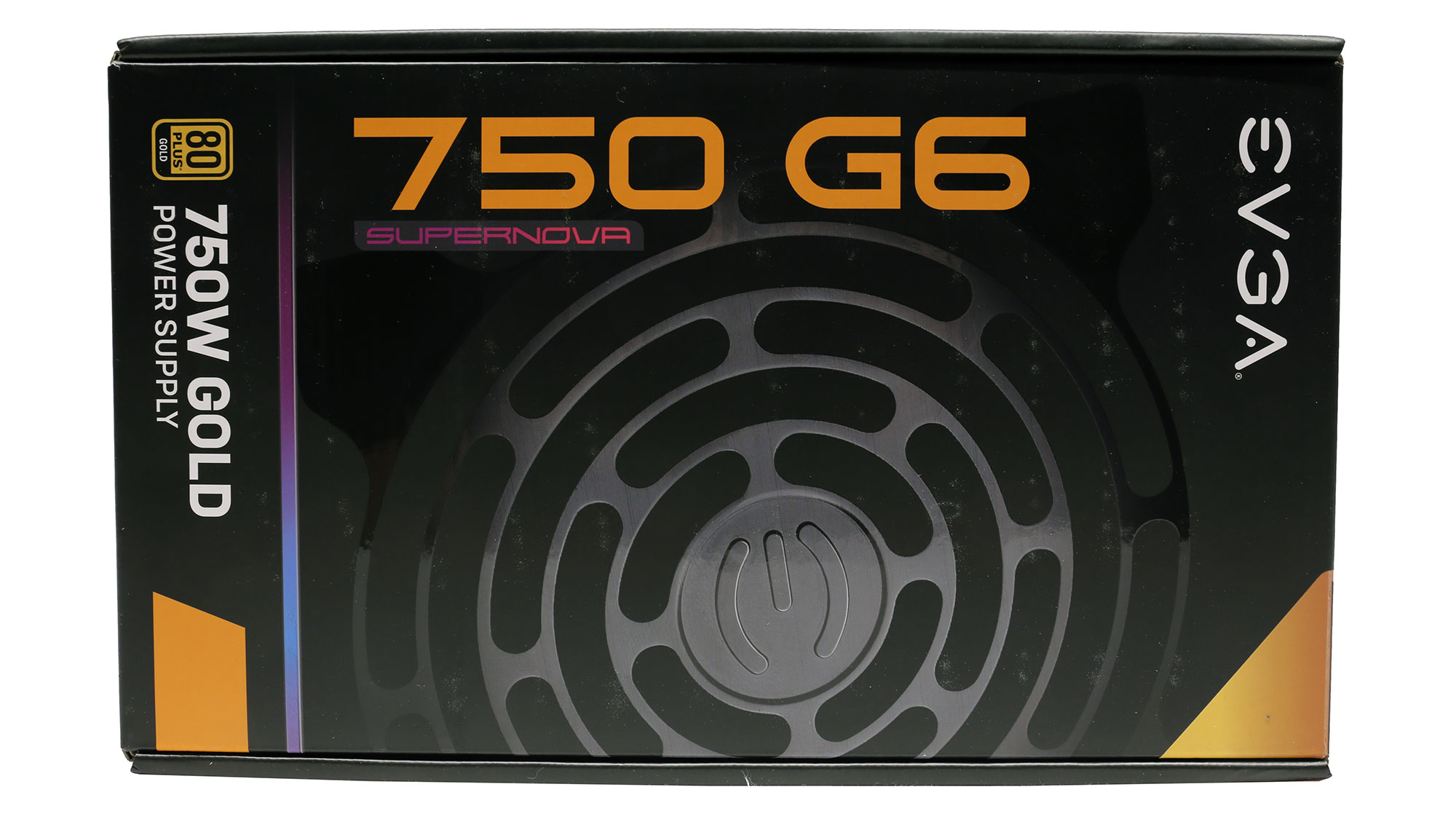
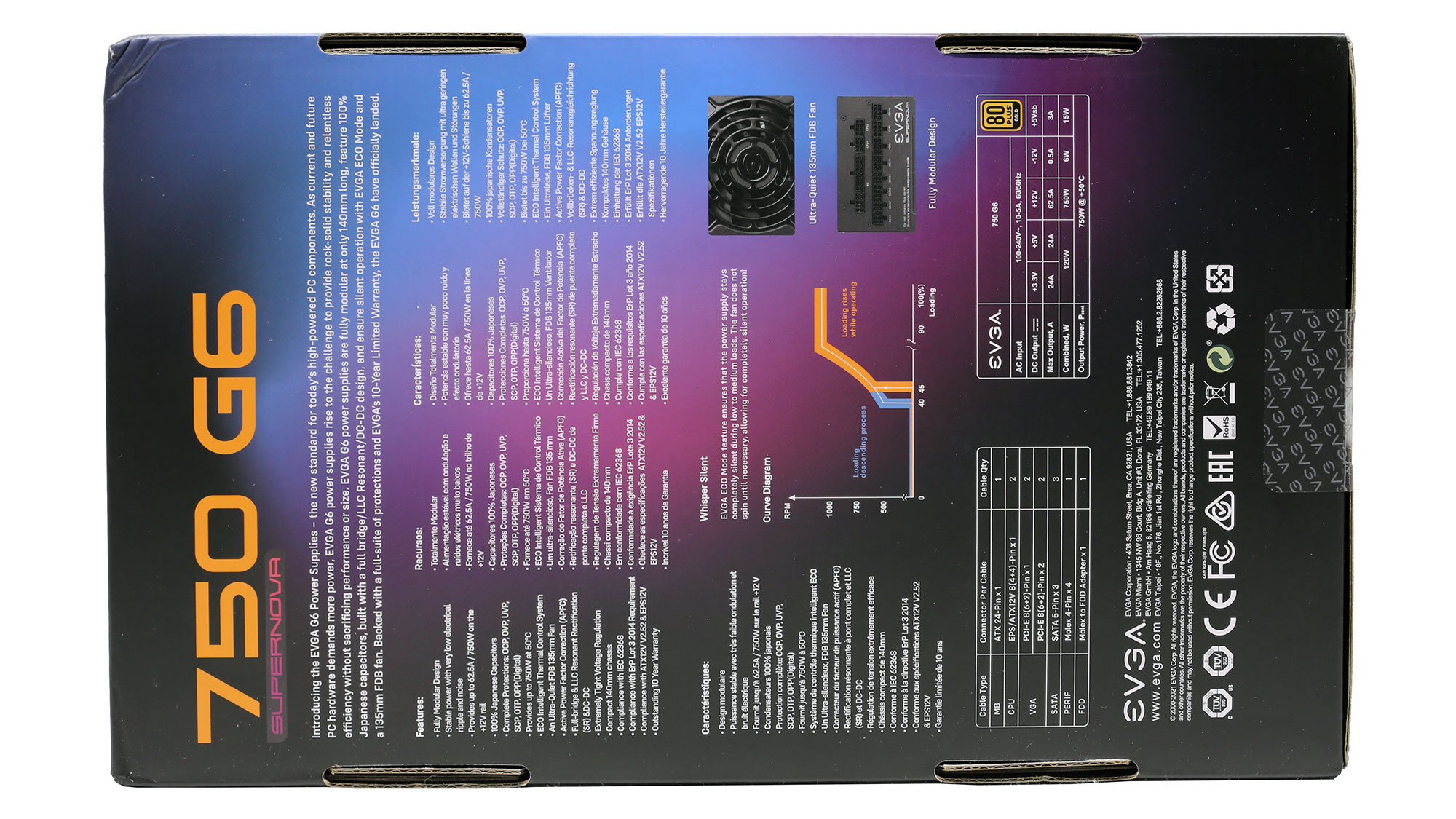
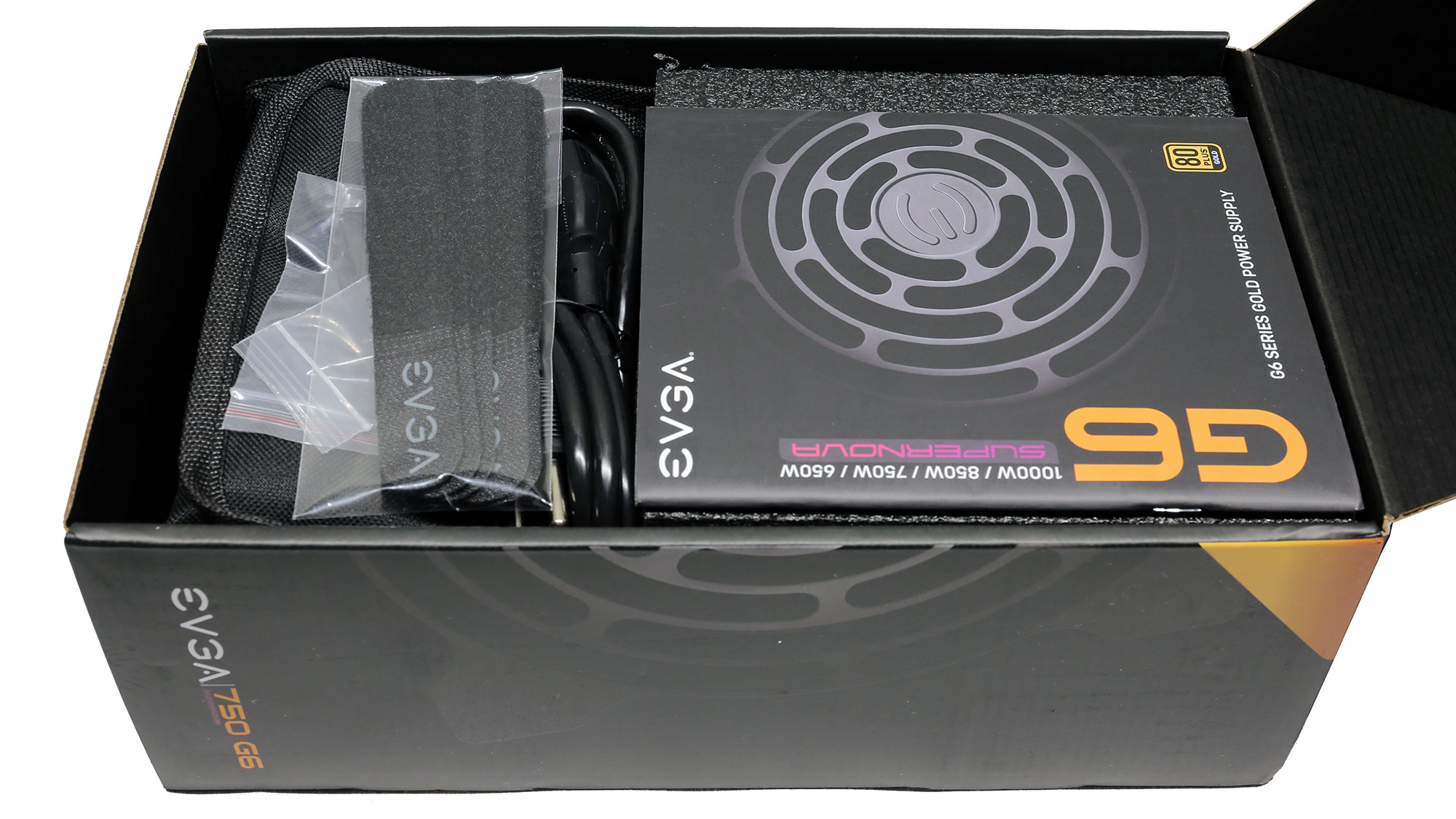
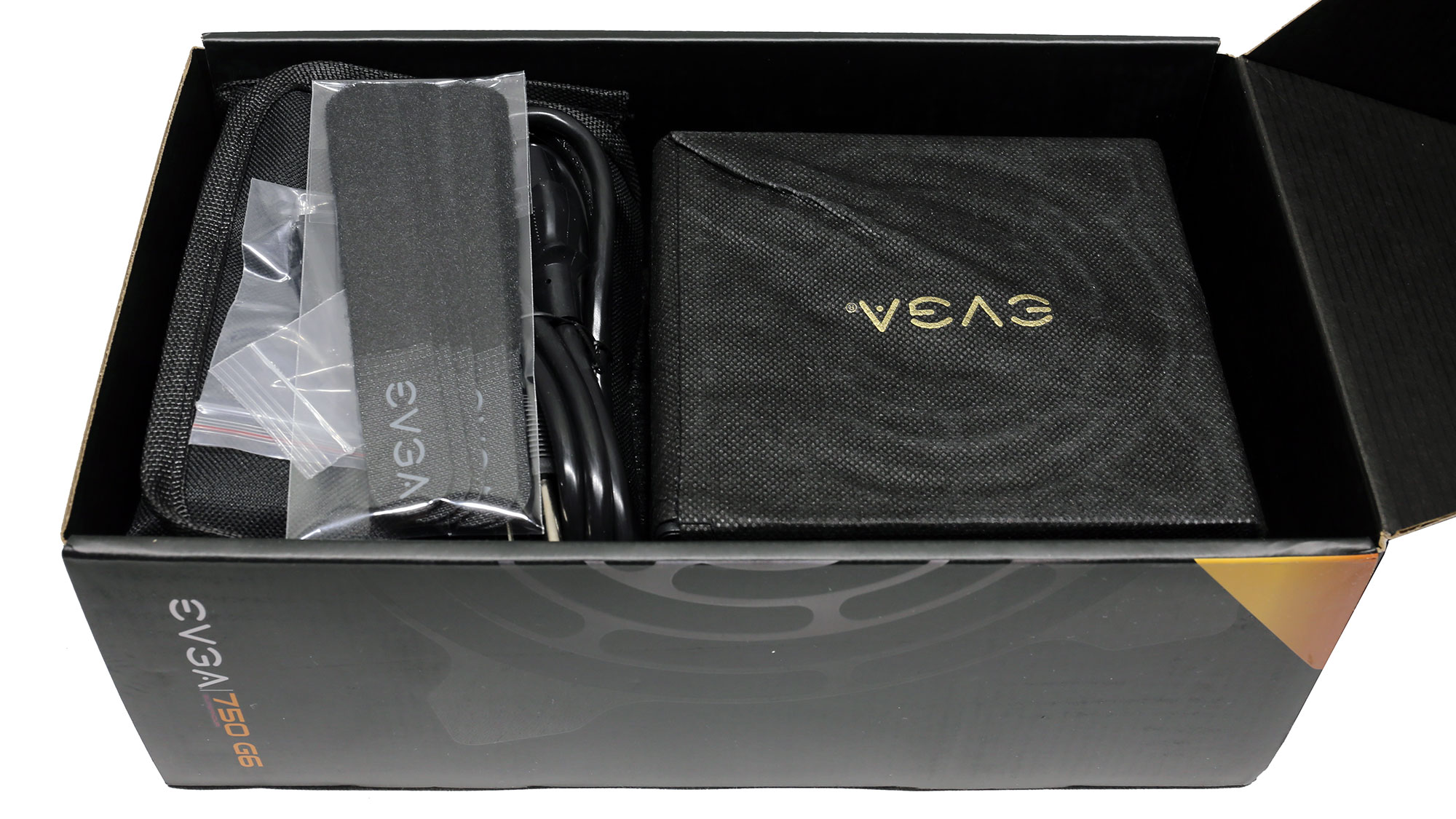
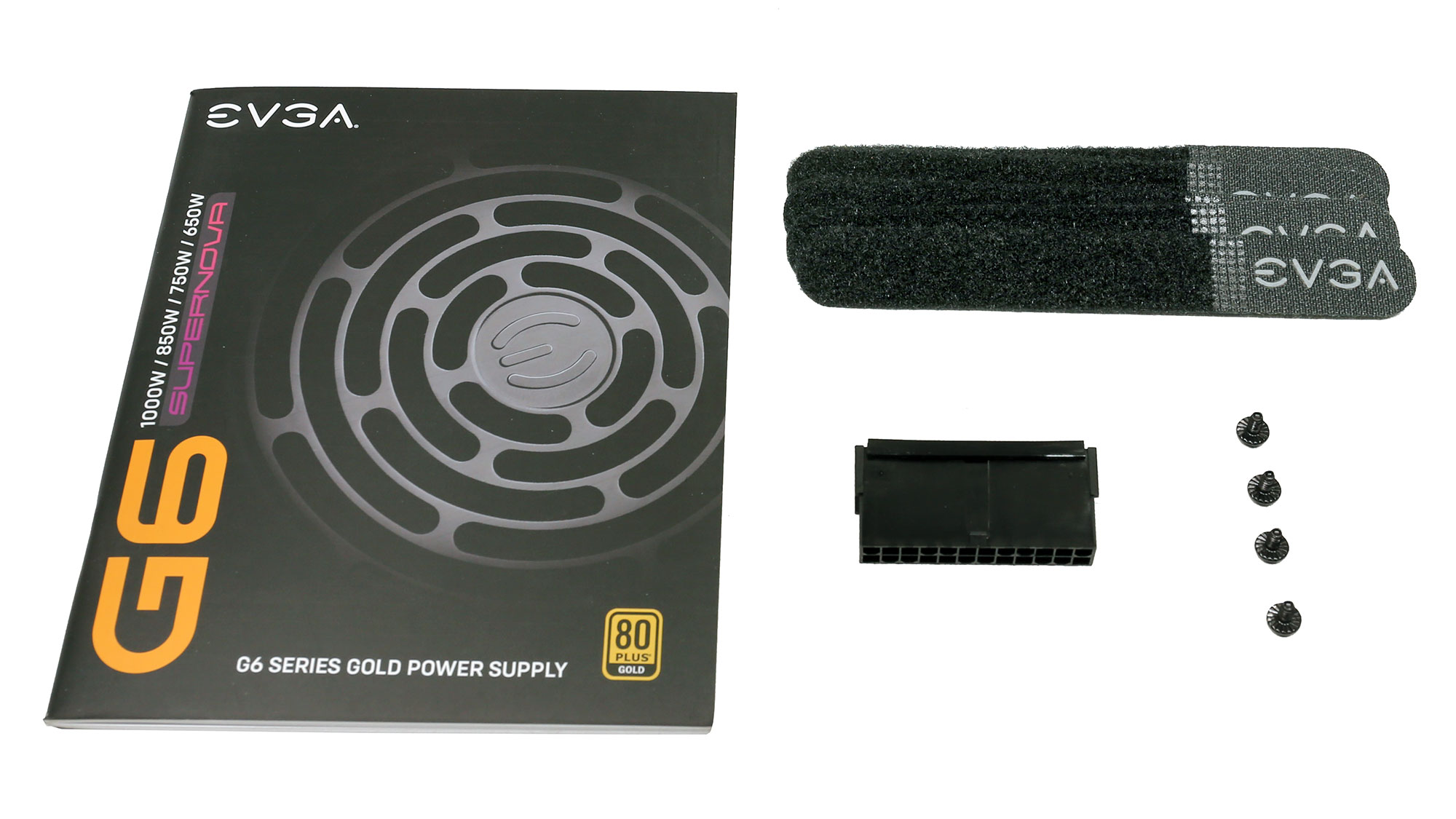
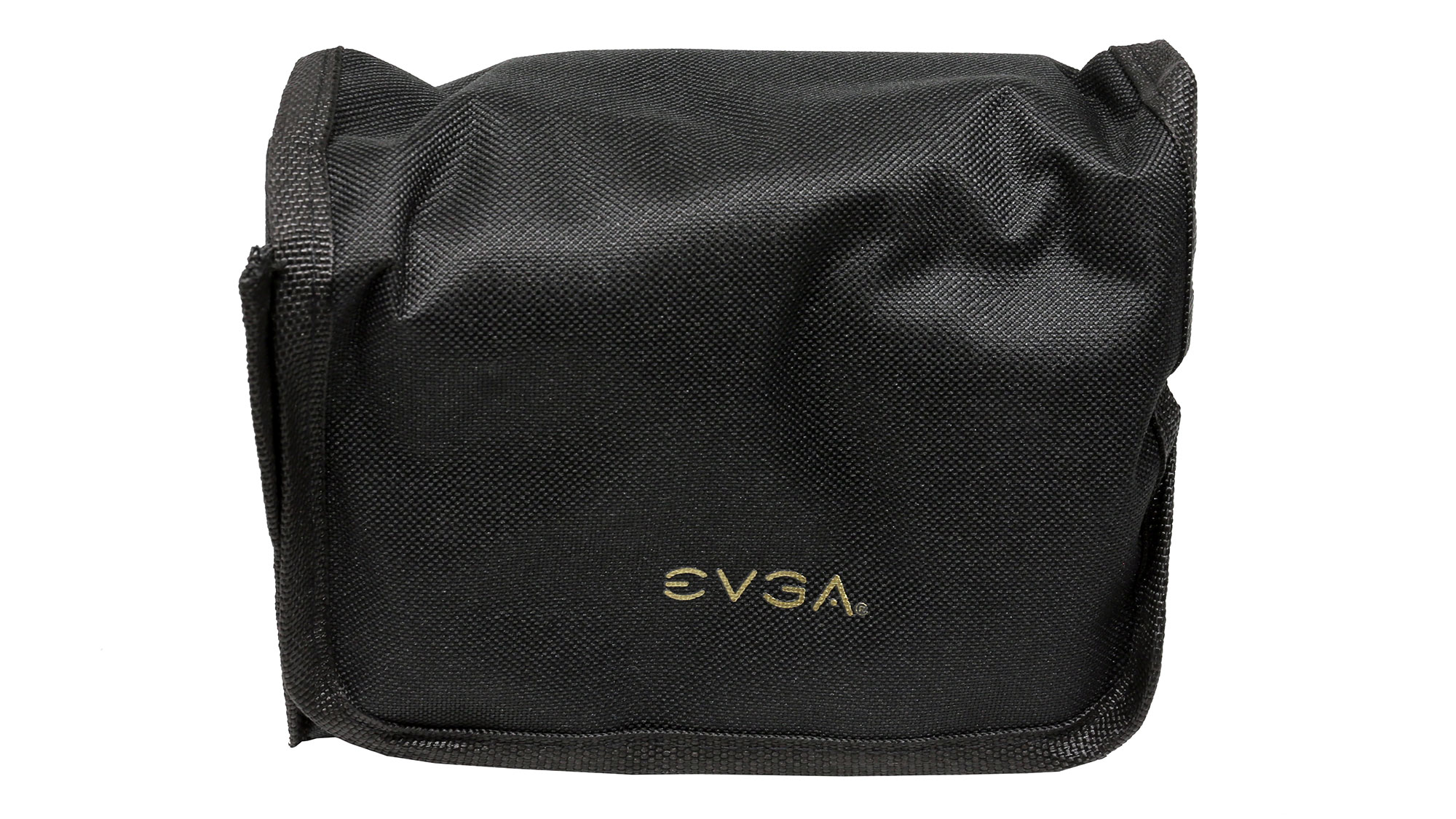
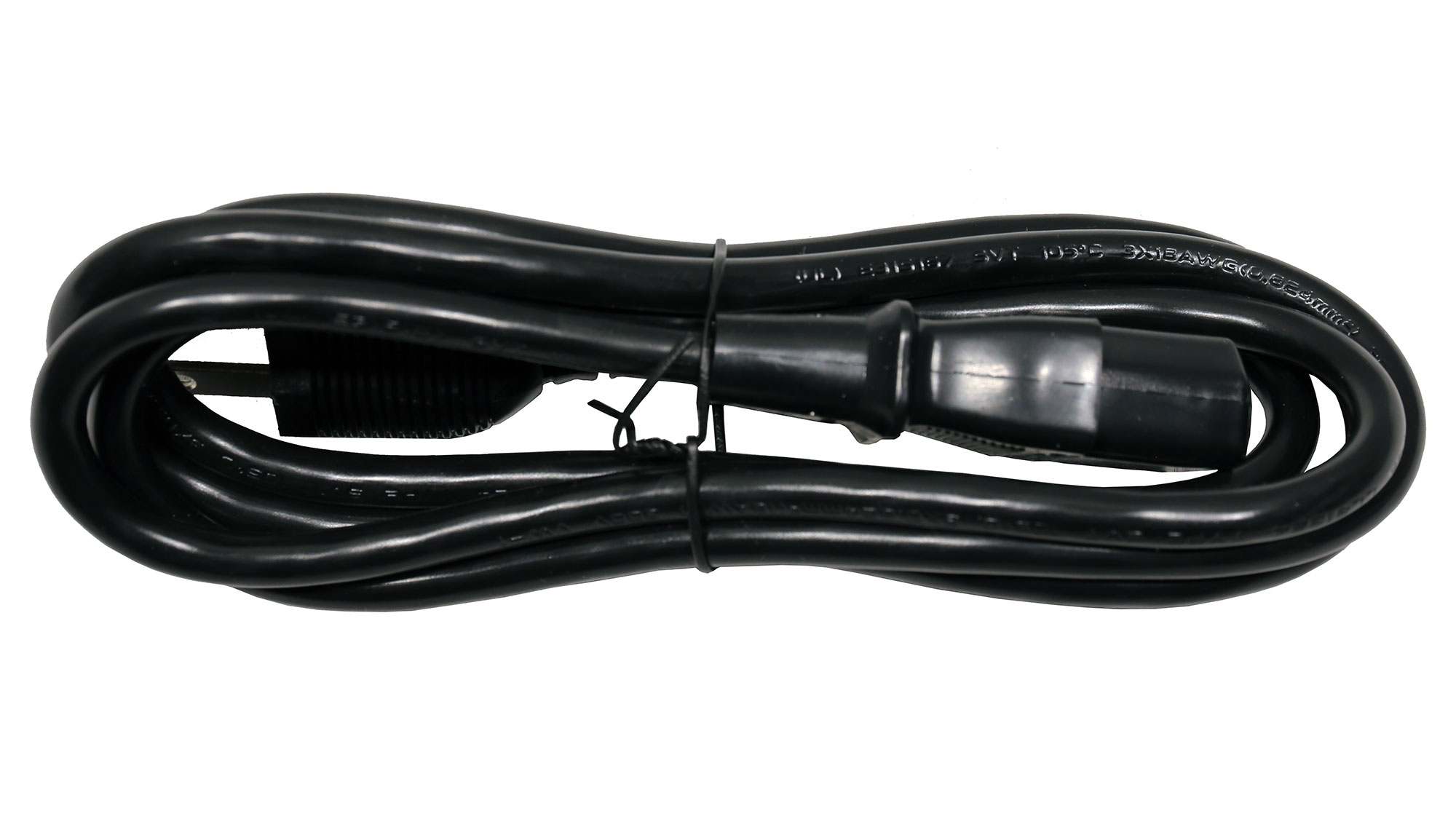
Specifications of EVGA SuperNOVA 750 G6
|
Manufacturer (OEM) |
Seasonic |
|
Max. DC Output |
750W |
|
Efficiency | 80 PLUS Gold, Cybenetics Gold (87-89%) |
|
Noise | Cybenetics A- (25-30 dB[A]) |
|
Modular |
✓ (fully) |
|
Intel C6/C7 Power State Support |
✓ |
|
Operating Temperature (Continuous Full Load) |
0 - 50°C |
|
Over Voltage Protection |
✓ |
|
Under Voltage Protection |
✓ |
|
Over Power Protection |
✓ |
|
Over Current (+12V) Protection |
✓ |
|
Over Temperature Protection |
✓ |
|
Short Circuit Protection |
✓ |
|
Surge Protection |
✓ |
|
Inrush Current Protection |
✓ |
|
Fan Failure Protection |
✗ |
|
No Load Operation |
✓ |
|
Cooling |
135mm Fluid Dynamic Bearing Fan (HA13525M12F-Z) |
|
Semi-Passive Operation |
✓ (selectable) |
|
Dimensions (W x H x D) |
150 x 85 x 140mm |
|
Weight |
1.68 kg (3.7 lb) |
|
Form Factor |
ATX12V v2.53, EPS 2.92 |
|
Warranty |
10 Years |
Power Specifications of EVGA SuperNOVA 750 G6
| Rail | 3.3V | 5V | 12V | 5VSB | -12V | |
|---|---|---|---|---|---|---|
| Max. Power | Amps | 24 | 24 | 62.5 | 3 | 0.5 |
| Watts | 120 | 750 | 15 | 6 | ||
| Total Max. Power (W) | 750 |
Cables & Connectors on EVGA SuperNOVA 750 G6
| Description | Cable Count | Connector Count (Total) | Gauge | In Cable Capacitors |
|---|---|---|---|---|
| ATX connector 20+4 pin (610mm) | 1 | 1 | 18-22AWG | No |
| 4+4 pin EPS12V (700mm) | 2 | 2 | 18AWG | No |
| 6+2 pin PCIe (700mm+125mm) | 2 | 4 | 18AWG | No |
| 6+2 pin PCIe (700mm) | 2 | 2 | 18AWG | No |
| SATA (560mm+100mm+100mm) | 3 | 9 | 18AWG | No |
| 4-pin Molex (560mm+100mm+100mm+100mm) | 1 | 4 | 18AWG | No |
| FDD Adapter (105mm) | 1 | 1 | 22AWG | No |
| AC Power Cord (1380mm) - C13 coupler | 1 | 1 | 18AWG | - |
There are enough cables and connectors to allow the PSU to deliver its full power without any issues. Moreover, they are quite long, especially the EPS and PCIe cables. Thankfully, there are no in-cable caps, but the distance between peripheral connectors is small at 100mm.
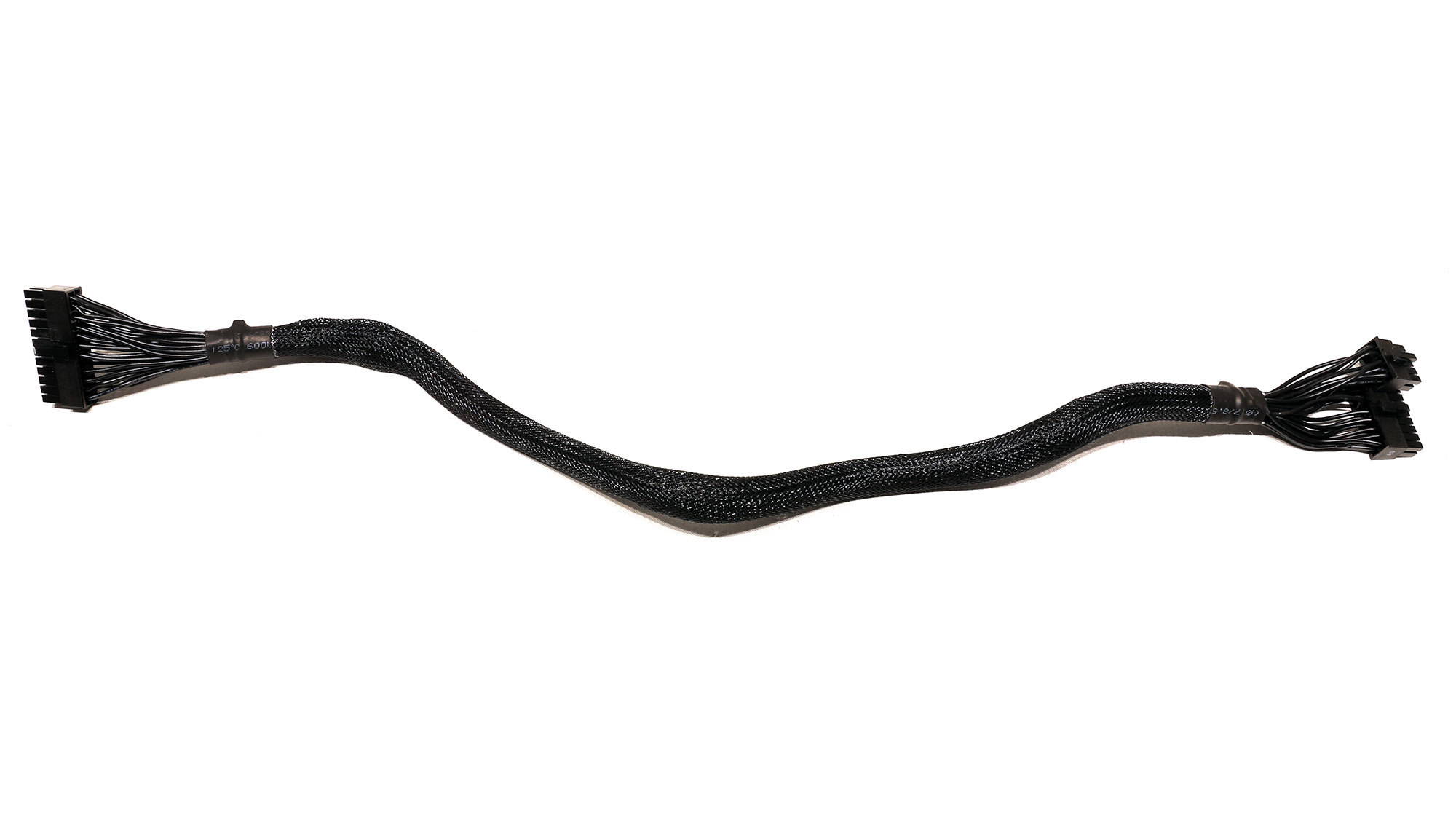
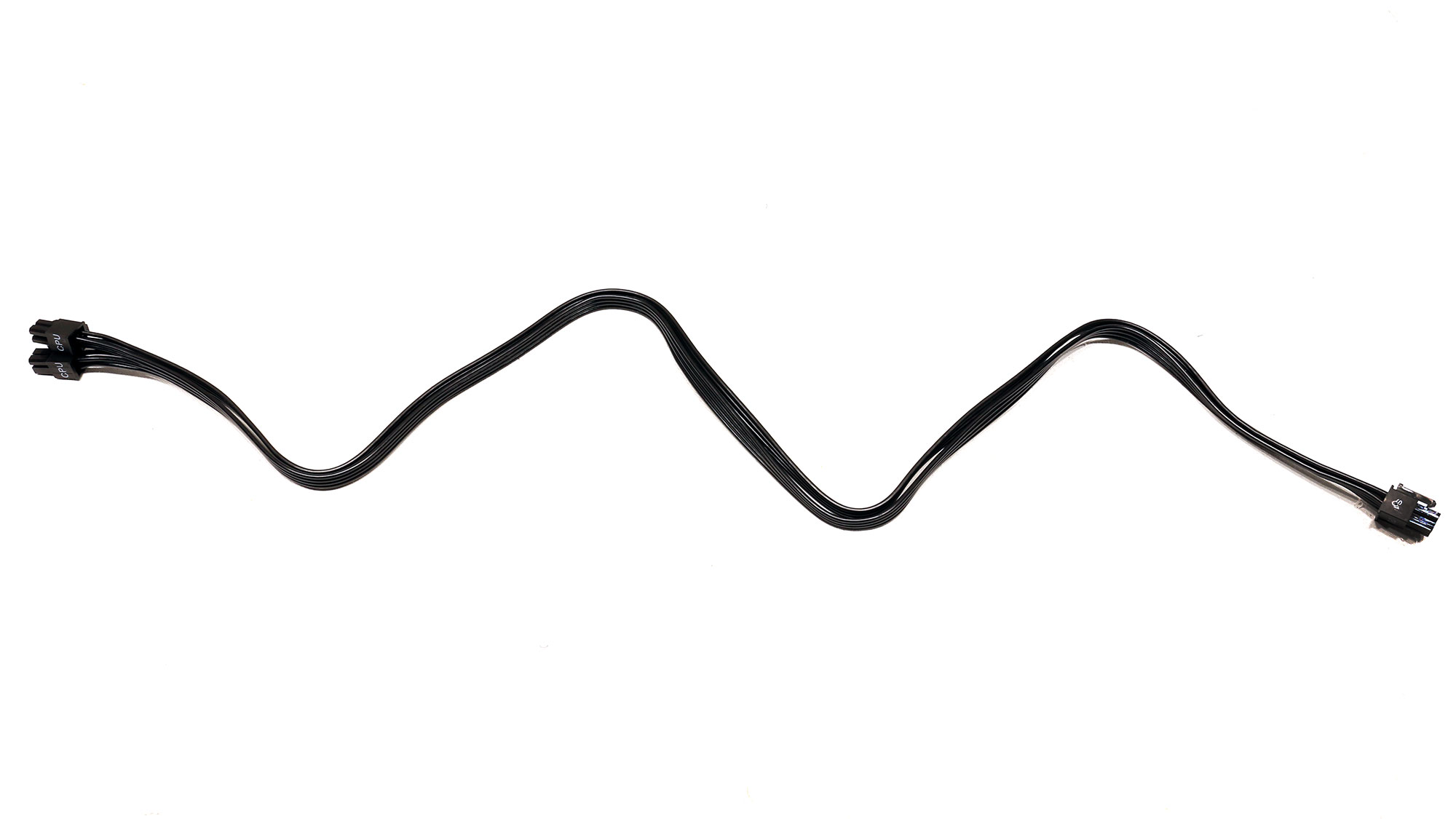
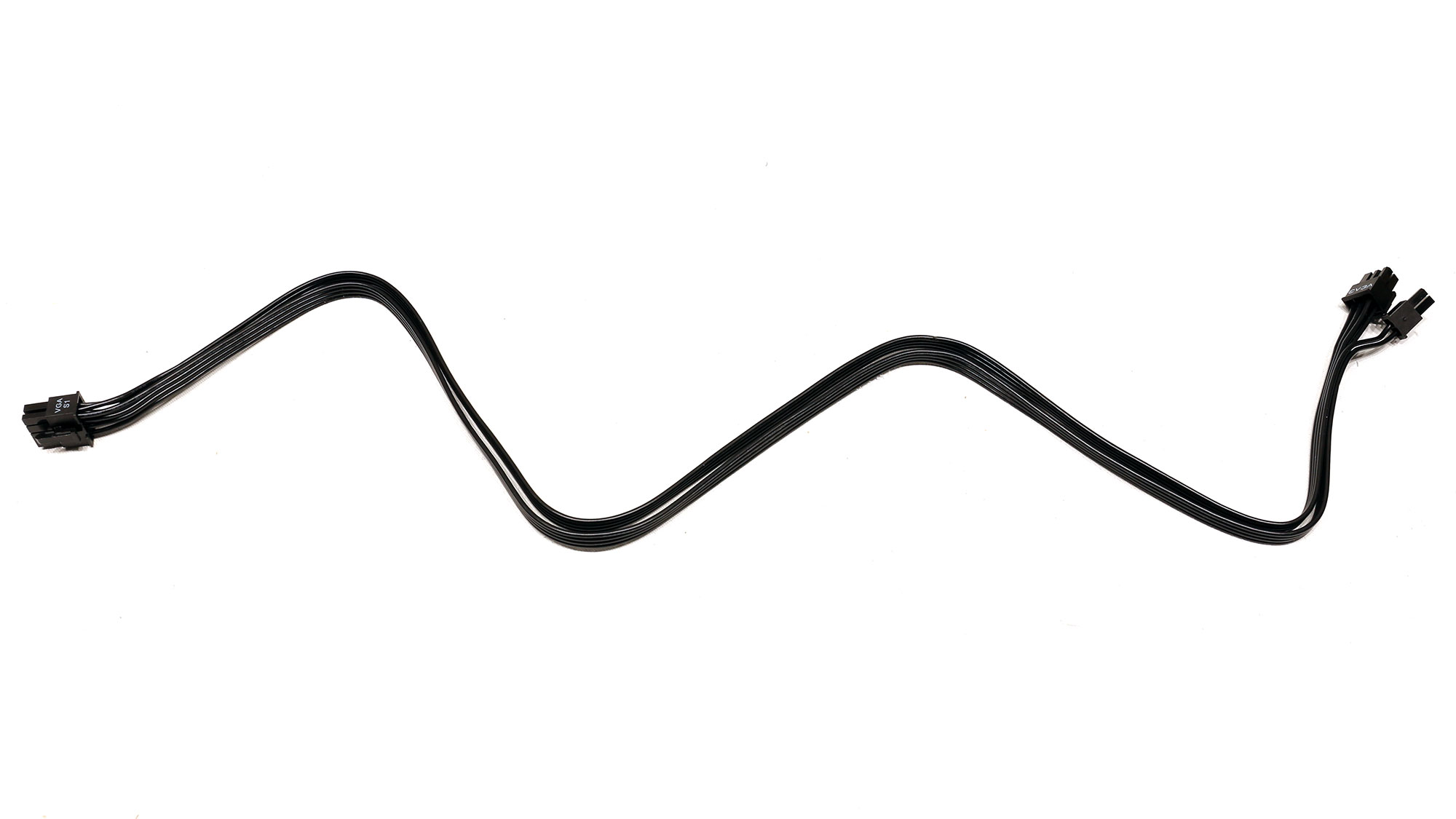
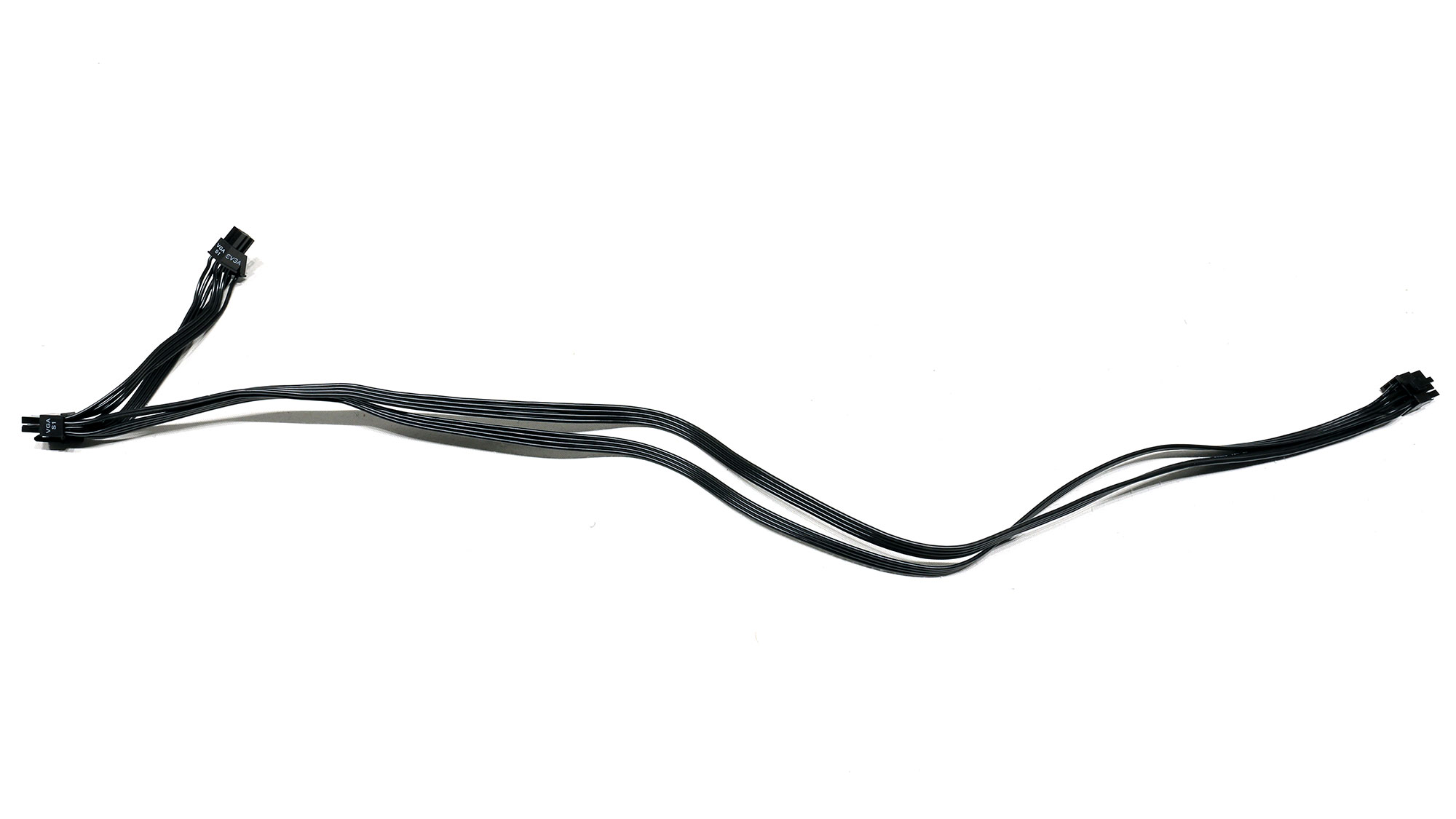
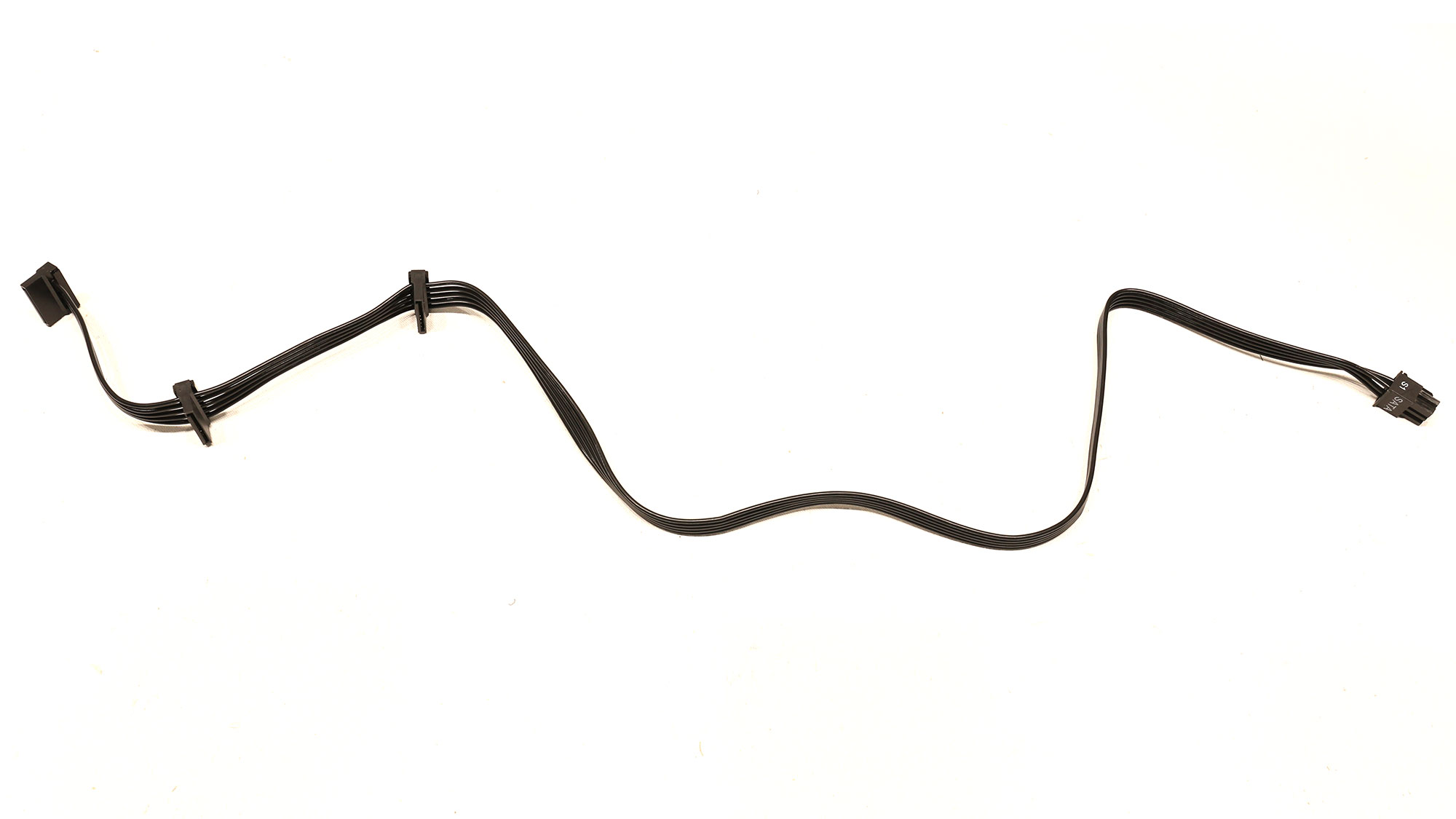
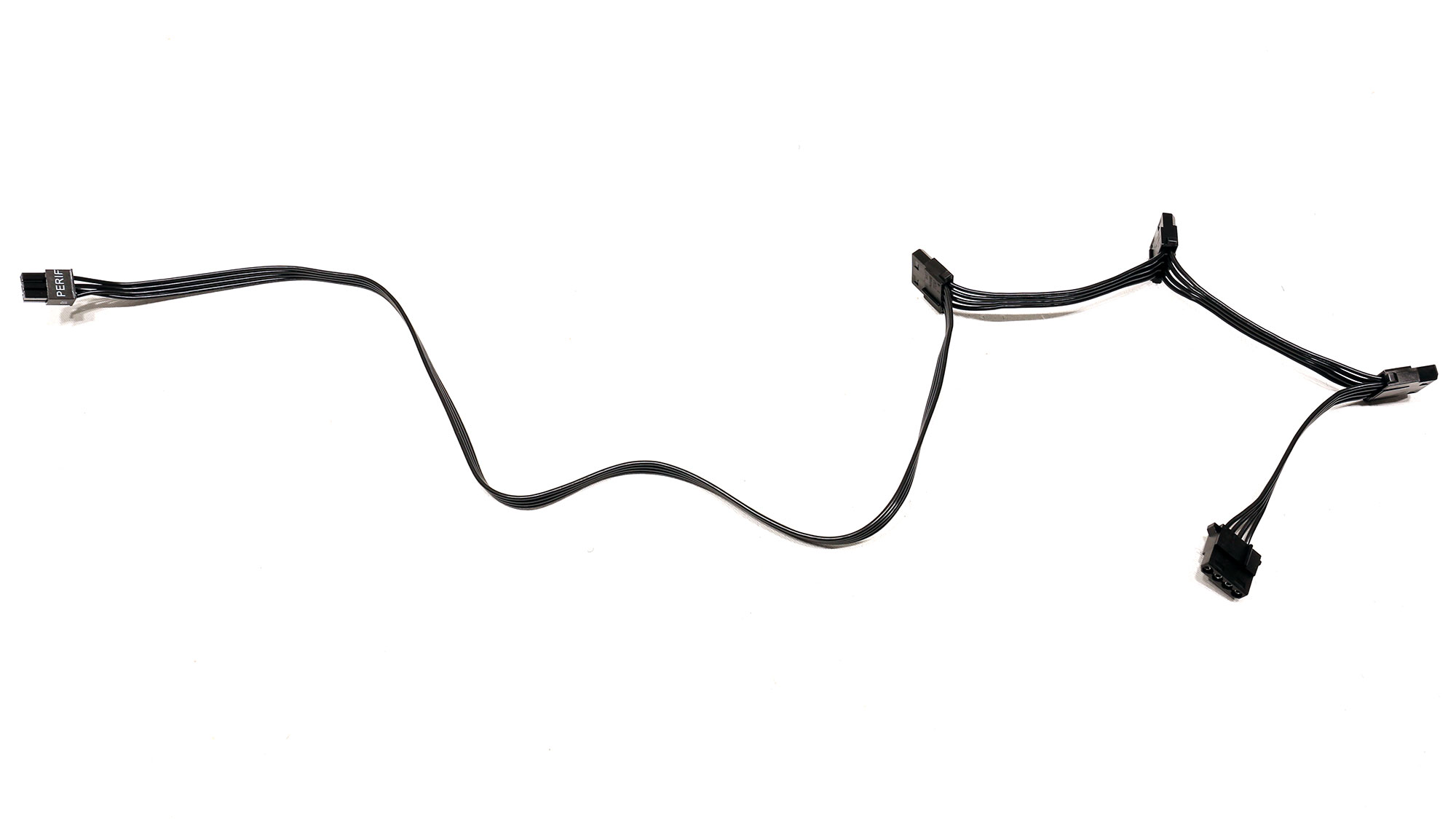
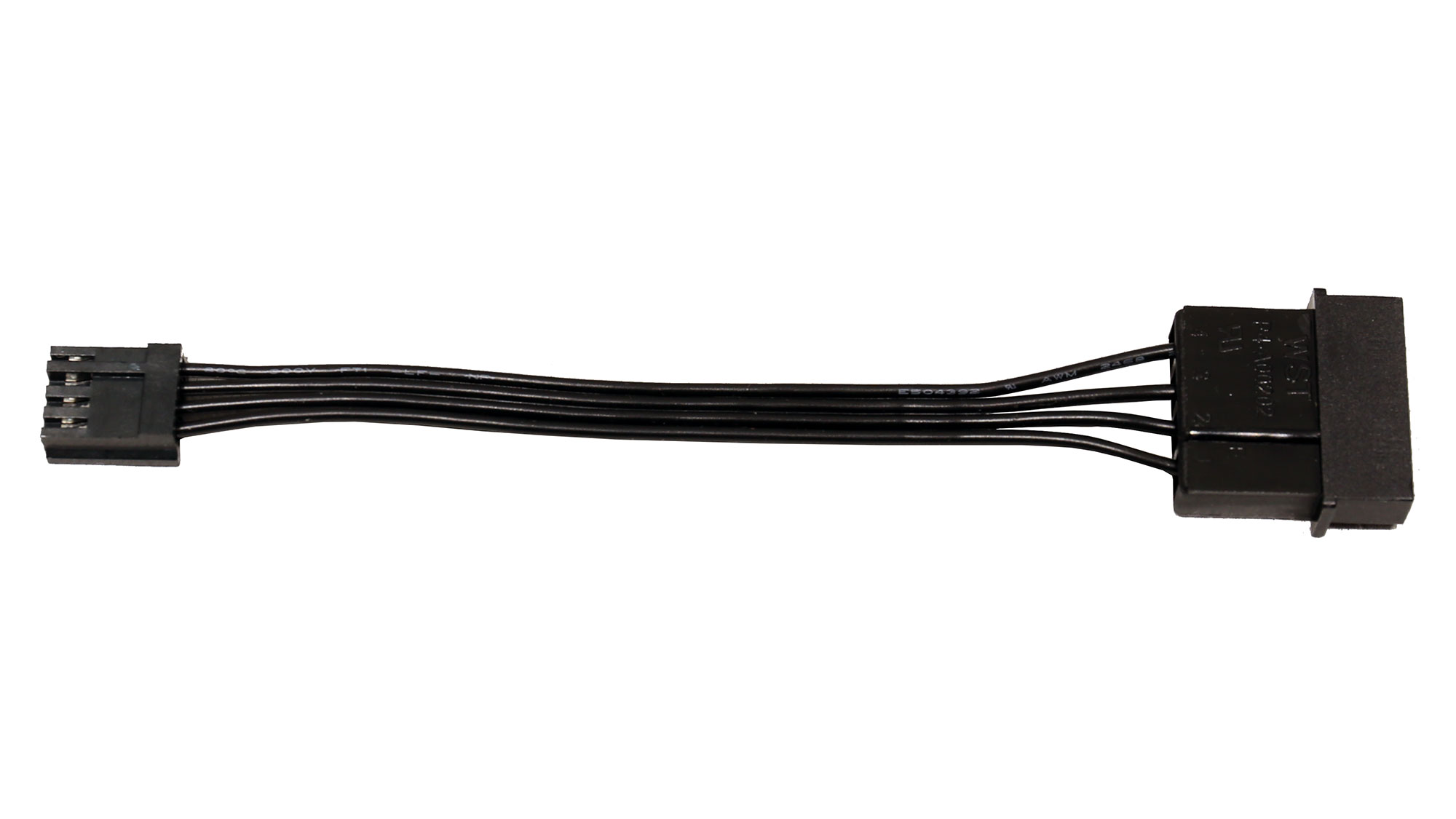
Component Analysis of EVGA SuperNOVA 750 G6
We strongly encourage you to have a look at our PSUs 101 article, which provides valuable information about PSUs and their operation, allowing you to better understand the components we're about to discuss.
| General Data | - |
| Manufacturer (OEM) | Seasonic |
| PCB Type | Double Sided |
| Primary Side | - |
| Transient Filter | 4x Y caps, 2x X caps, 2x CM chokes, 1x MOV, 1x Discharge IC |
| Inrush Protection | NTC Thermistor MF72-5D15 (5 Ohm) & Relay |
| Bridge Rectifier(s) | 2x GBU1508 (800V, 15A @ 100°C) |
| APFC MOSFETs | 2x Infineon IPA60R160P6 (600V, 15A @ 100°C, Rds(on): 0.16Ohm) |
| APFC Boost Diode | 1x STMicroelectronics STTH8S06 (600V, 8A) |
| Bulk Cap(s) | 2x Nippon Chemi-Con (420V, 330uF each or 660uF combined, 2,000h @ 105°C, KMR) |
| Main Switchers | 4x Infineon IPA60R230P6 (600V, 10.7A @ 100°C, Rds(on): 0.23Ohm) |
| APFC Controller | Champion CM6500UN |
| Resonant Controller | Champion CU6901V |
| Topology | Primary side: APFC, Full-Bridge & LLC converter Secondary side: Synchronous Rectification & DC-DC converters |
| Secondary Side | - |
| +12V MOSFETs | 4x Nexperia PSMN1R8-40YLC (40V, 200A @ 100°C, Rds(on): 1.8mOhm) |
| 5V & 3.3V | DC-DC Converters: 6x Nexperia PSMN4R0-30YLD (30V, 67A @ 100°C, Rds(on): 4mOhm) PWM Controller(s): ANPEC APW7159C |
| Filtering Capacitors |
Electrolytic: 6x Nippon Chemi-Con (2-5,000h @ 105°C, KZE), 2x Nippon Chemi-Con (4-10,000h @ 105°C, KY), 1x Nippon Chemi-Con (2,000h @ 105°C, KZH), 3x Rubycon (3-6,000h @ 105°C, YXG) Polymer: 21x Nippon Chemi-Con, 13x FPCAP |
| Supervisor IC | Weltrend WT7527RA (OCP, OVP, UVP, SCP, PG) & Weltrend WT51F104 (Firmware OPP) |
| Fan Controller | Weltrend WT51F104 |
| Fan Model | Hong Hua HA13525M12F-Z (135mm, 12V, 0.36A, Fuid DynamicBearing Fan) |
| 5VSB Circuit | - |
| Rectifier | 1x M.C.C. MBR1045ULPS SBR (45V, 10A) |
| Standby PWM Controller | Excelliance MOS EM8569C |
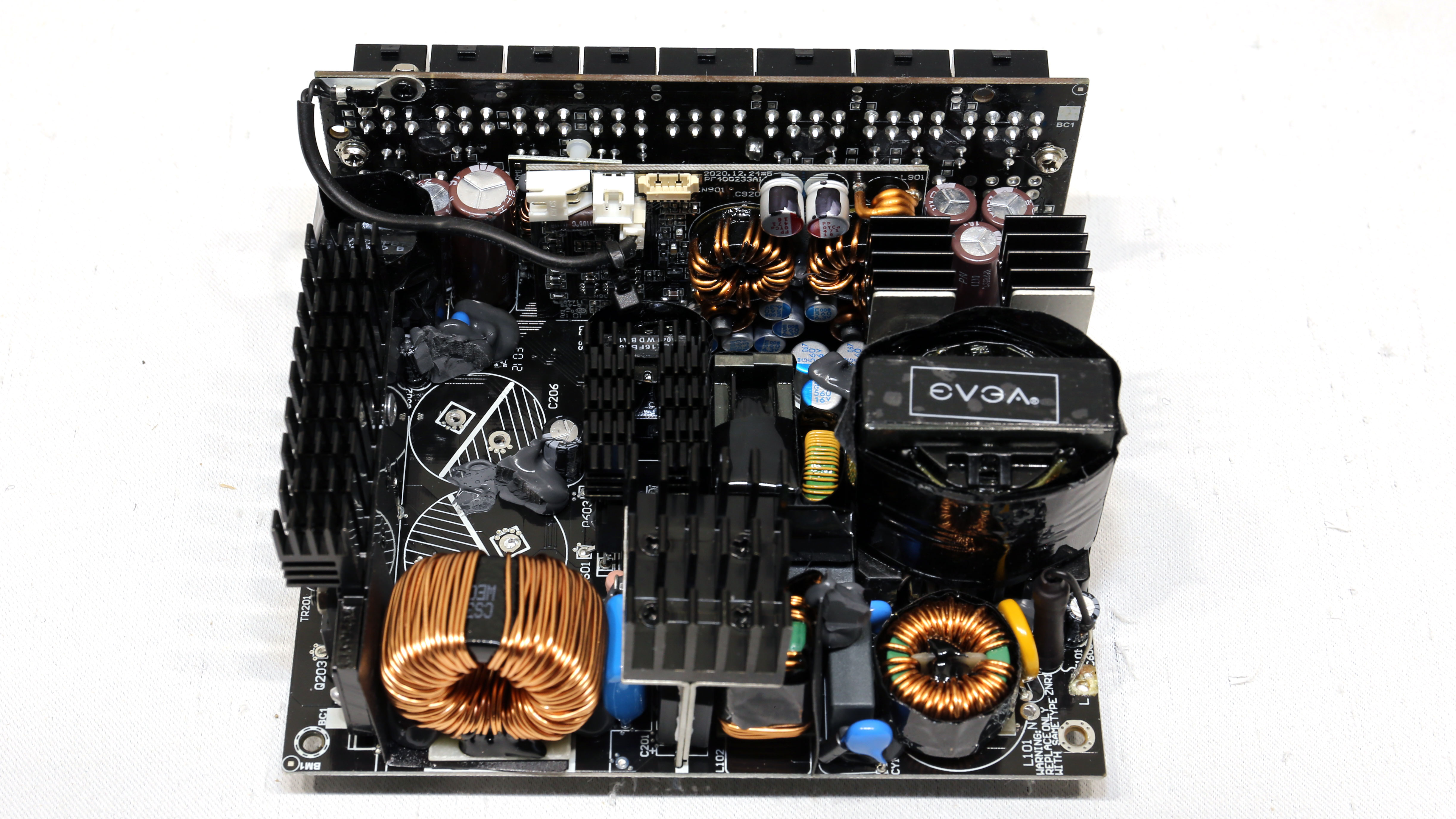
Platform
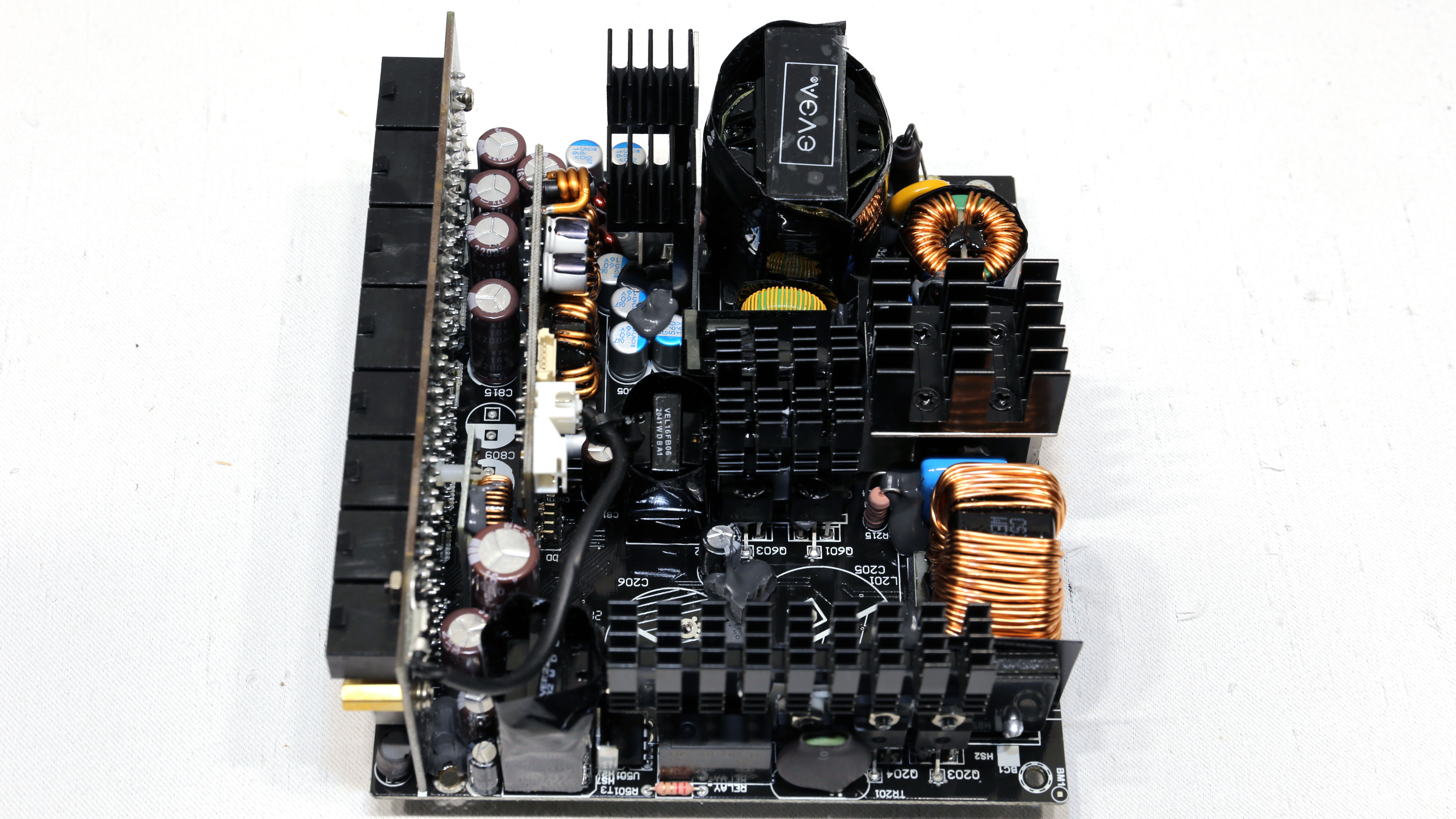
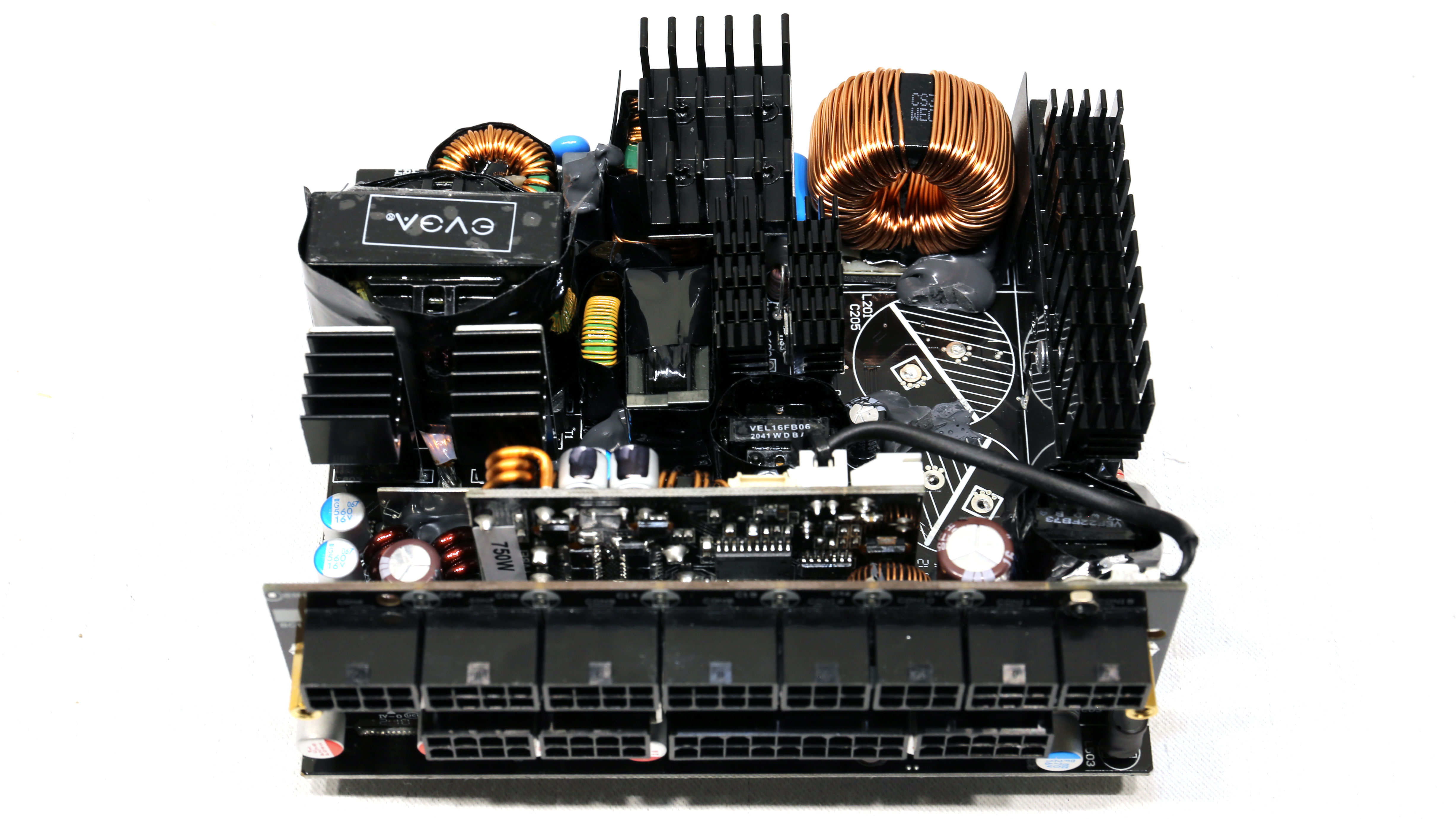
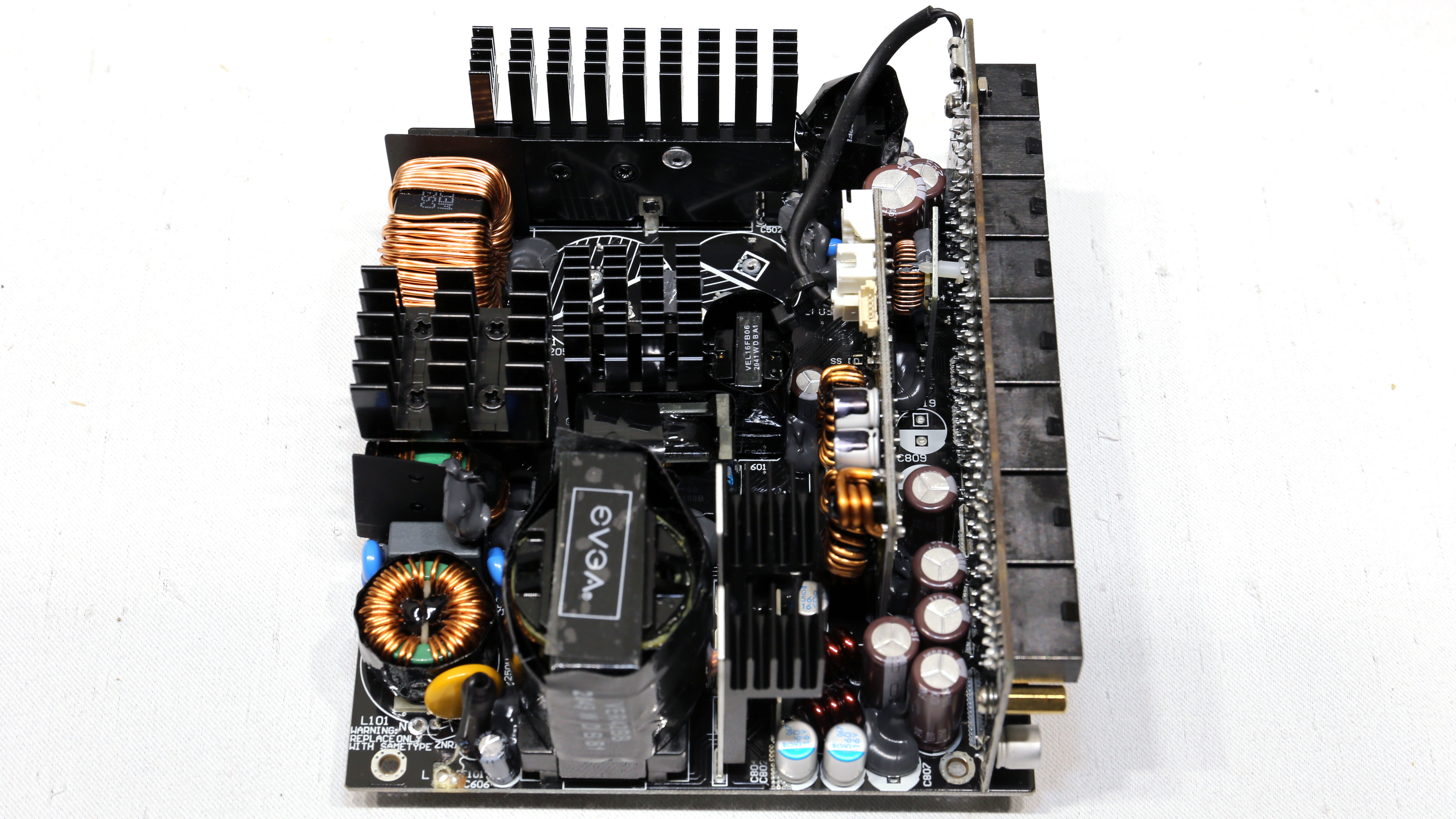
EVGA asked Seasonic to make several changes to its Focus Gold platform for the G6 models. The most important change is the addition of an MCU for controlling the fan speed profile. The same MCU also handles firmware over power protection and over temperature protection. The cable connecting the MCU with the NTC thermistor, located on the modular PCB, looks awkward, but it would cost much for a complete redesign of the PCB, so this was the easiest way.
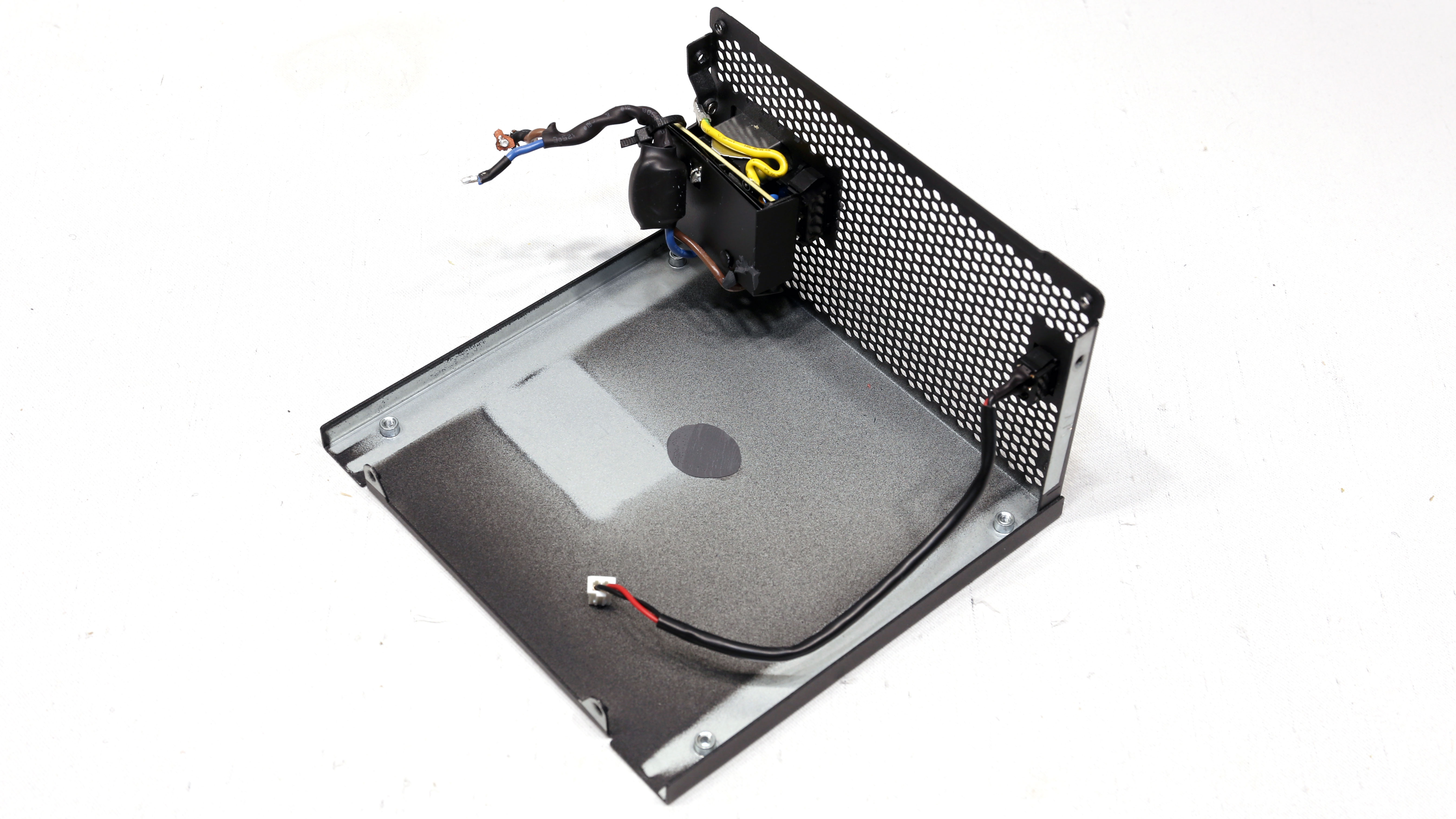
Transient Filter
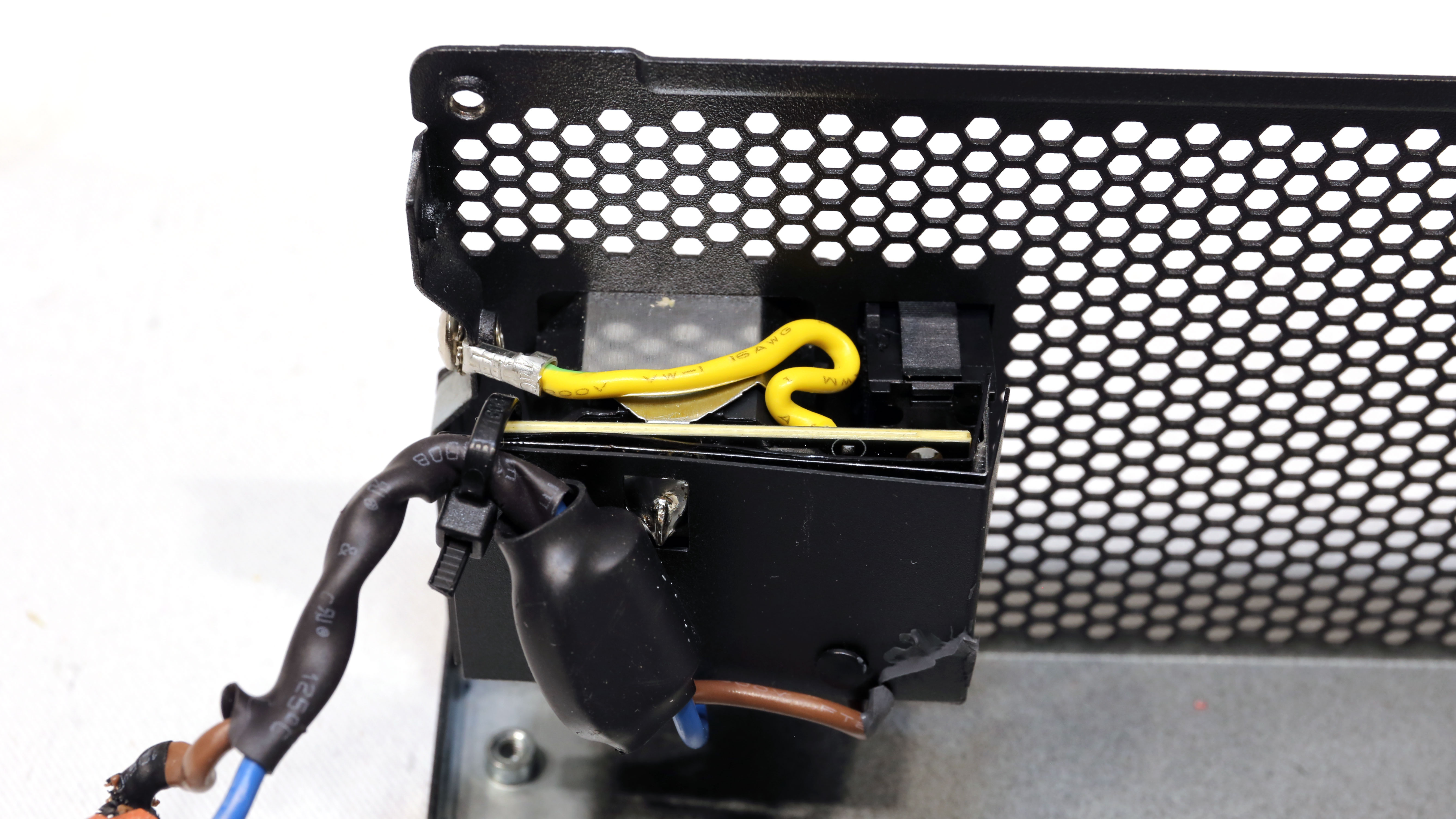
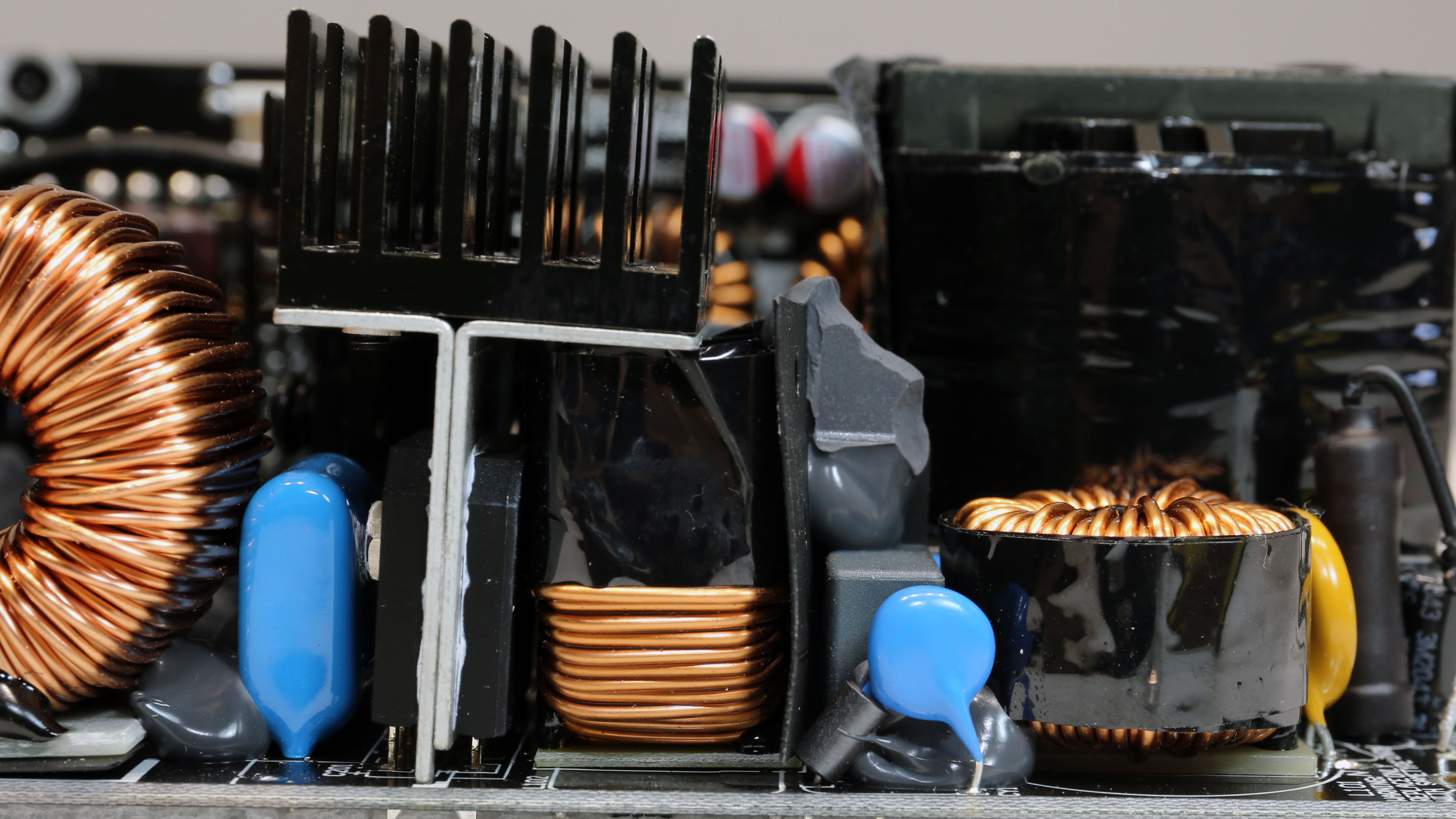
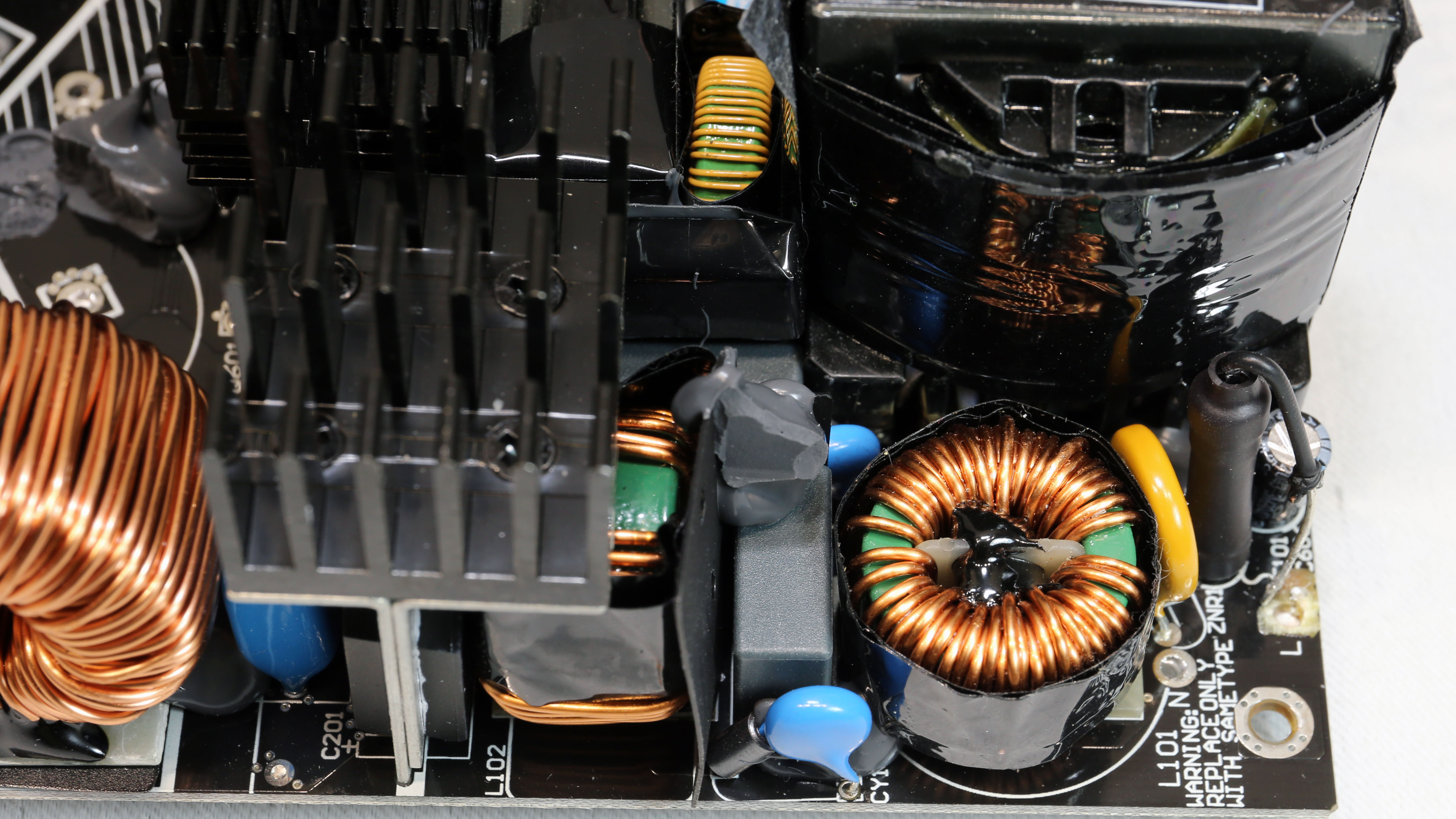
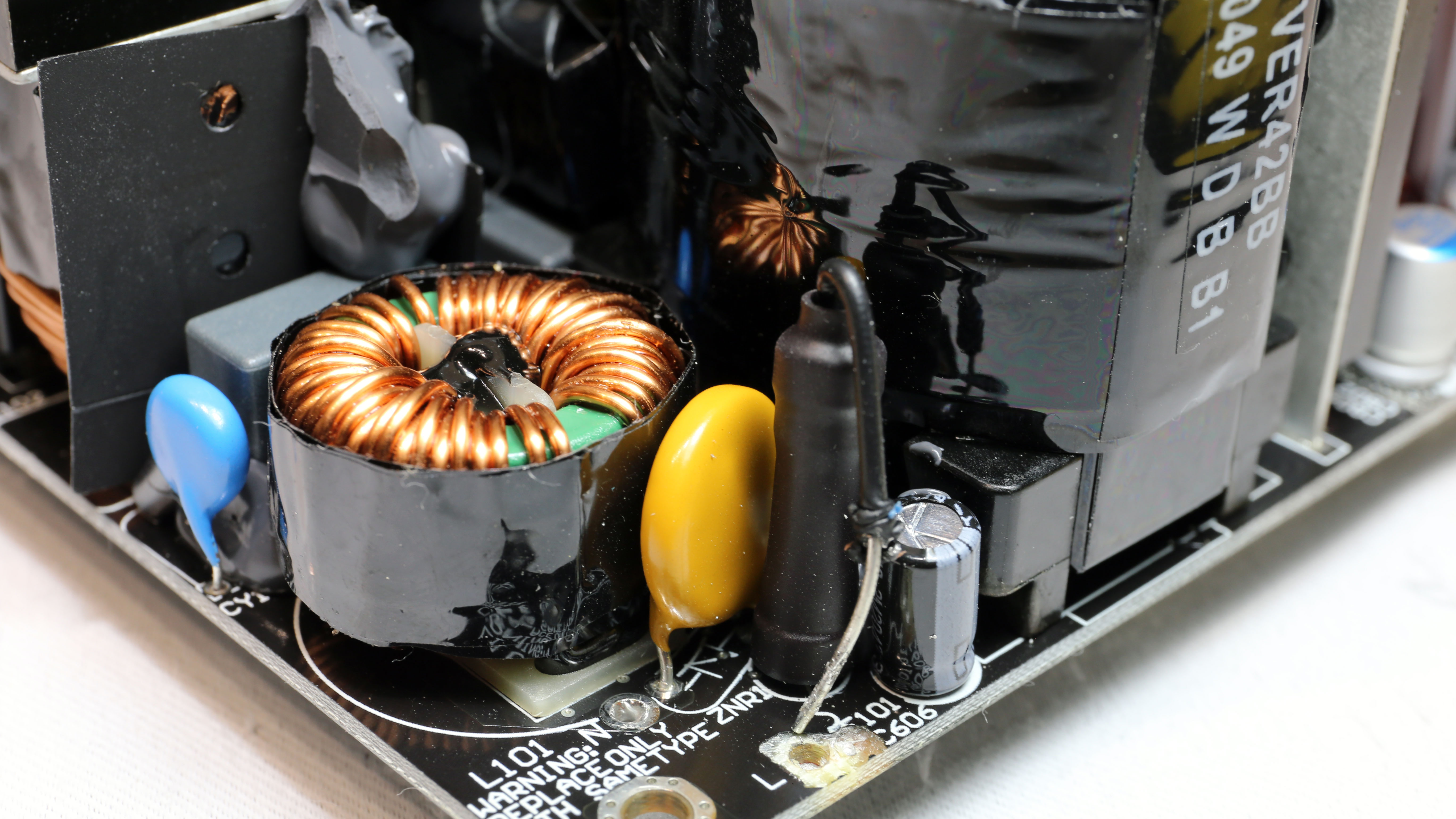
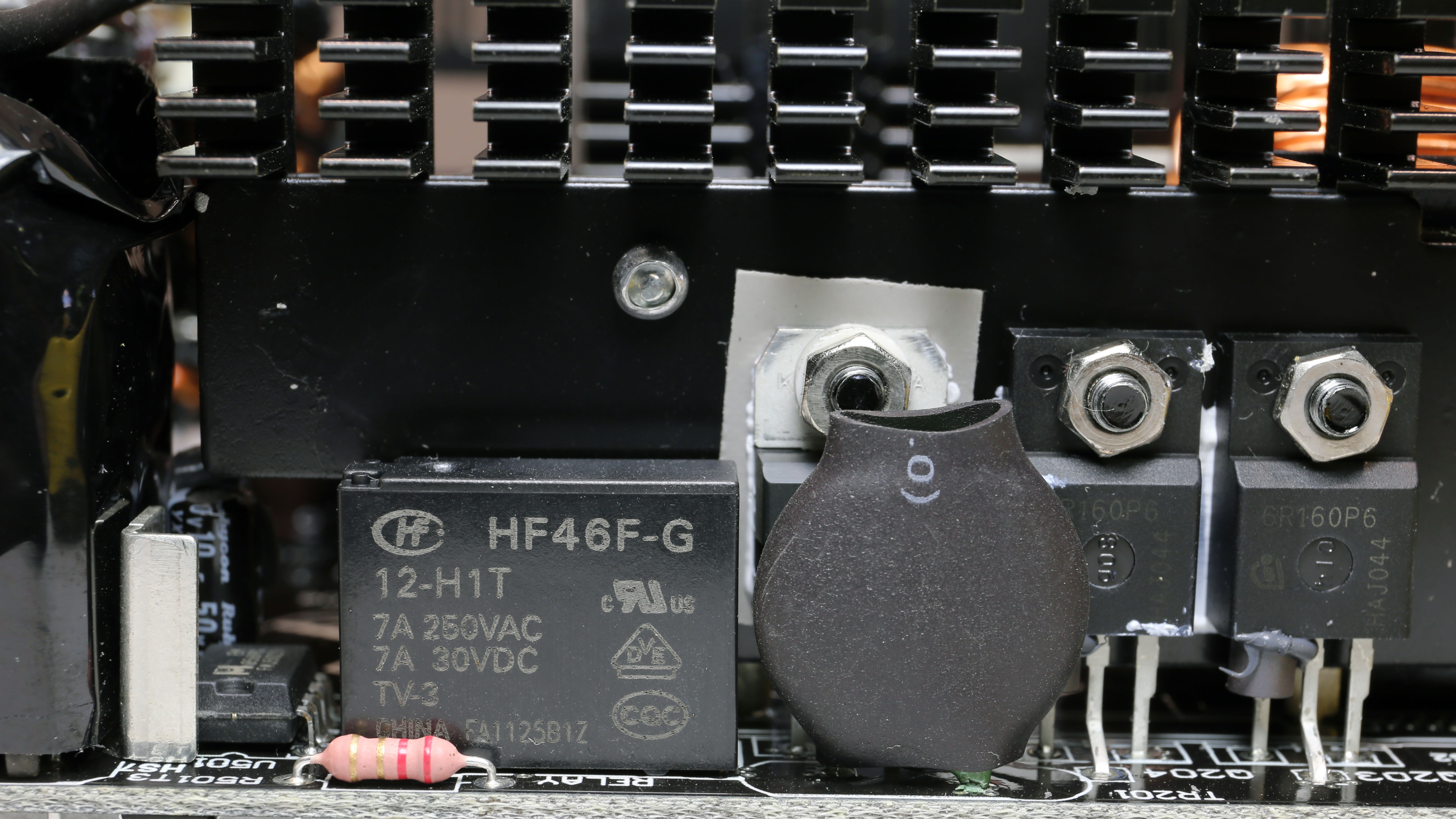
The transient/EMI filter uses four Y and two X caps, two CM chokes, and a discharge IC, which basses the bleeding resistors used by the X caps when power is applied to the PSU. This way, efficiency gets a small boost. An MOV protects against power surges, and an NTC thermistor and relay combo handle large inrush currents.
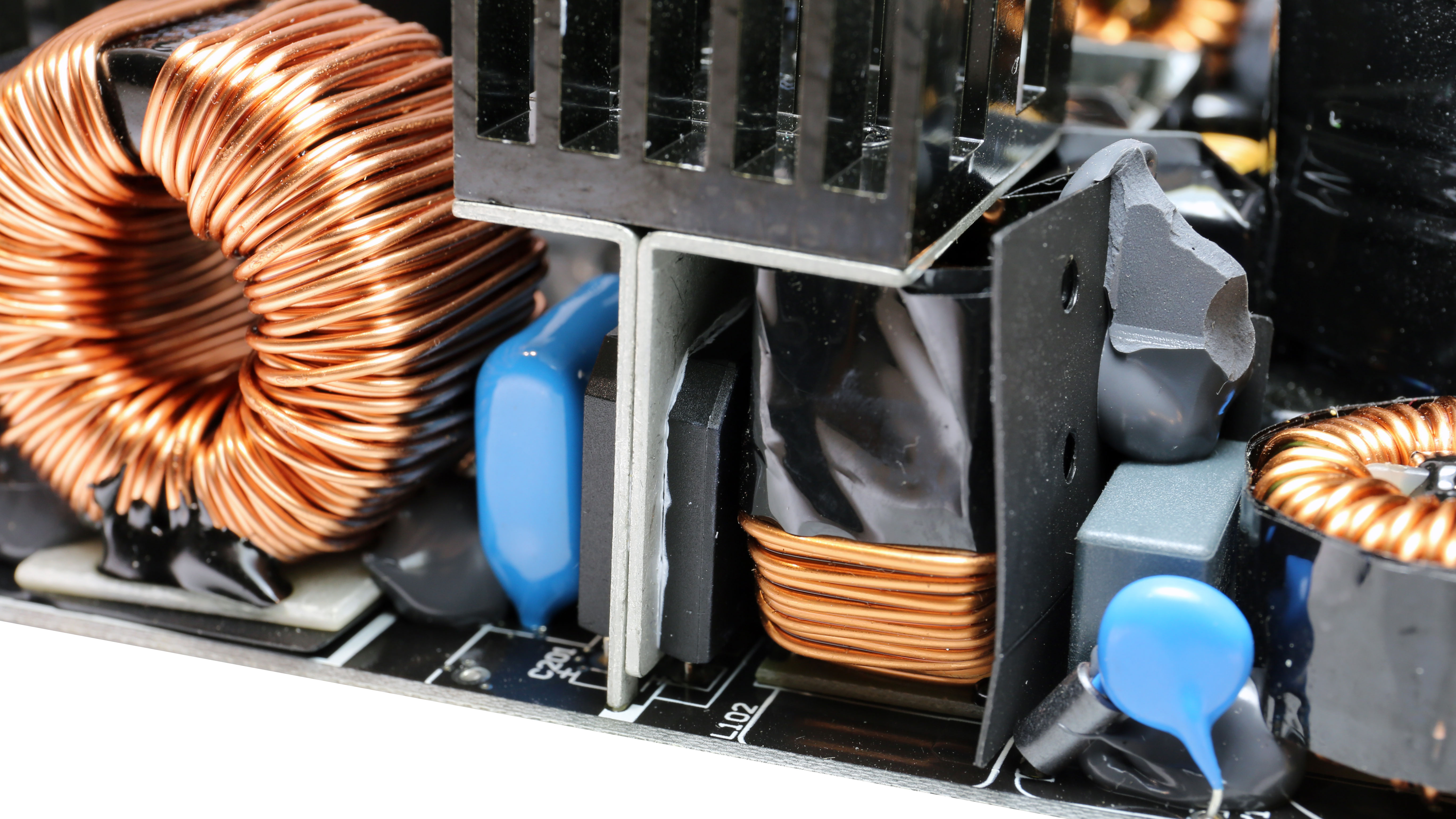
Bridge Rectifiers
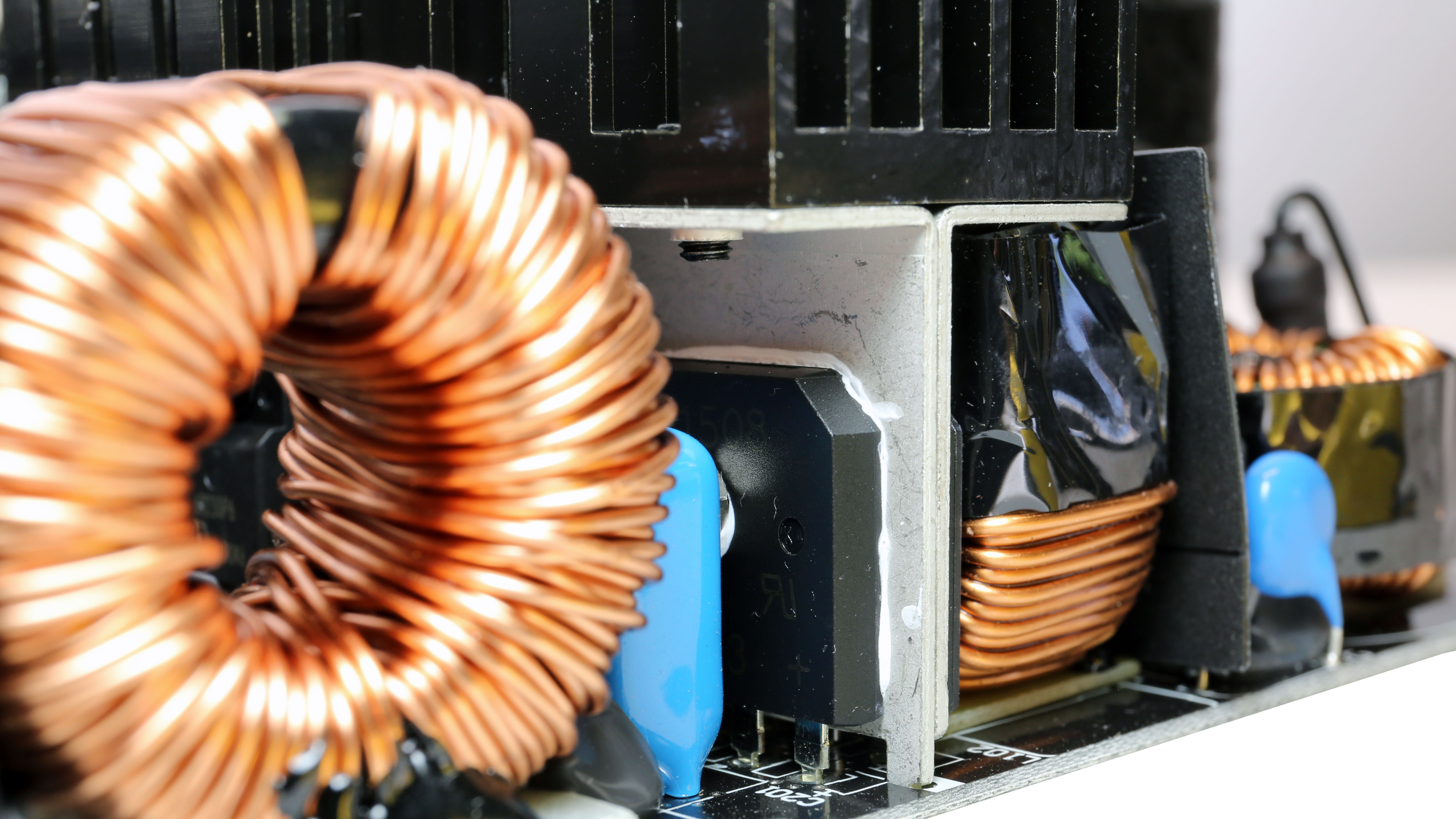
The pair of bridge rectifiers can handle up to 30 Amps. They are installed on a leaning heat sink, to allow for more airflow to the APFC's input capacitor.
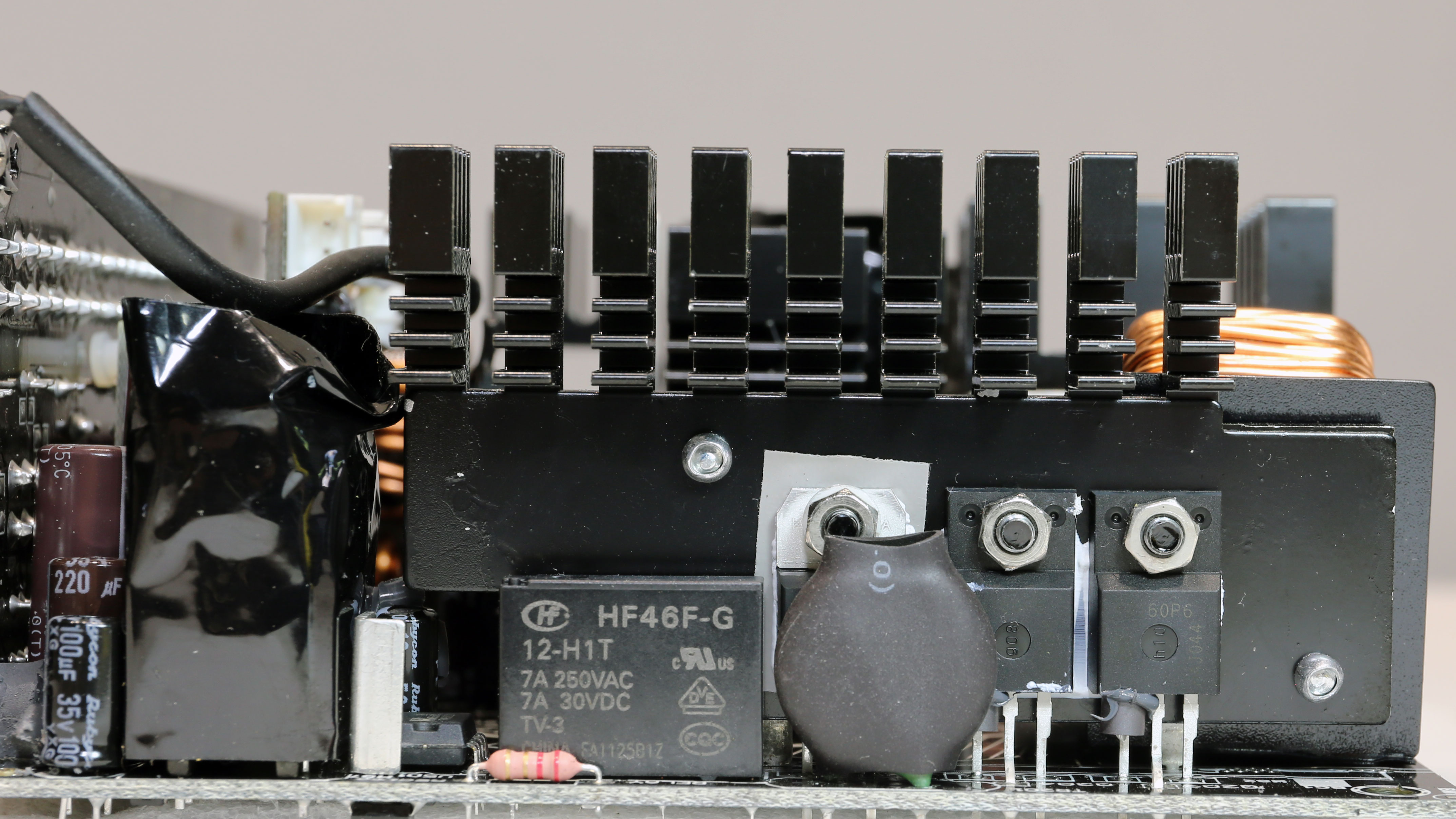
APFC Converter
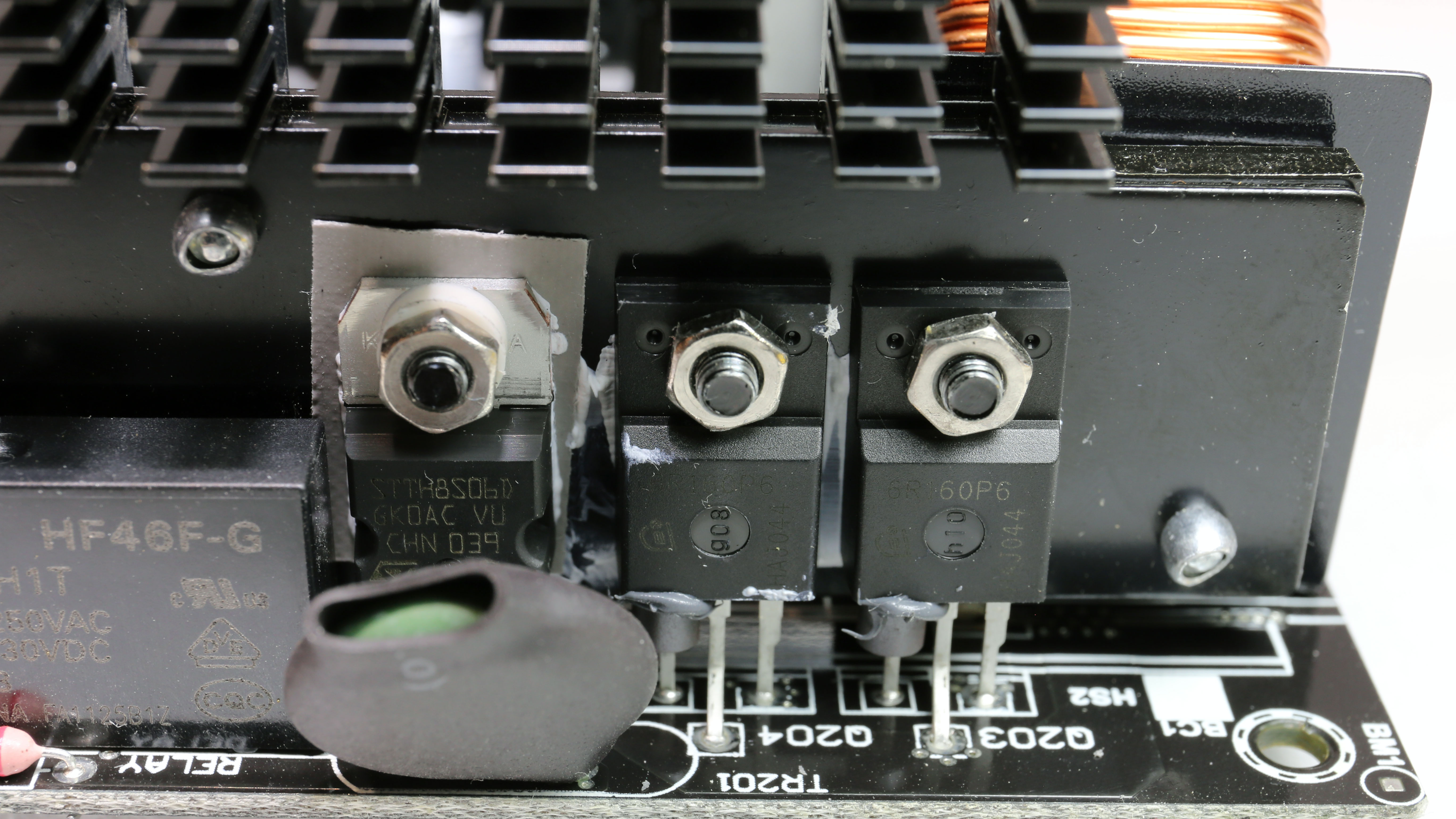
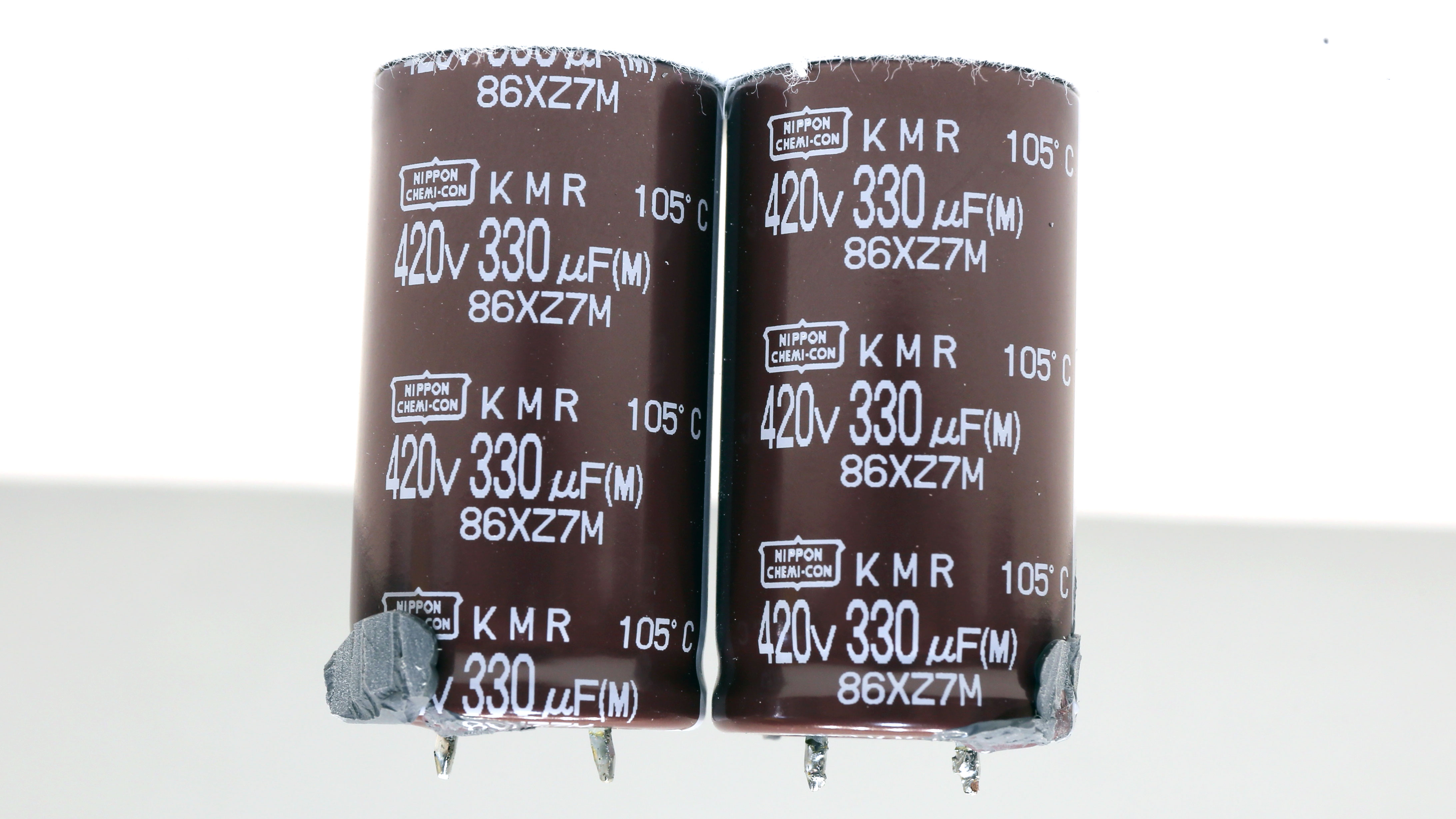
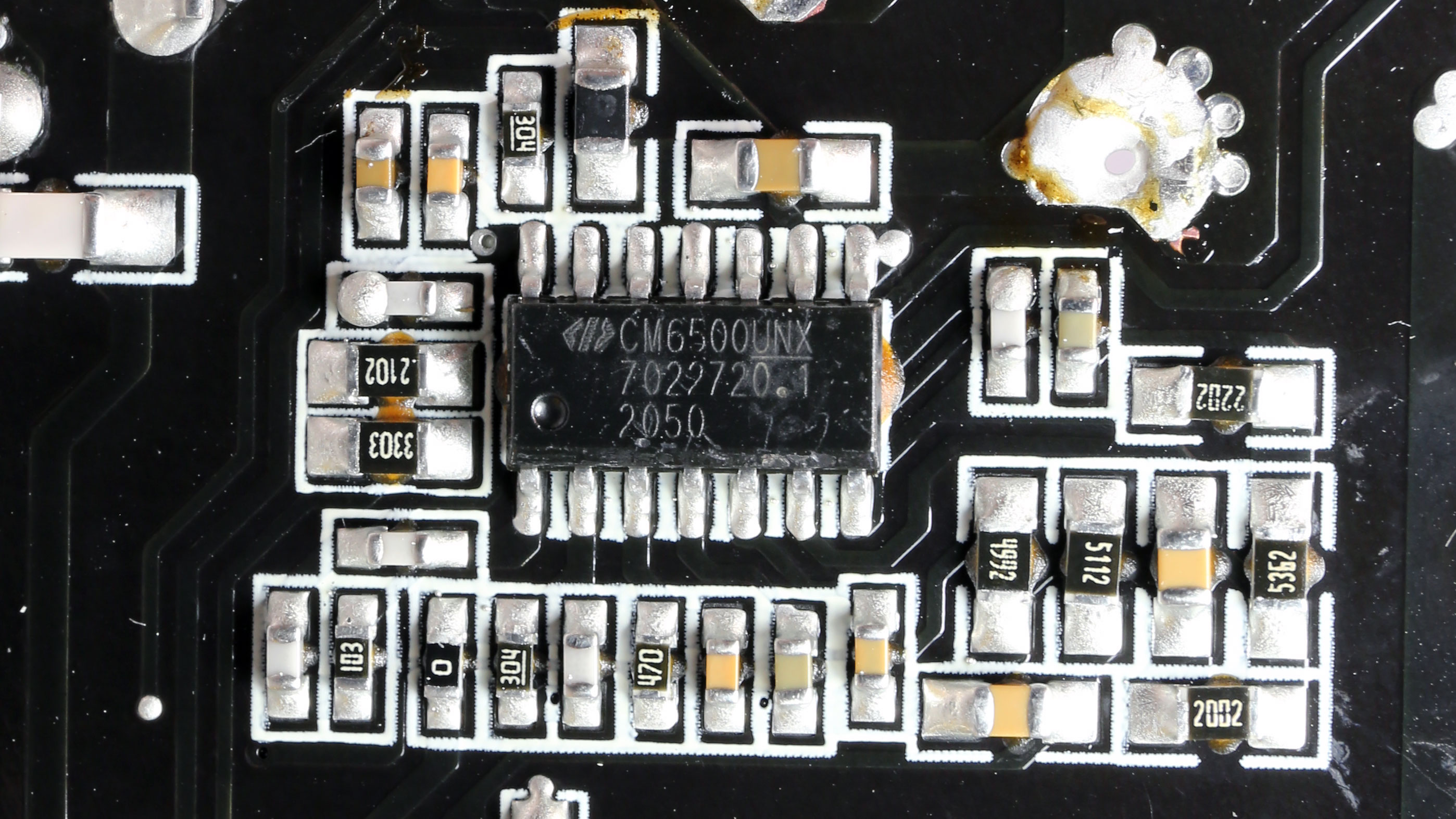
The APFC converter uses two Infineon FETs and a single boost diode. The bulk caps are provided by Chemi-Con and besides enough capacity, they are of high quality, too.
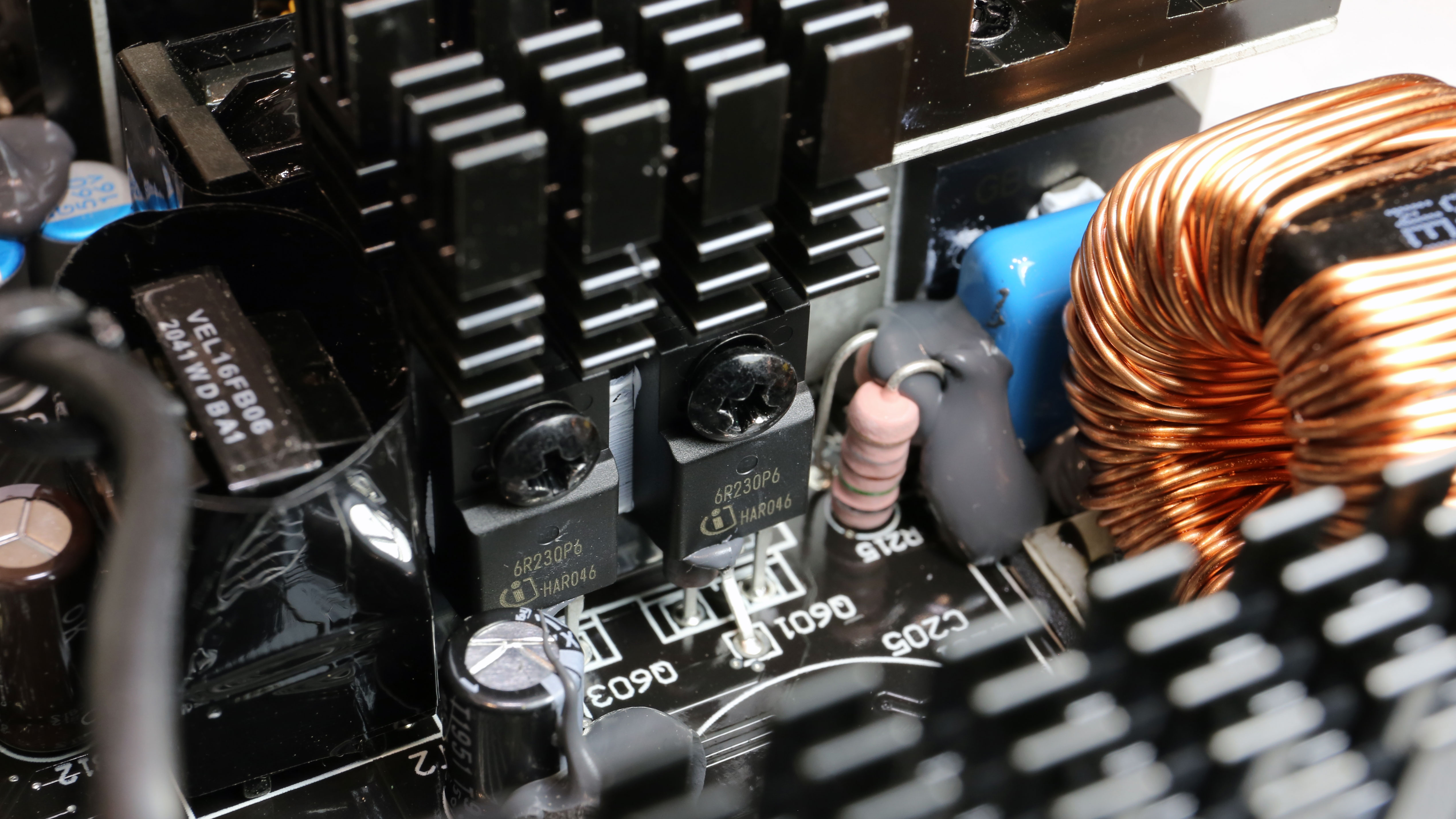
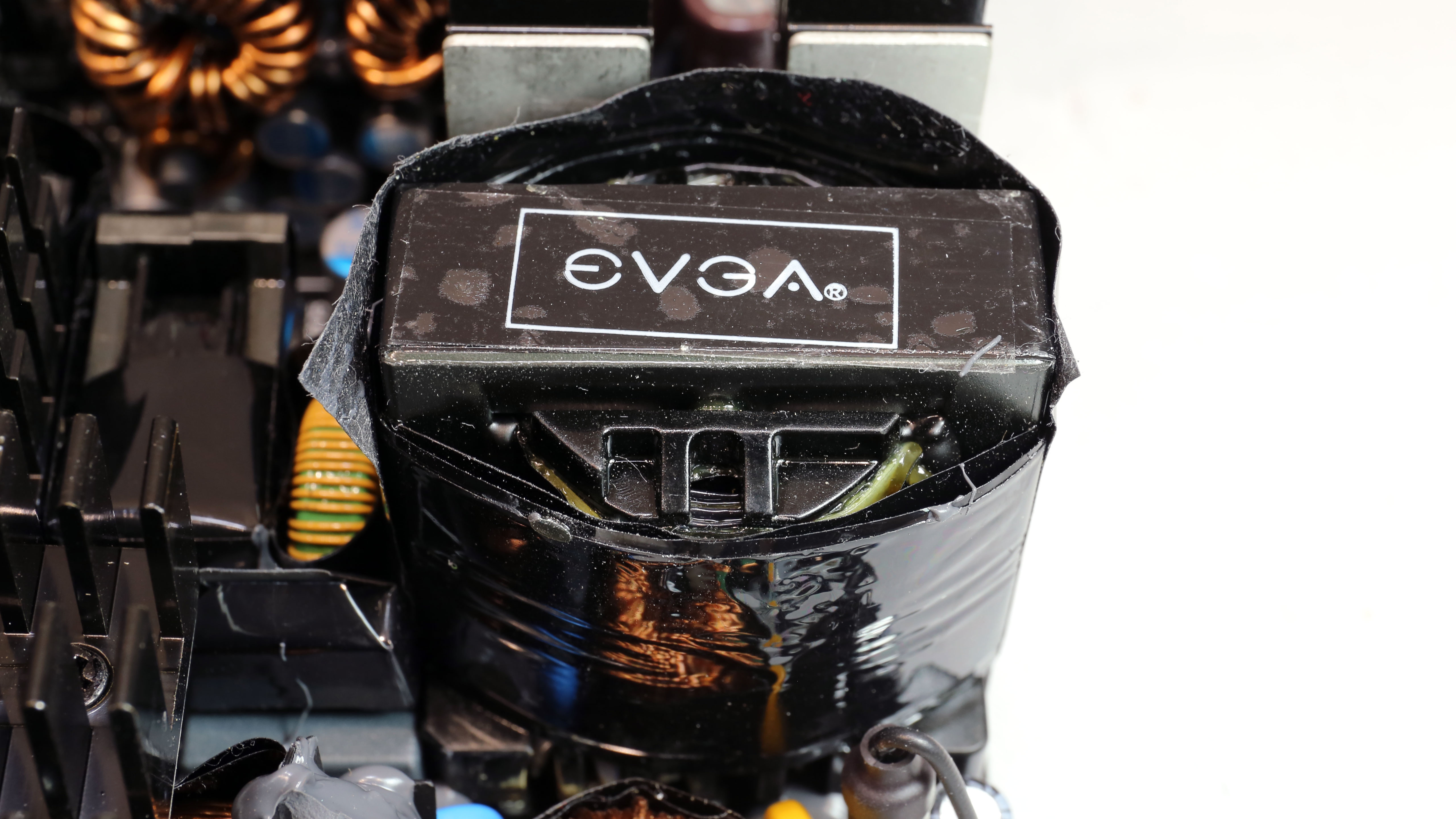
Main FETs
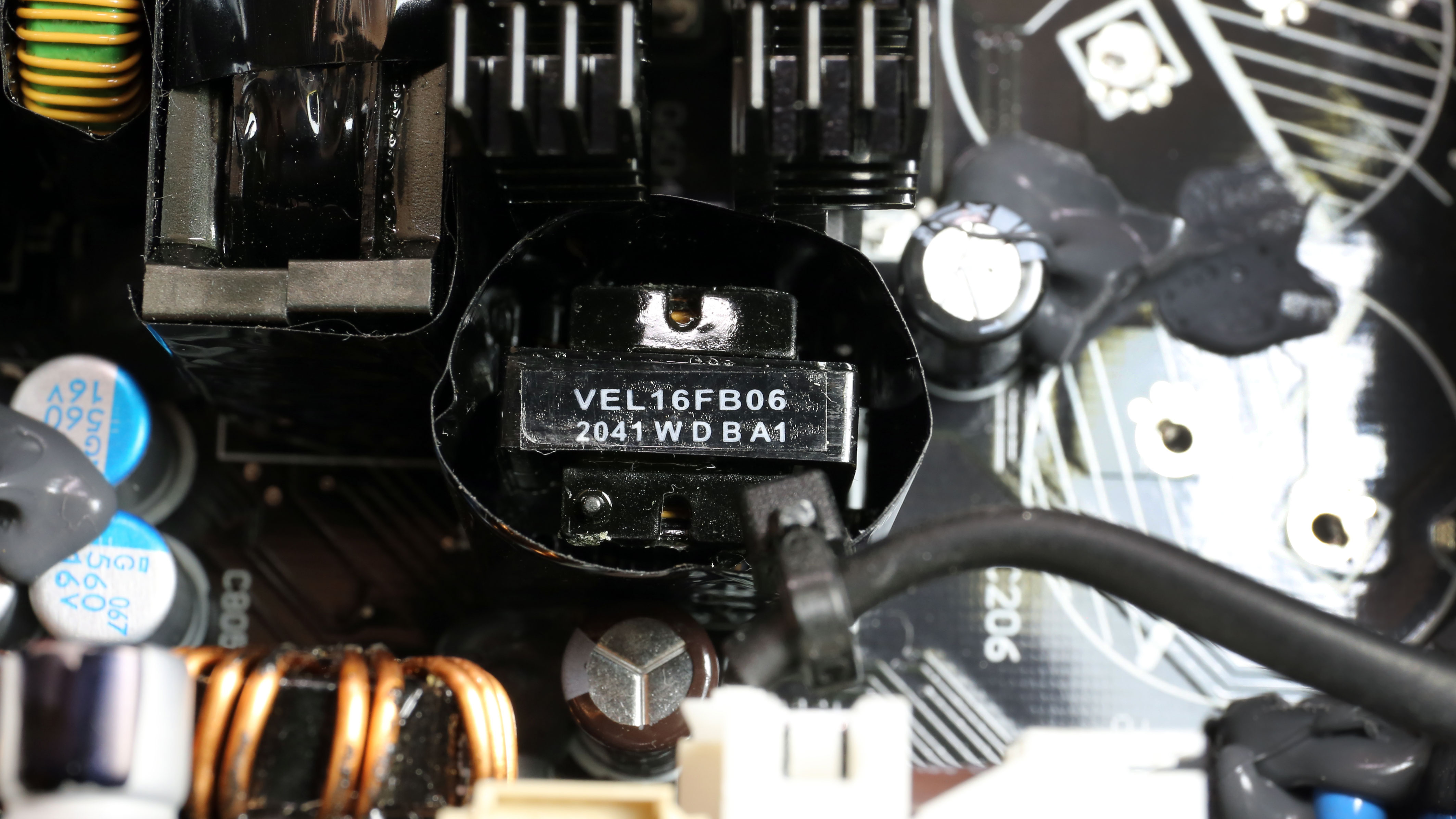
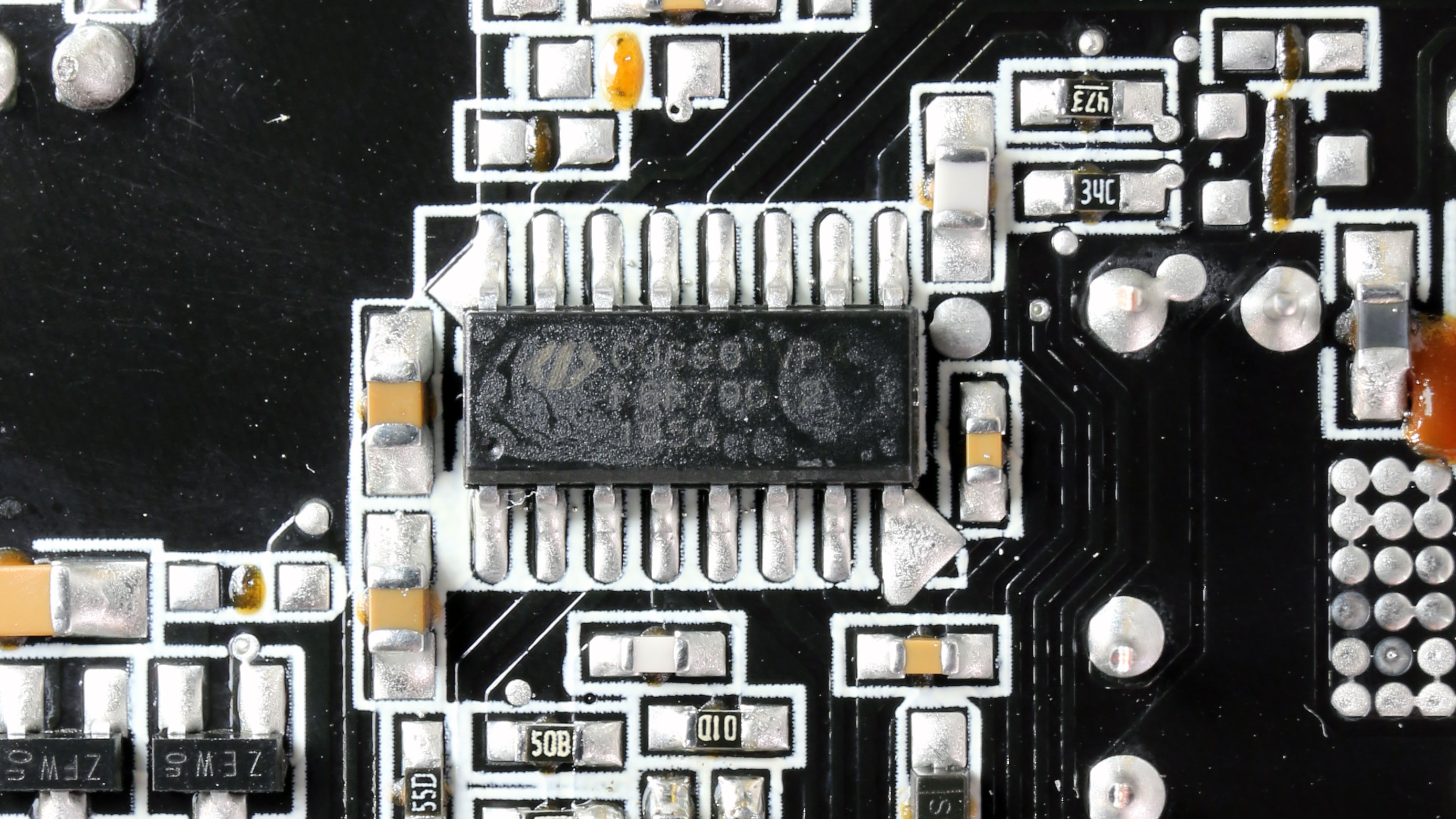
The main FETs, four Infineon IPA60R230P6, are installed into a full-bridge topology.
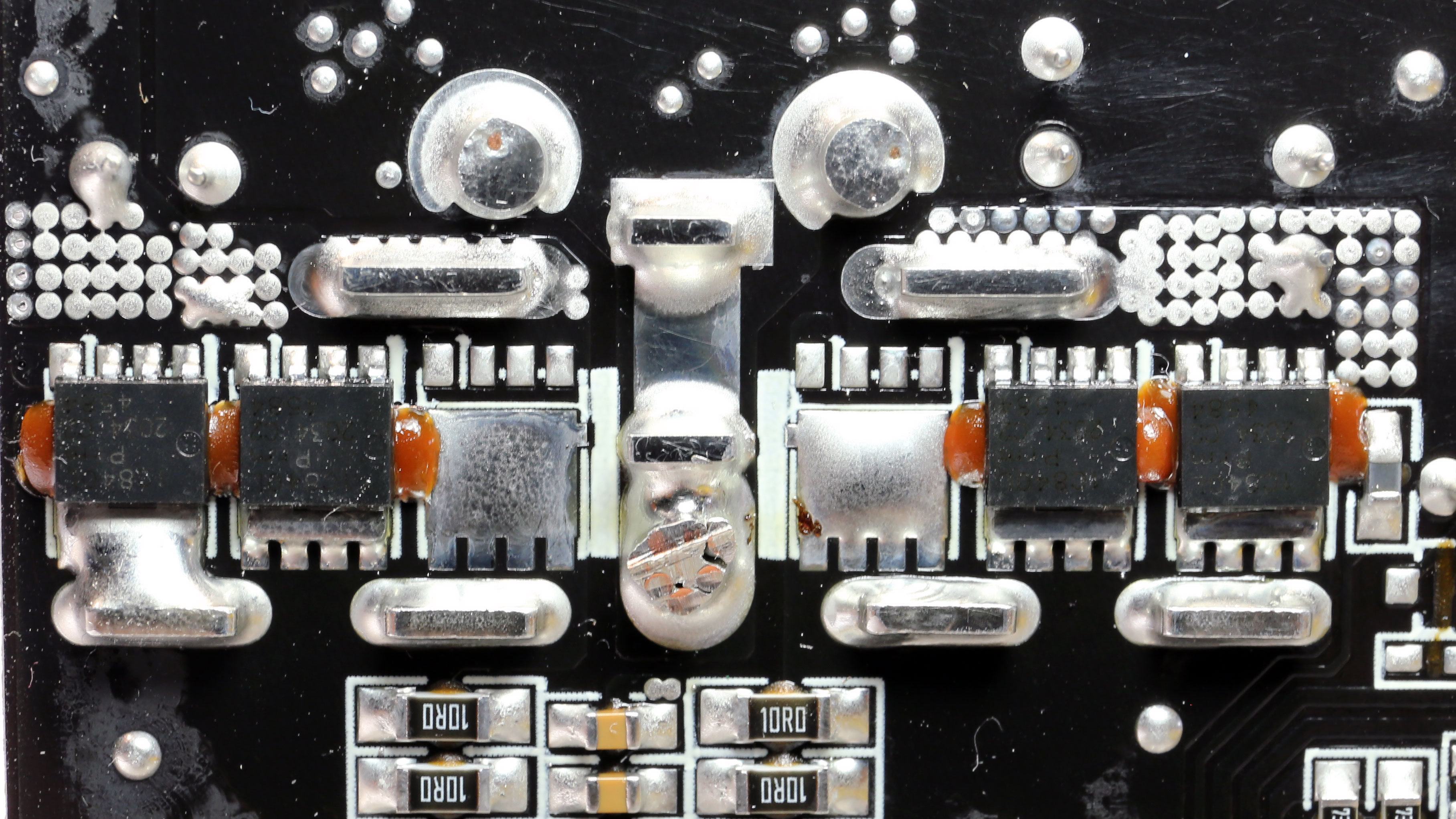
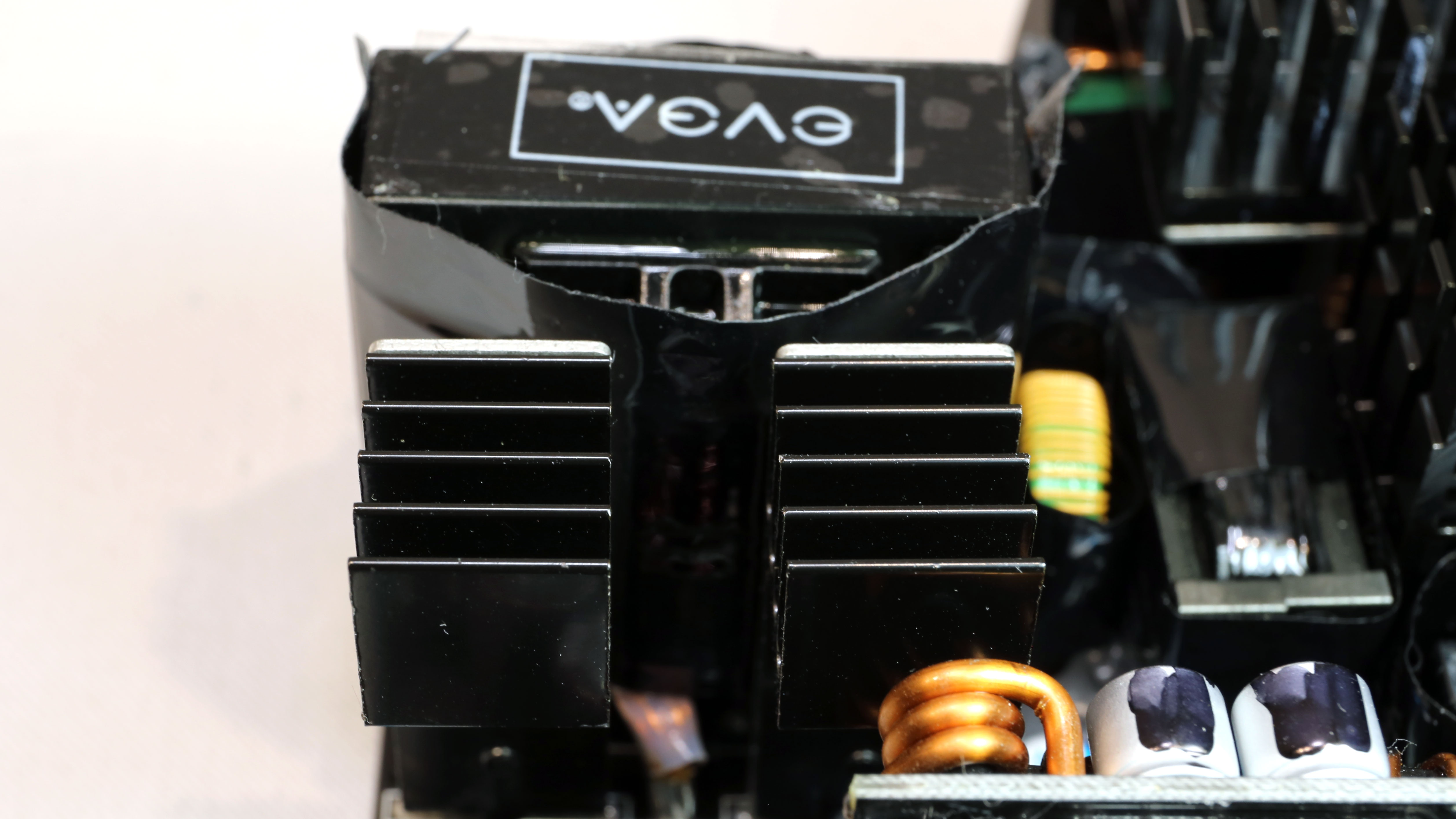
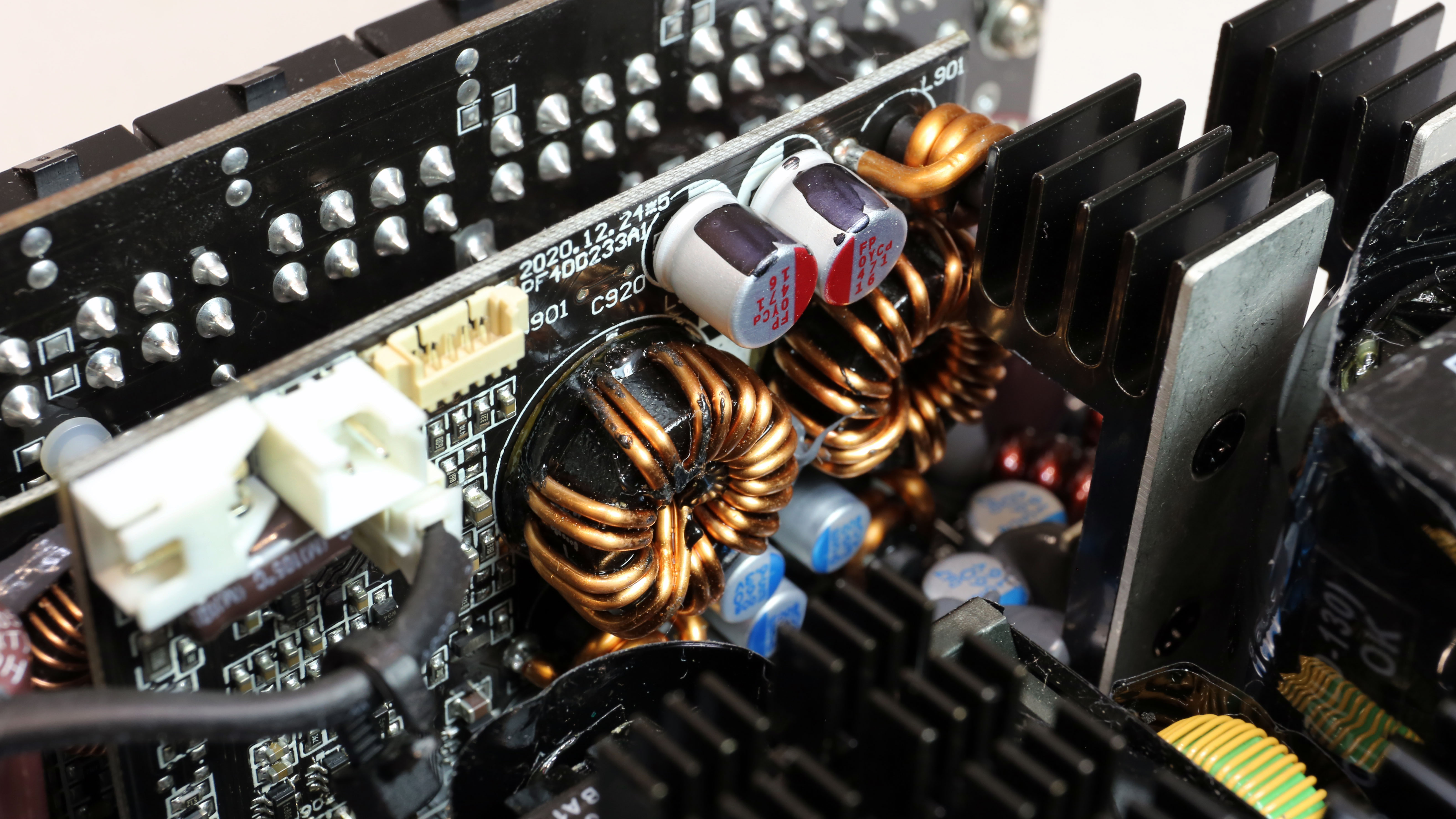
12V and Minor Rails
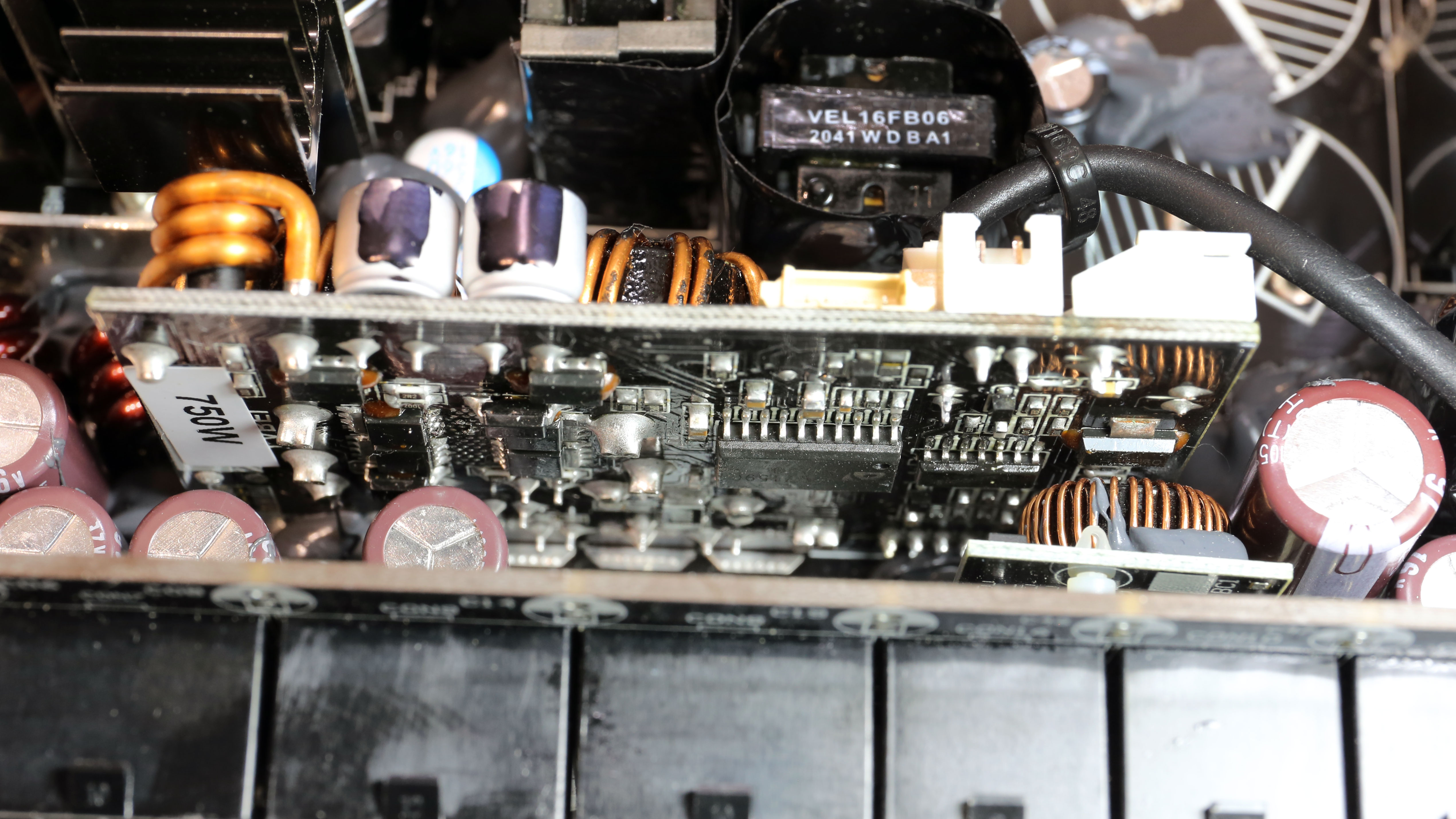
Four Nexperia FETs handle the 12V rail, while the minor rails are generated through a pair of DC-DC converters. The latter use six Nexperia FETs, and the joint PWM controller is an ANPEC APW7159C.
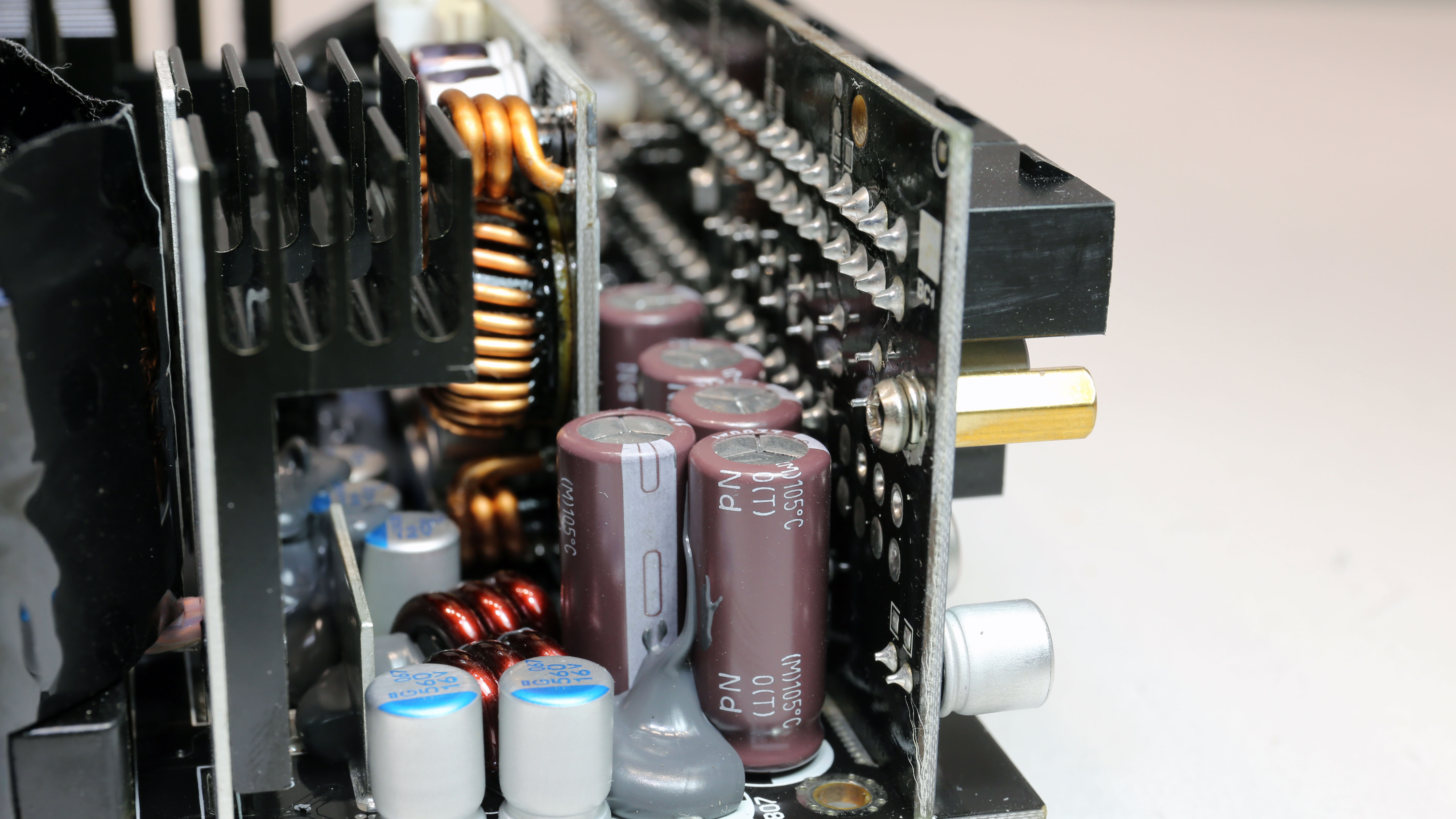
Filtering Caps
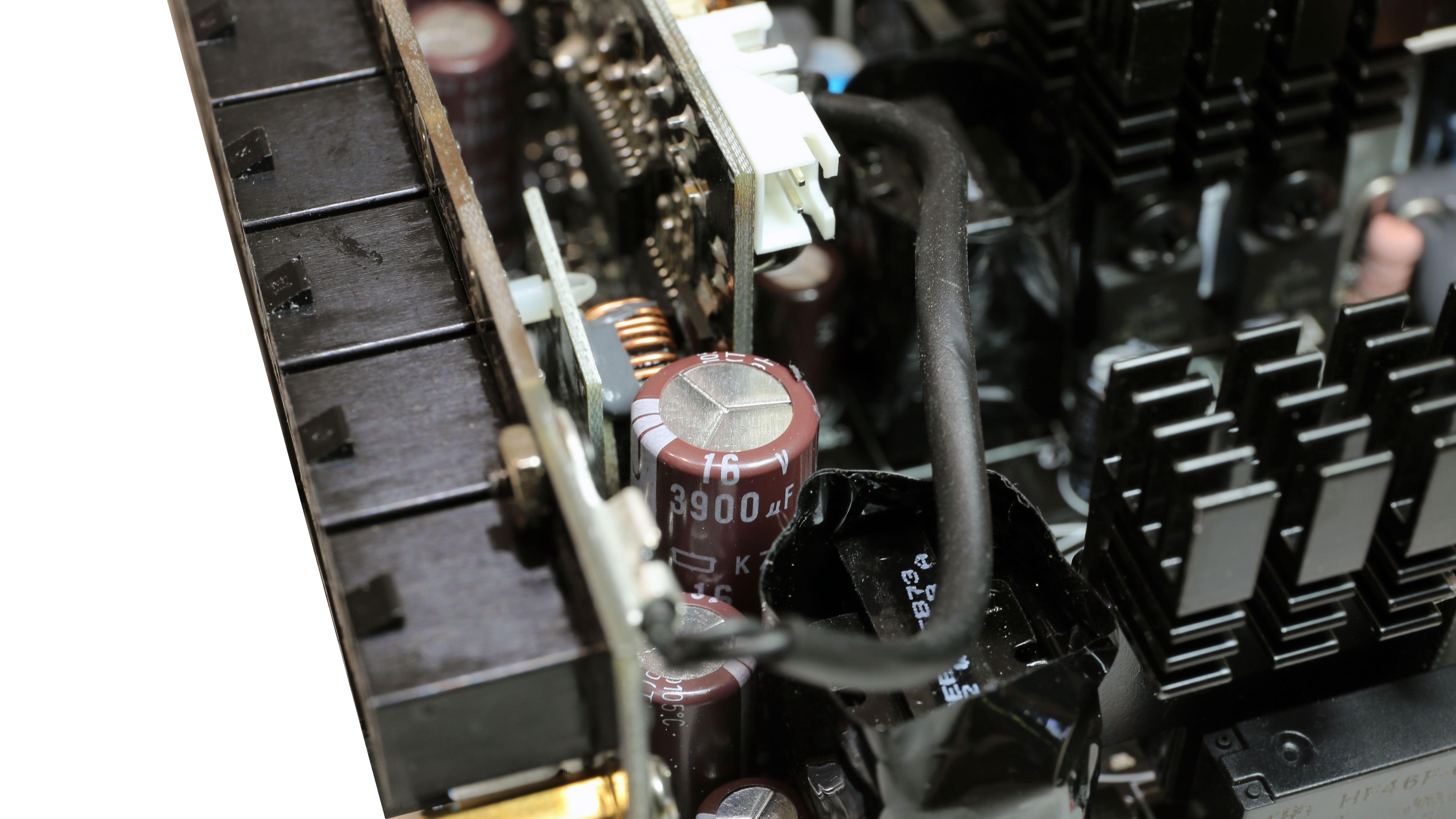
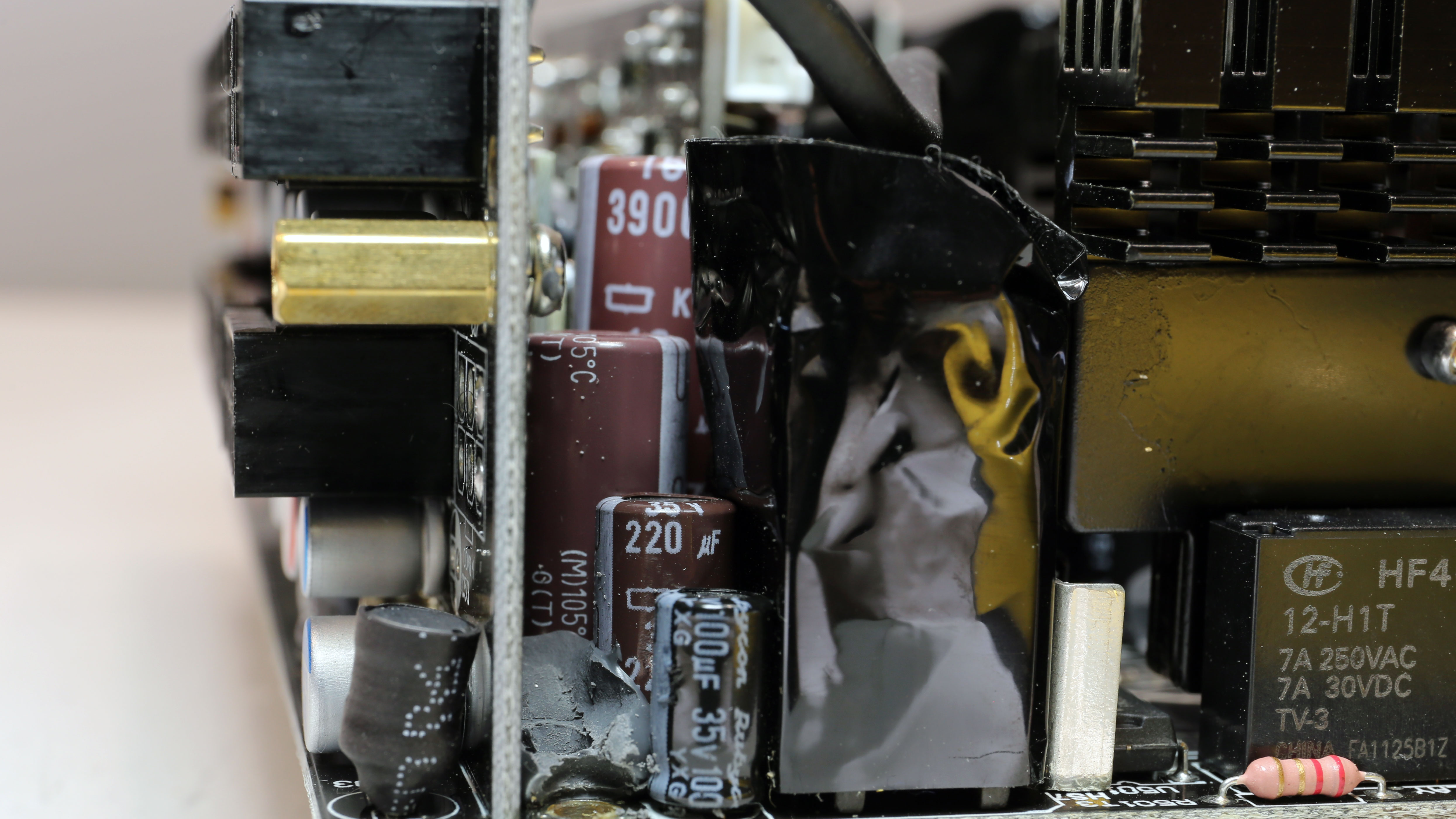
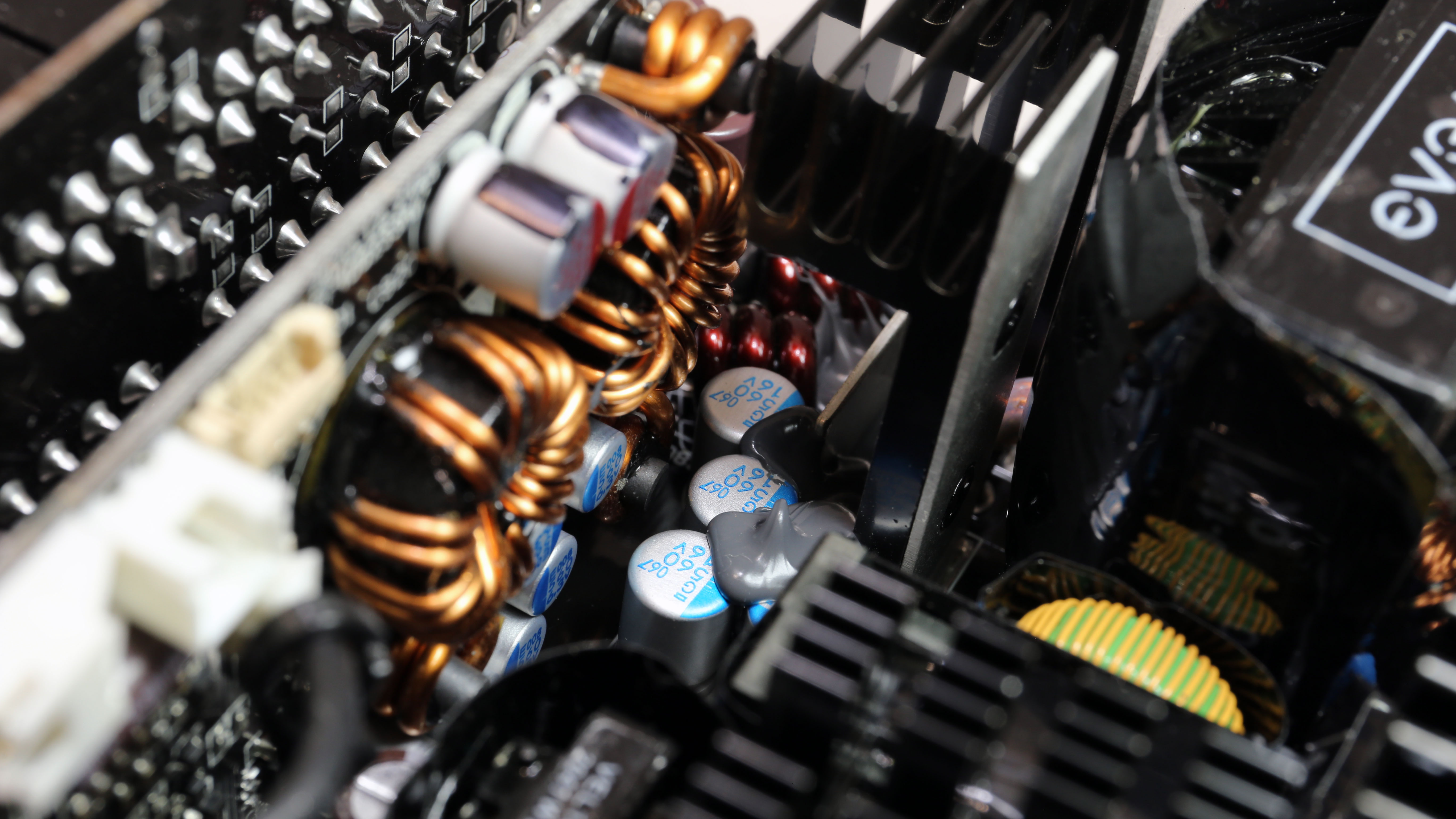
The electrolytic caps on the secondary side are provided by Chemi-Con and Rubycon and are of good quality to outlive the ten-year warranty. Lots of polymer caps are also used by Chemi-Con and FPCAP.
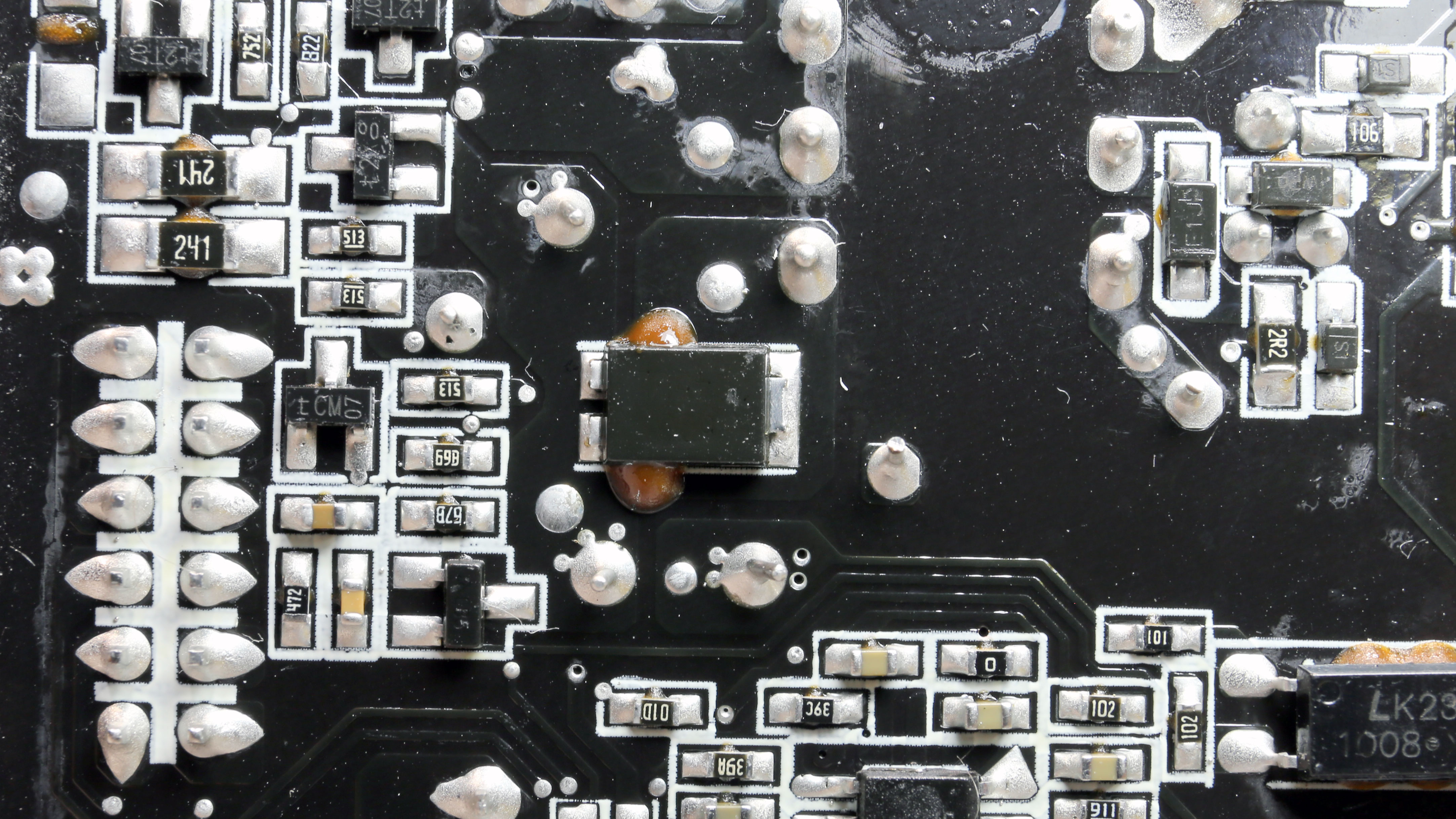
5VSB
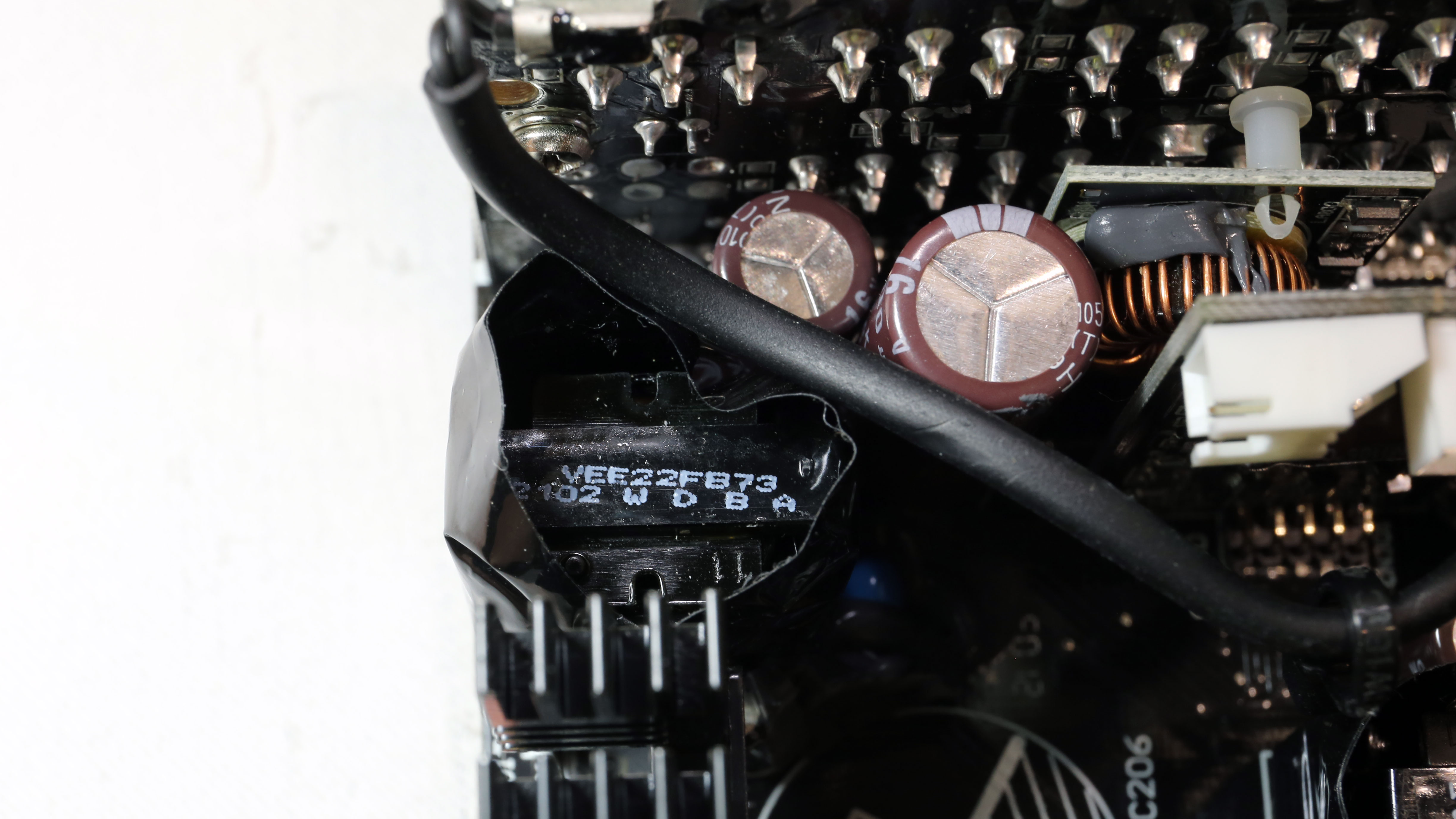
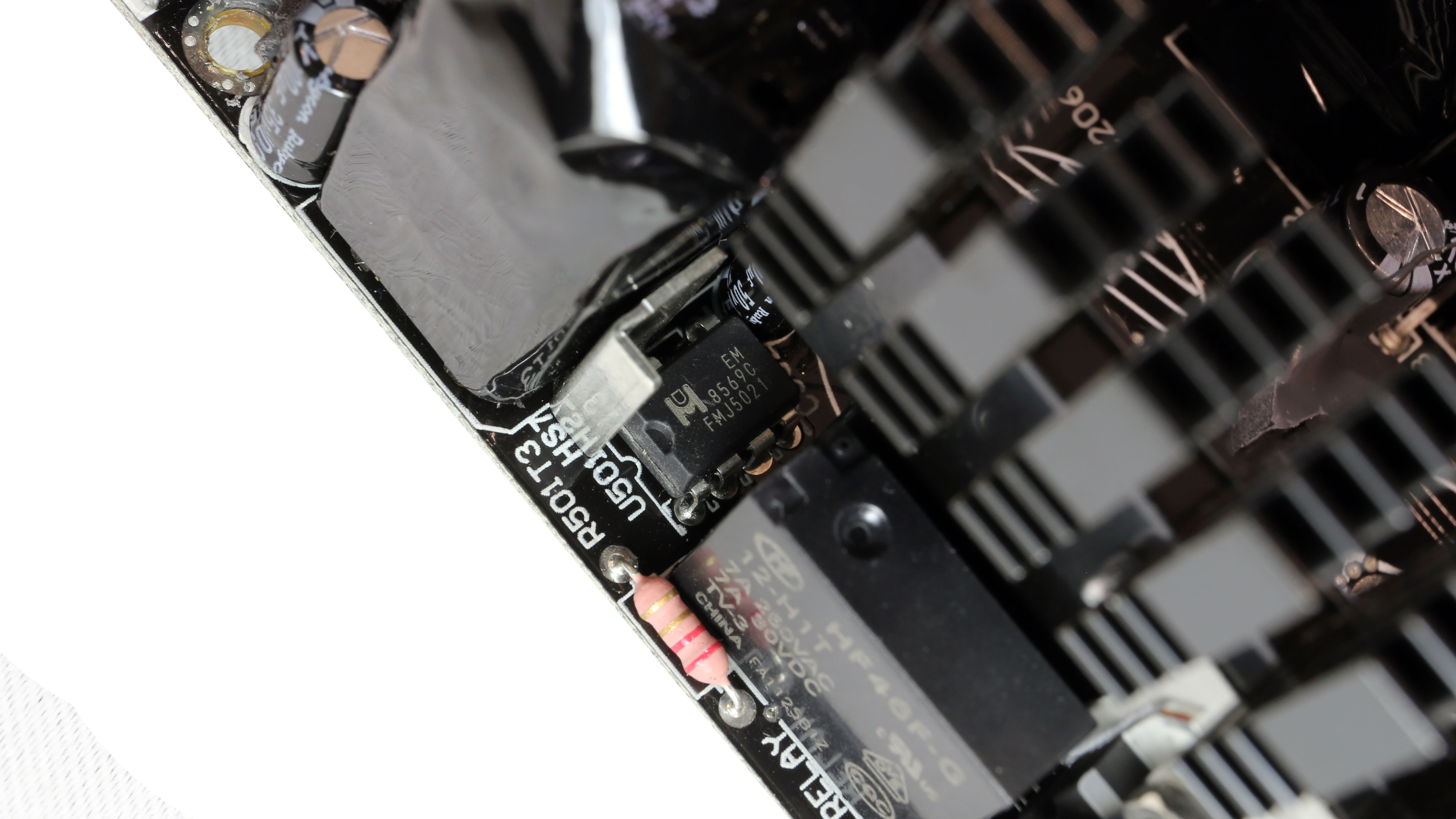
The standby PWM controller is an Excelliance MOS EM8569C. The 5VSB circuit needs a redesign to offer higher efficiency.
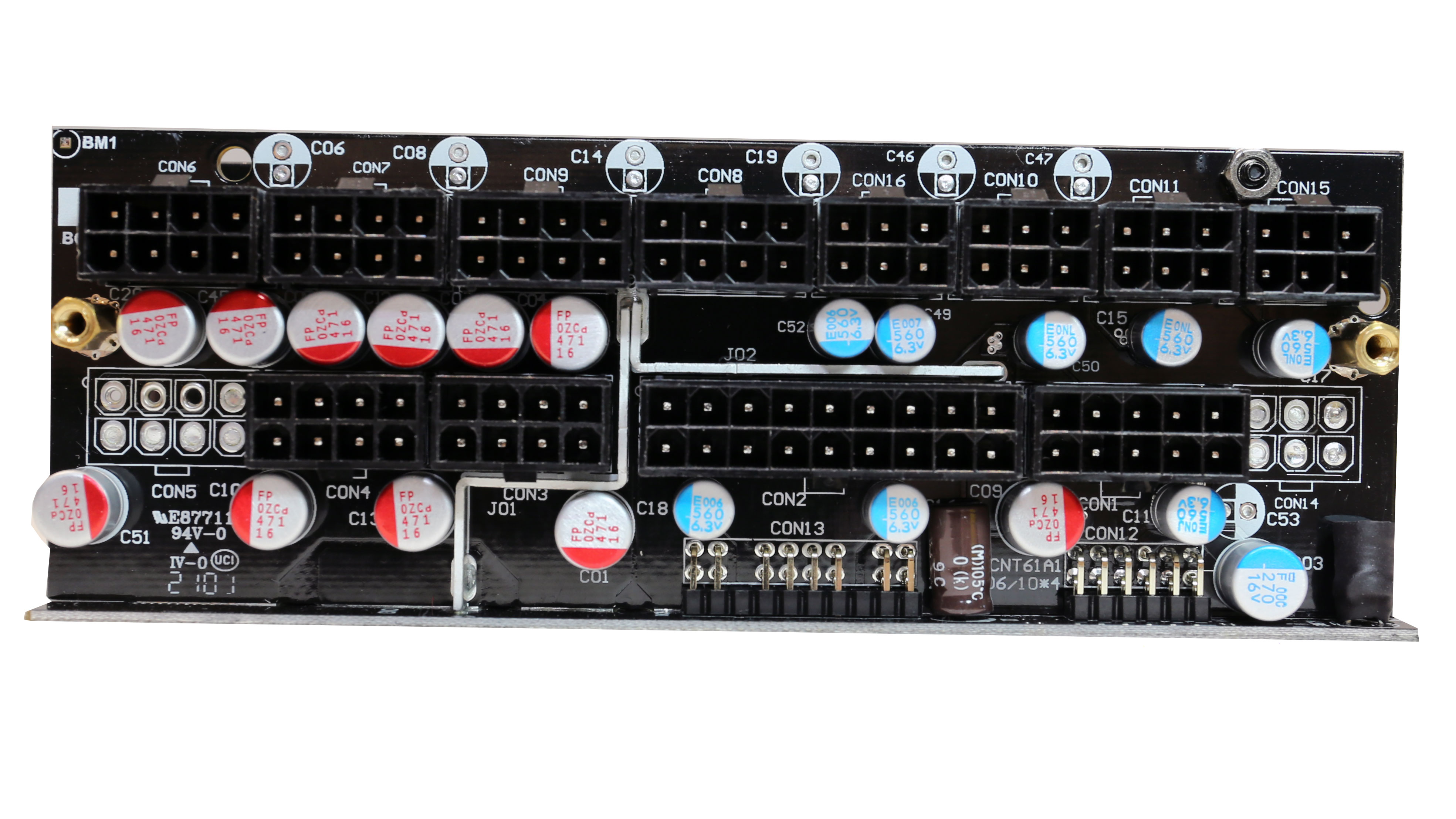
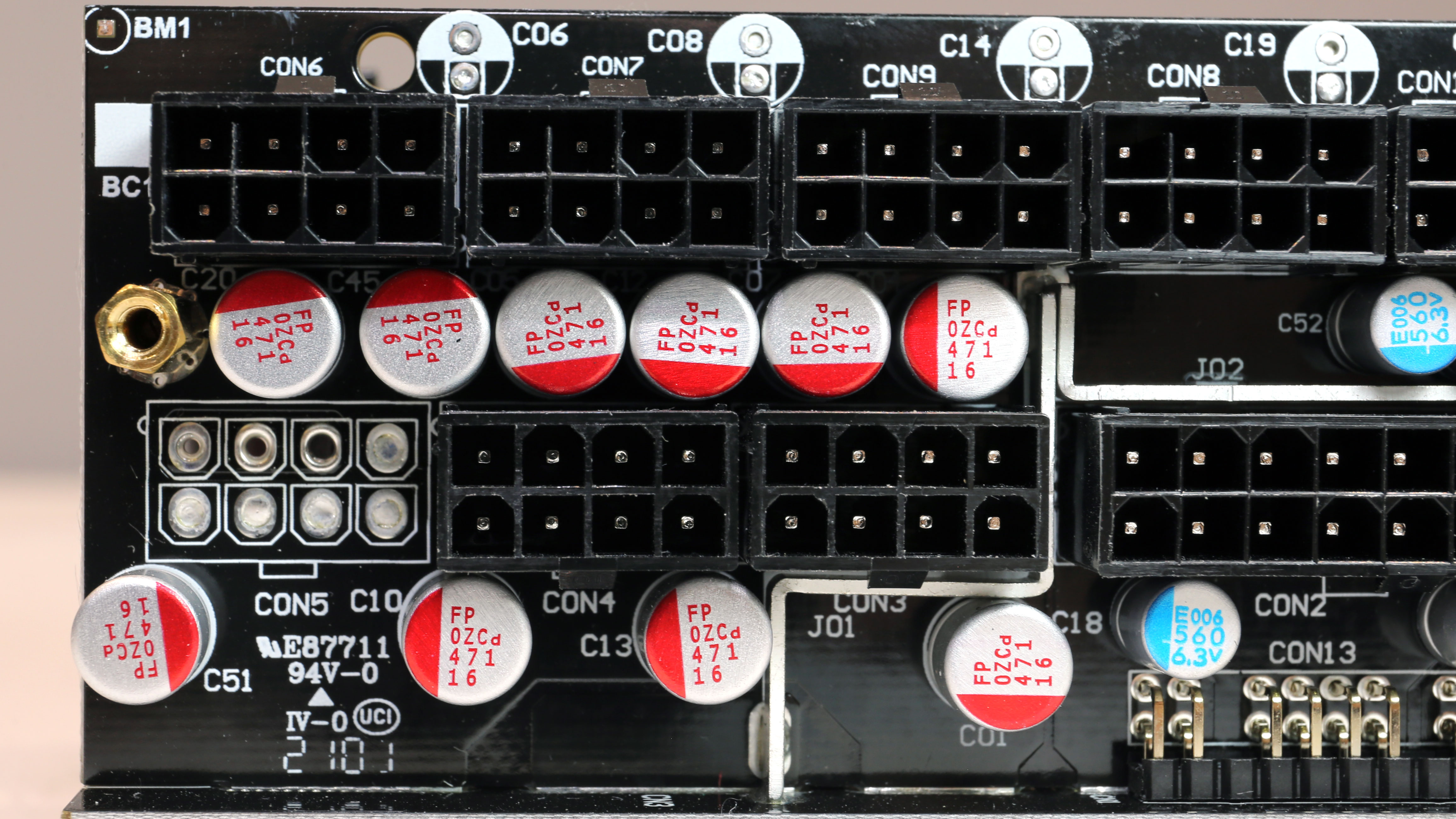
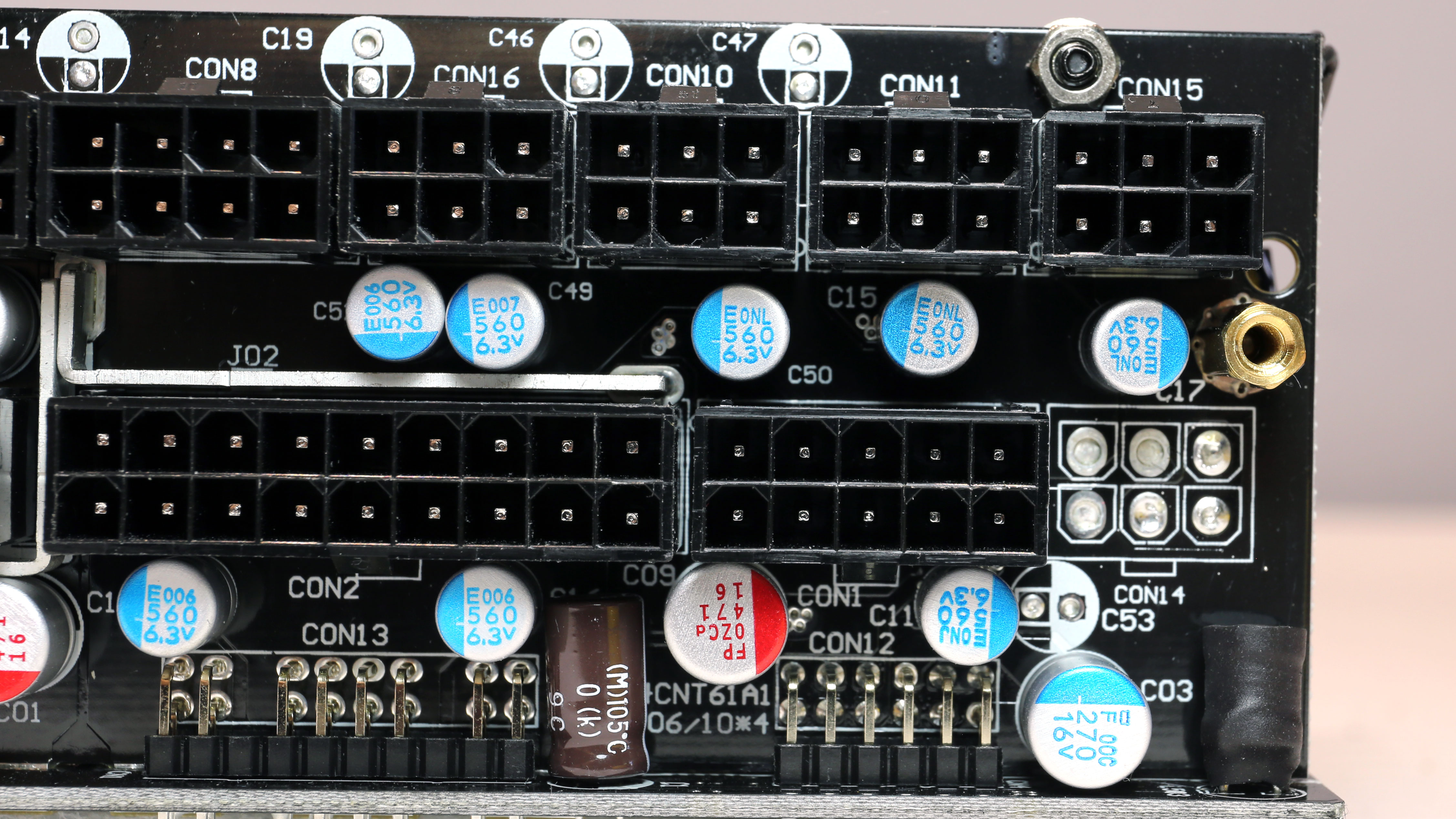
Many polymer caps are installed on the face of the modular board, along with several bus bars for lower energy losses on power transfer.
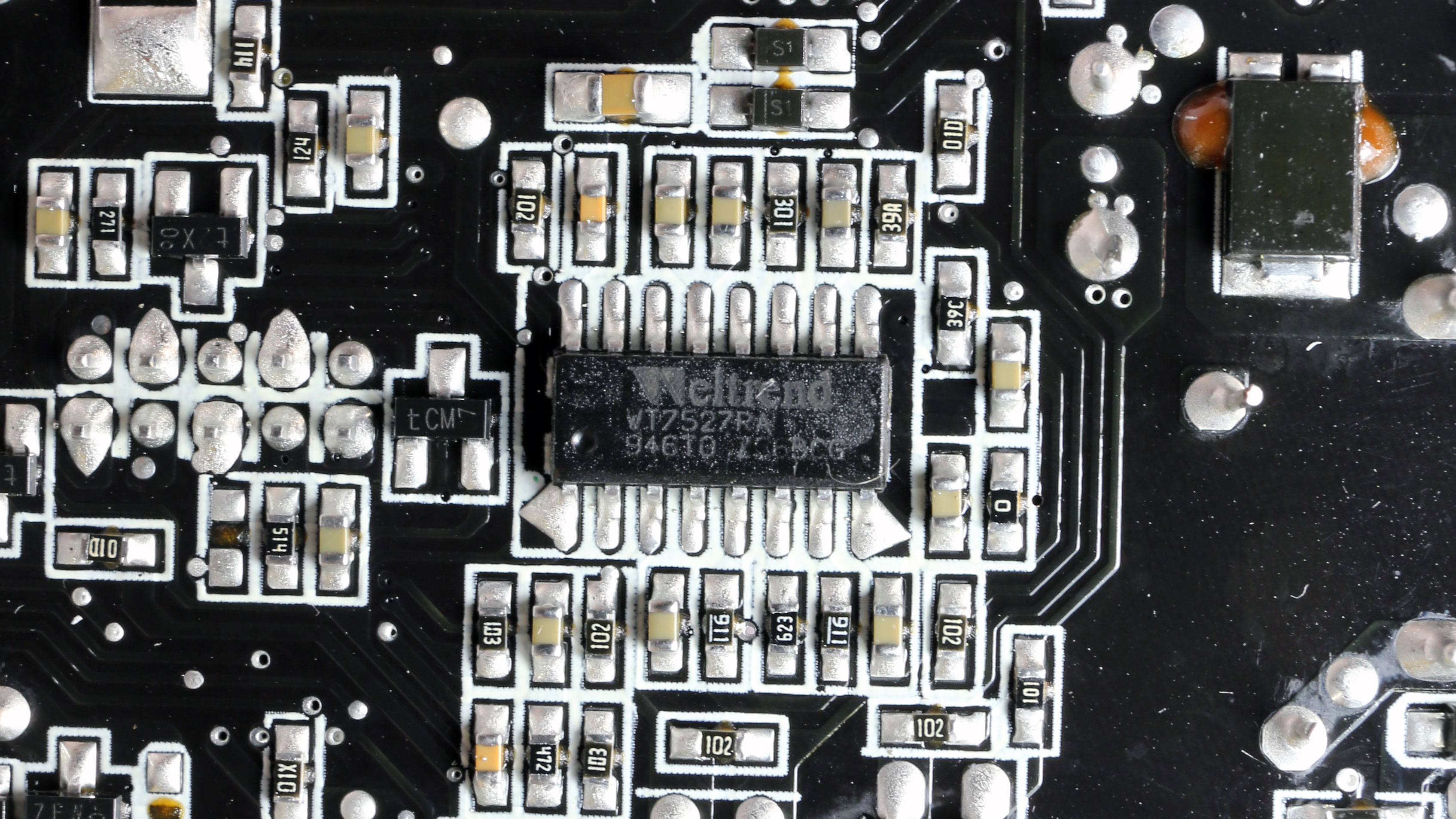
The main supervisor IC is a Weltrend WT7527RA which a Weltrend WT51F104 supports. The latter handles firmware OPP and OTP.

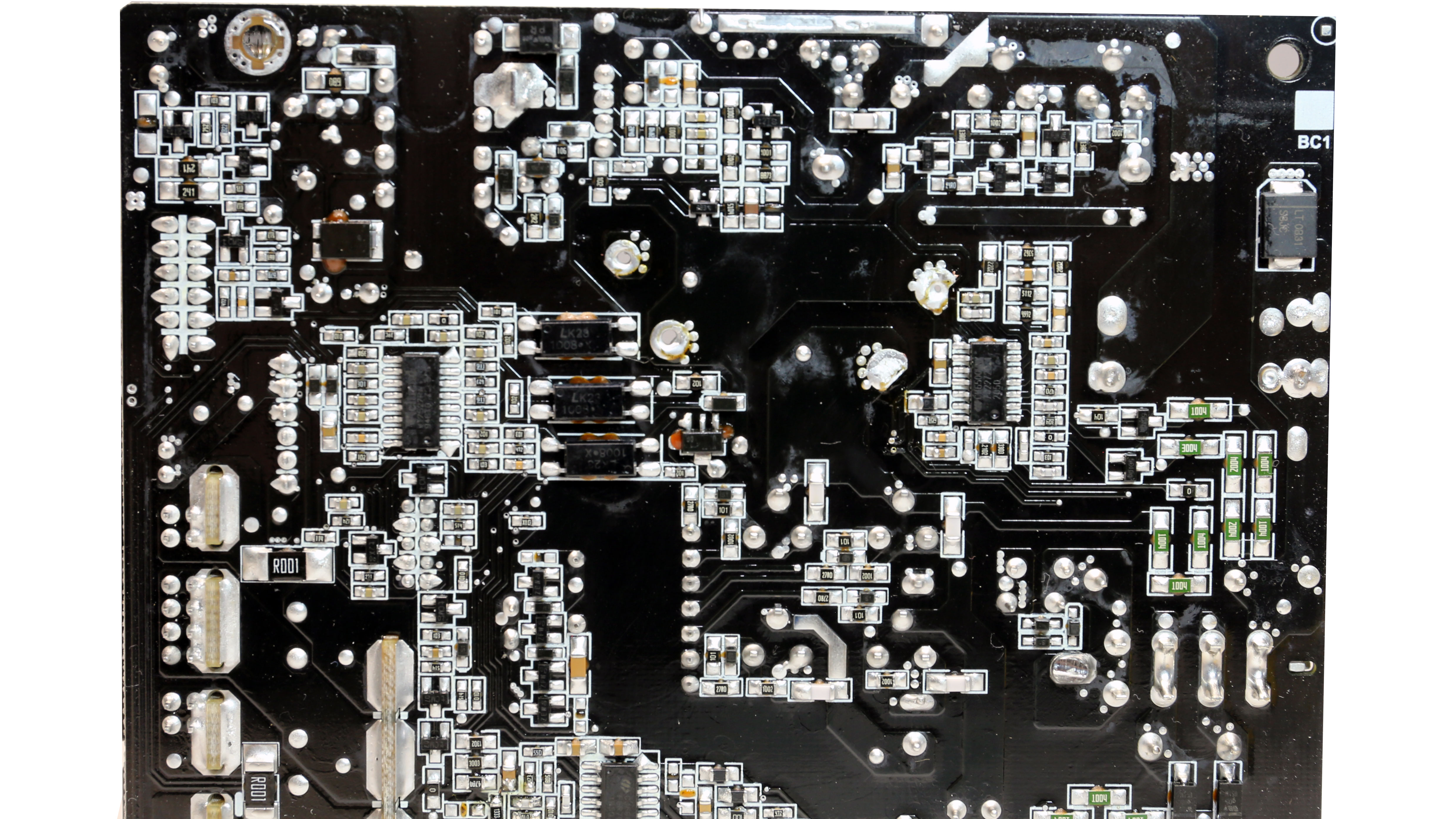
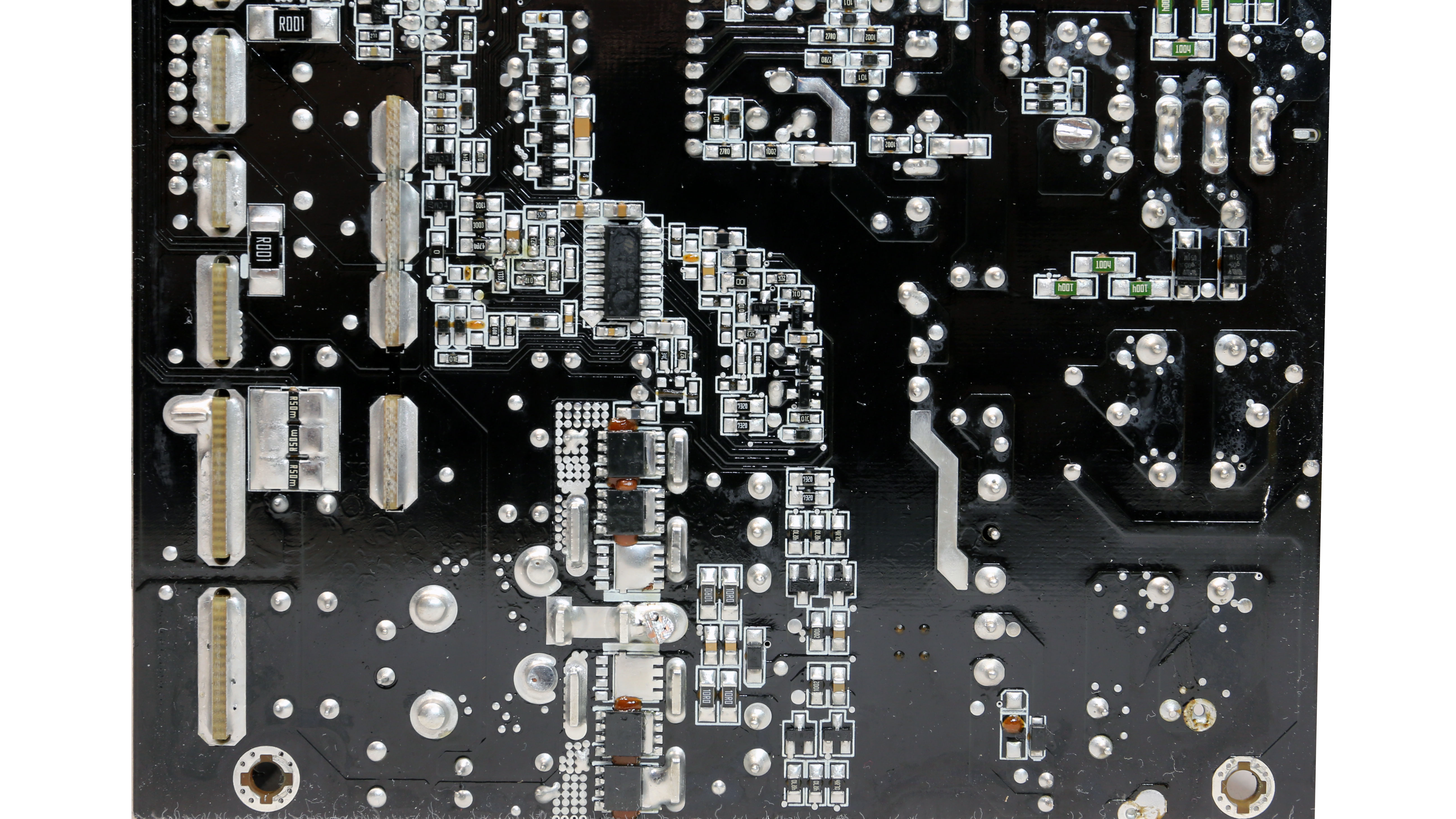
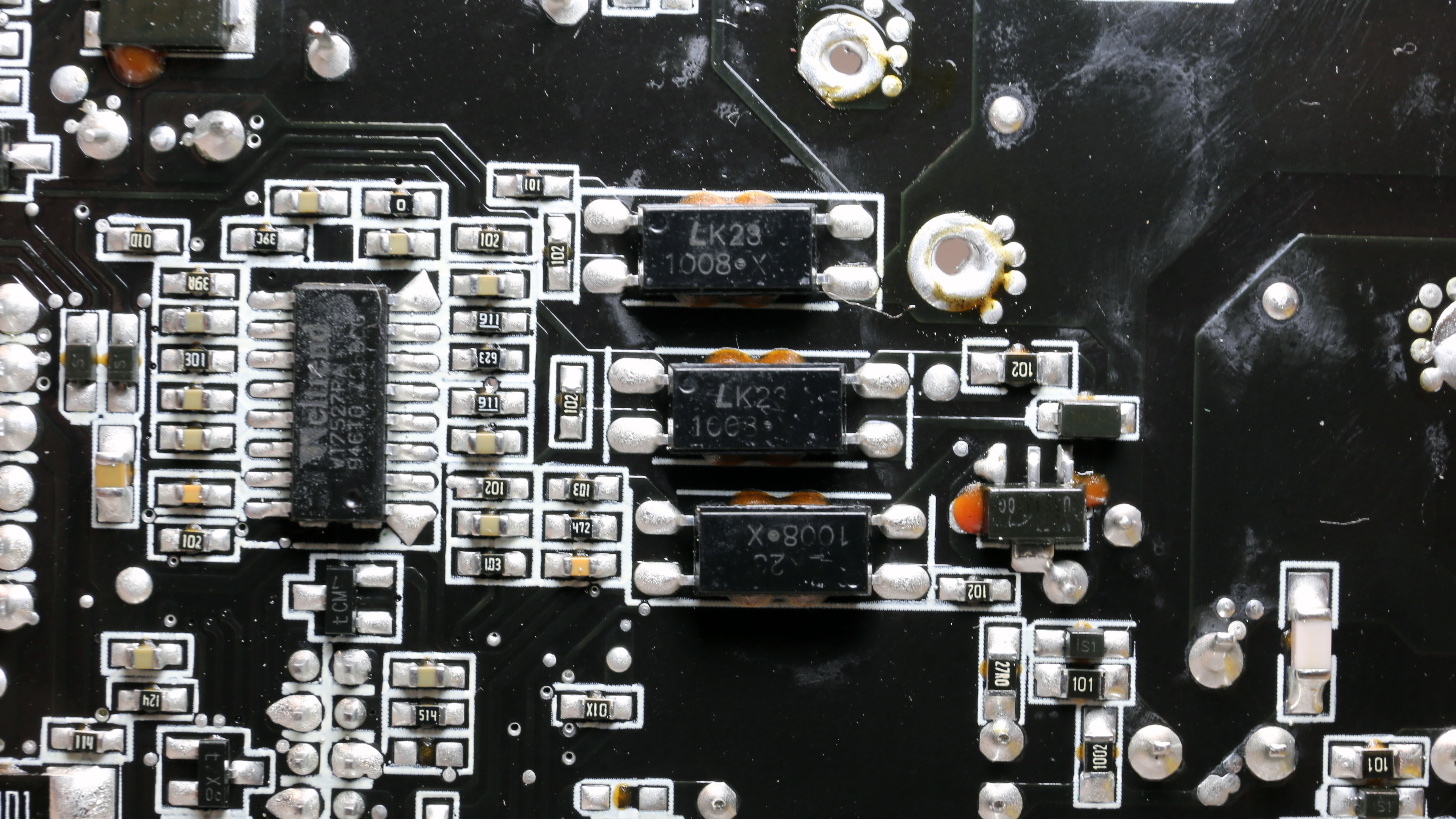
Soldering quality is satisfactory.
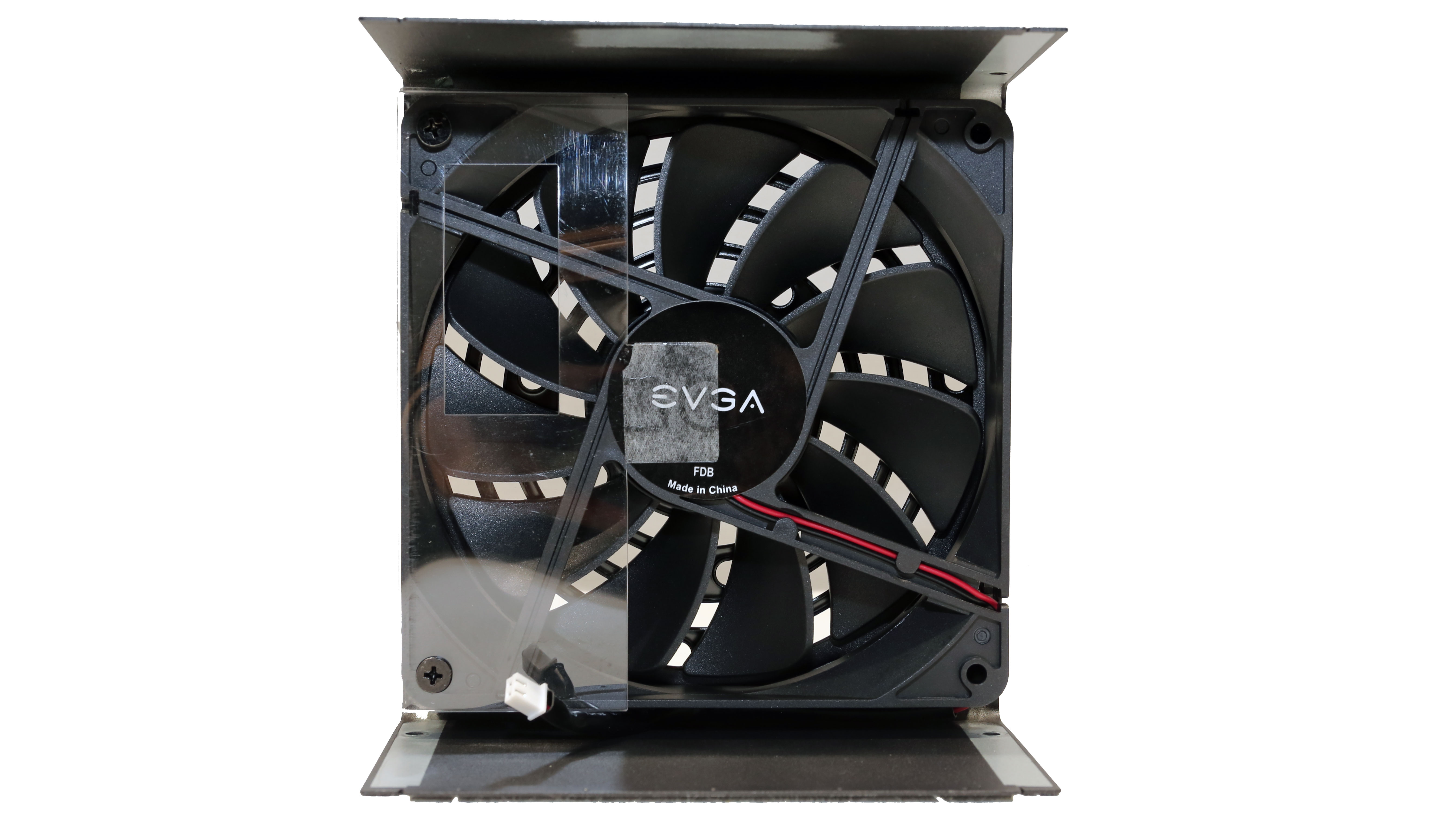
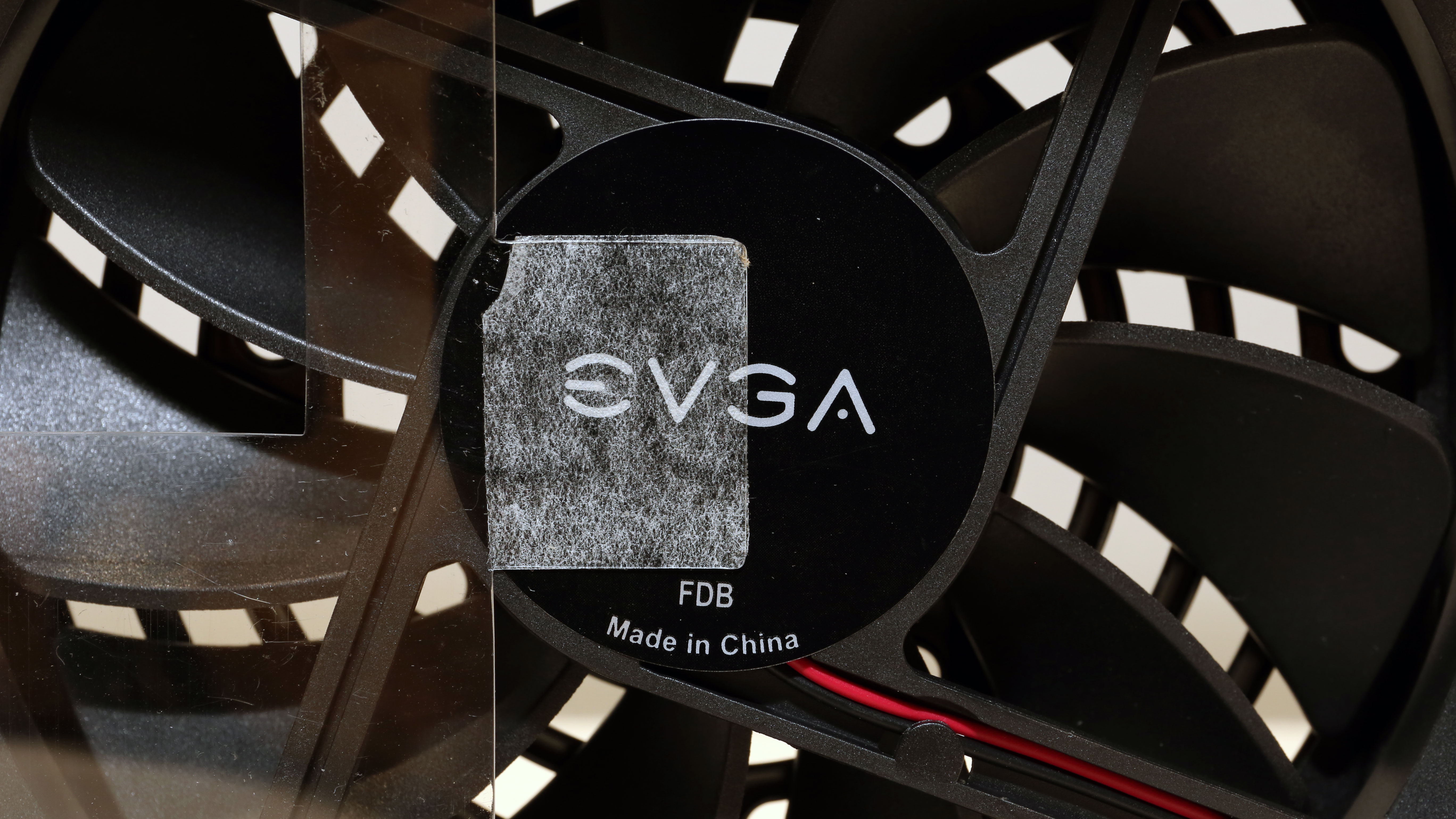
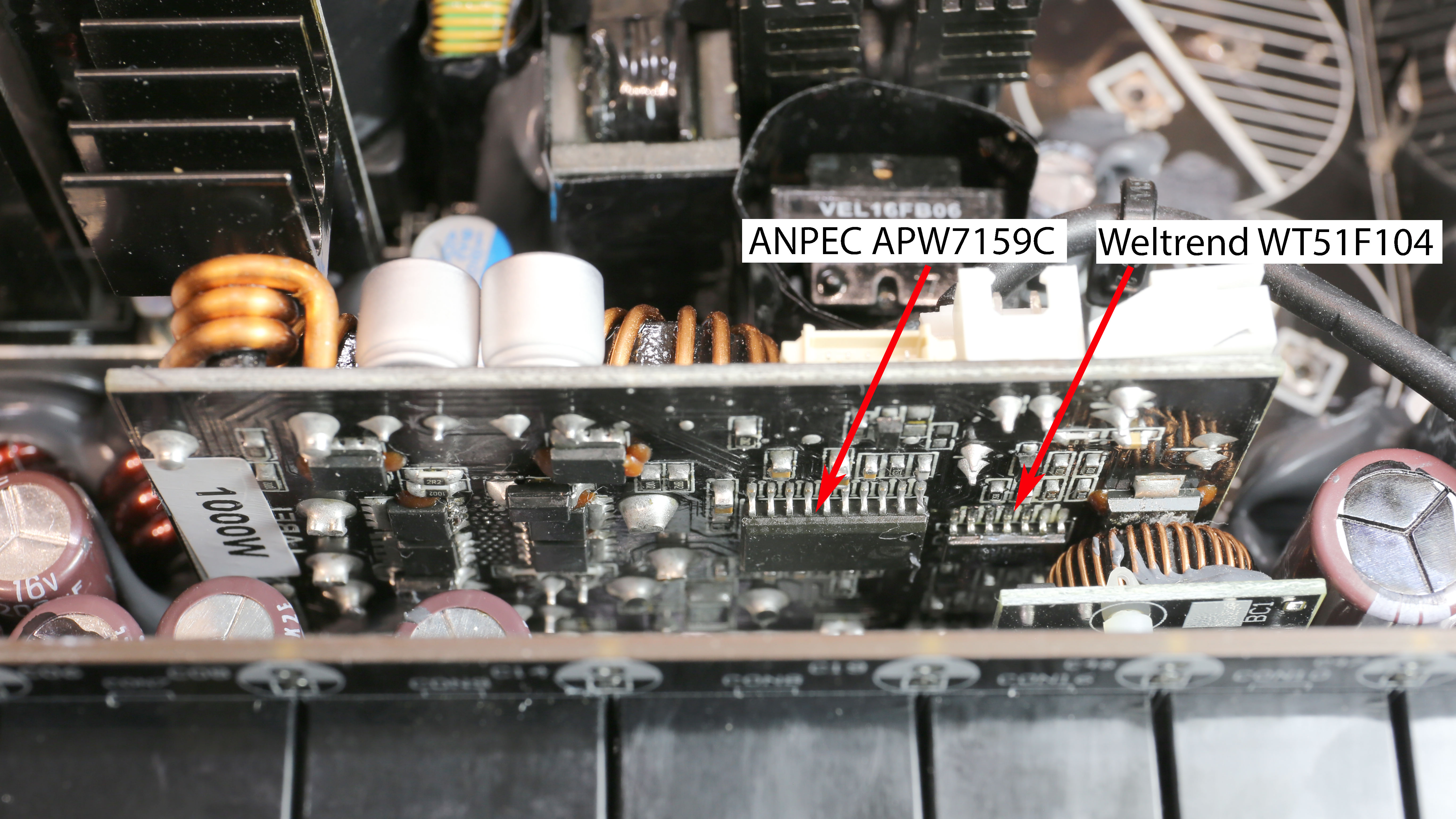
The cooling fan is provided by Hong Hua, a manufacturer with high performance per price products. It uses a fluid dynamic bearing, so it won't have any reliability issues unless exposed to high operating temperatures (>40 degrees Celsius) for prolonged periods. For tough conditions, DBB fans are preferred over FDB ones.
MORE: Best Power Supplies
MORE: How We Test Power Supplies
MORE: All Power Supply Content
Current page: Specifications and Part Analysis
Next Page Load Regulation, Hold-Up Time, Inrush & Leakage Current, Efficiency and Noise
Aris Mpitziopoulos is a contributing editor at Tom's Hardware, covering PSUs.
-
Johnpombrio It is amazing how many different power supplies EVGA makes. There is the usual 550,650,750,850, 1000, and 1600 watts. The GA, GM, GT, GQ, a plain, cheap G+, and so many others. Then comes the superNOVA branded ones with their G(gold), P(platinum), and T (titanium) efficiencies. Each of THESE superNOVA families has G2, G3, G5, and G6: P2 through P6; and the super expensive T series. I have an EVGA superNOVA 850 G2 which I bought because it was on a great sale and I trust EVGA in most things. I hope a good rating on a 750 G6 means a good rating on a superNOVA 850 G6 which will be needed with my Alder Lake build coming up.Reply